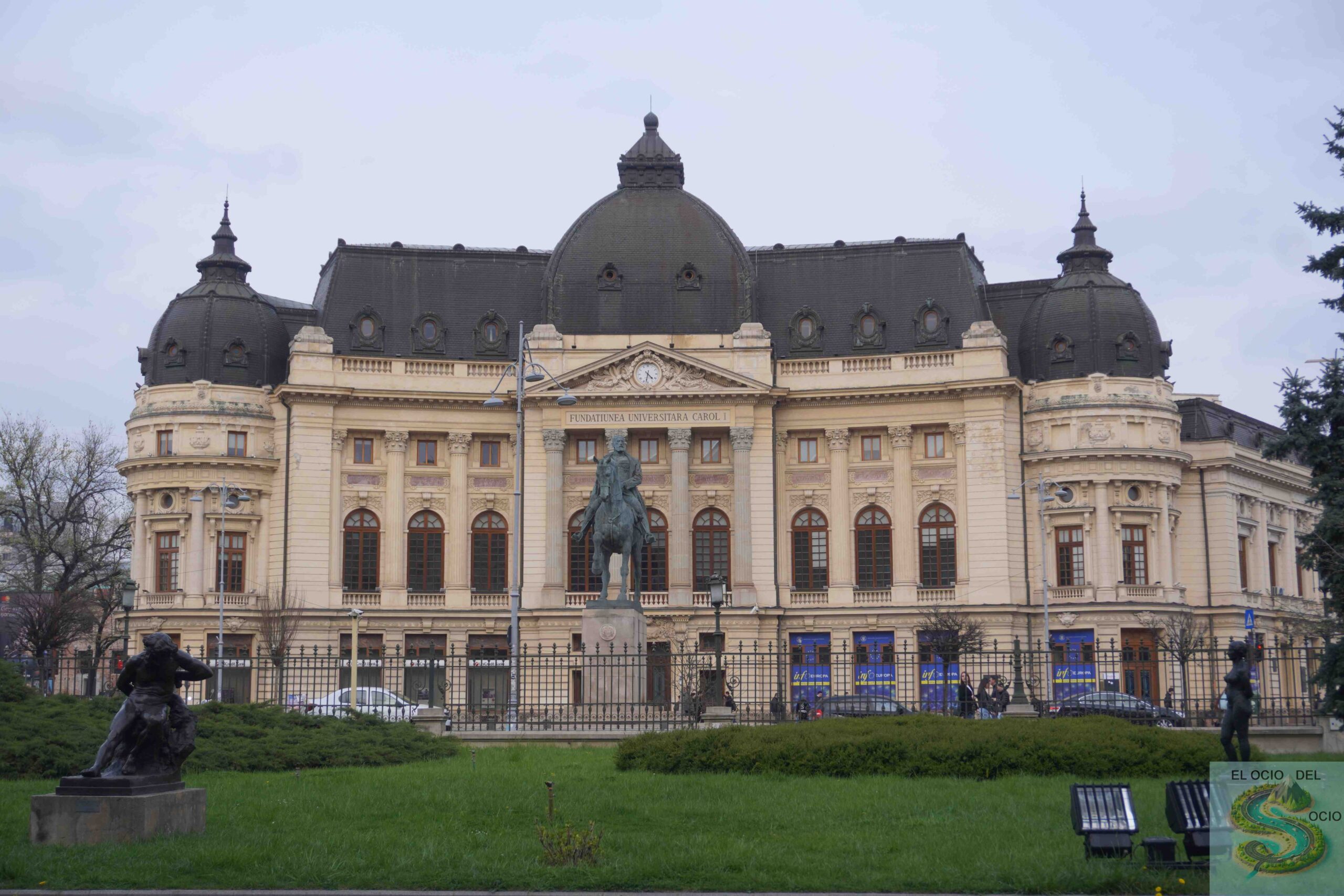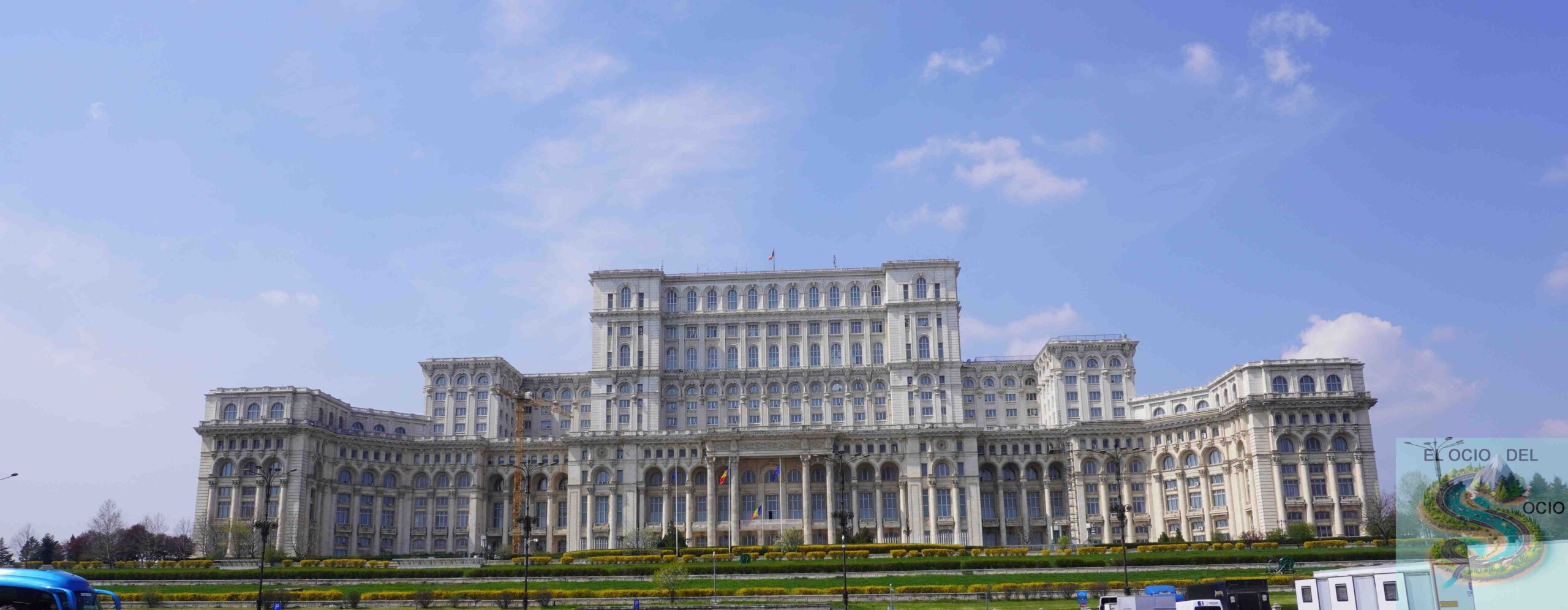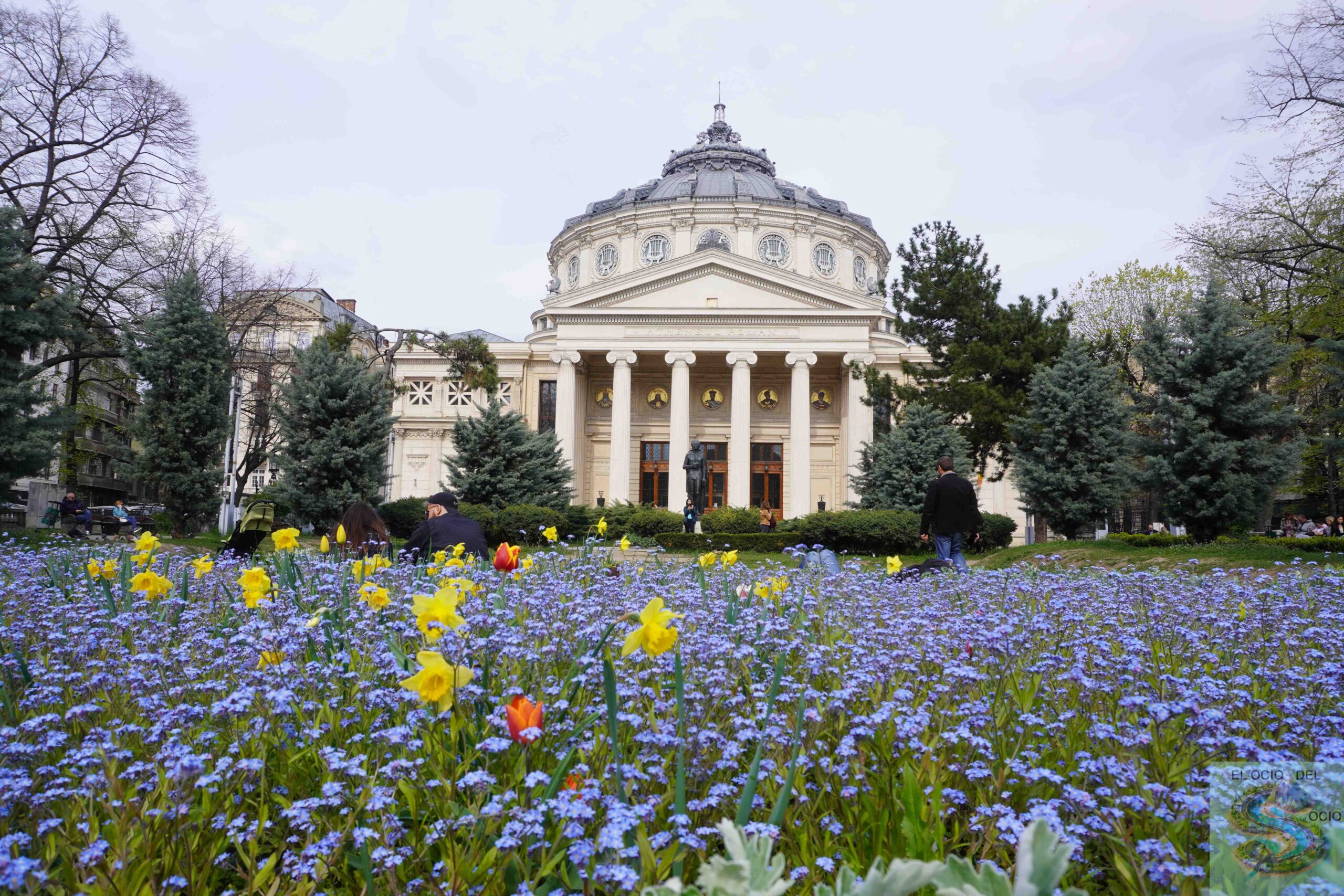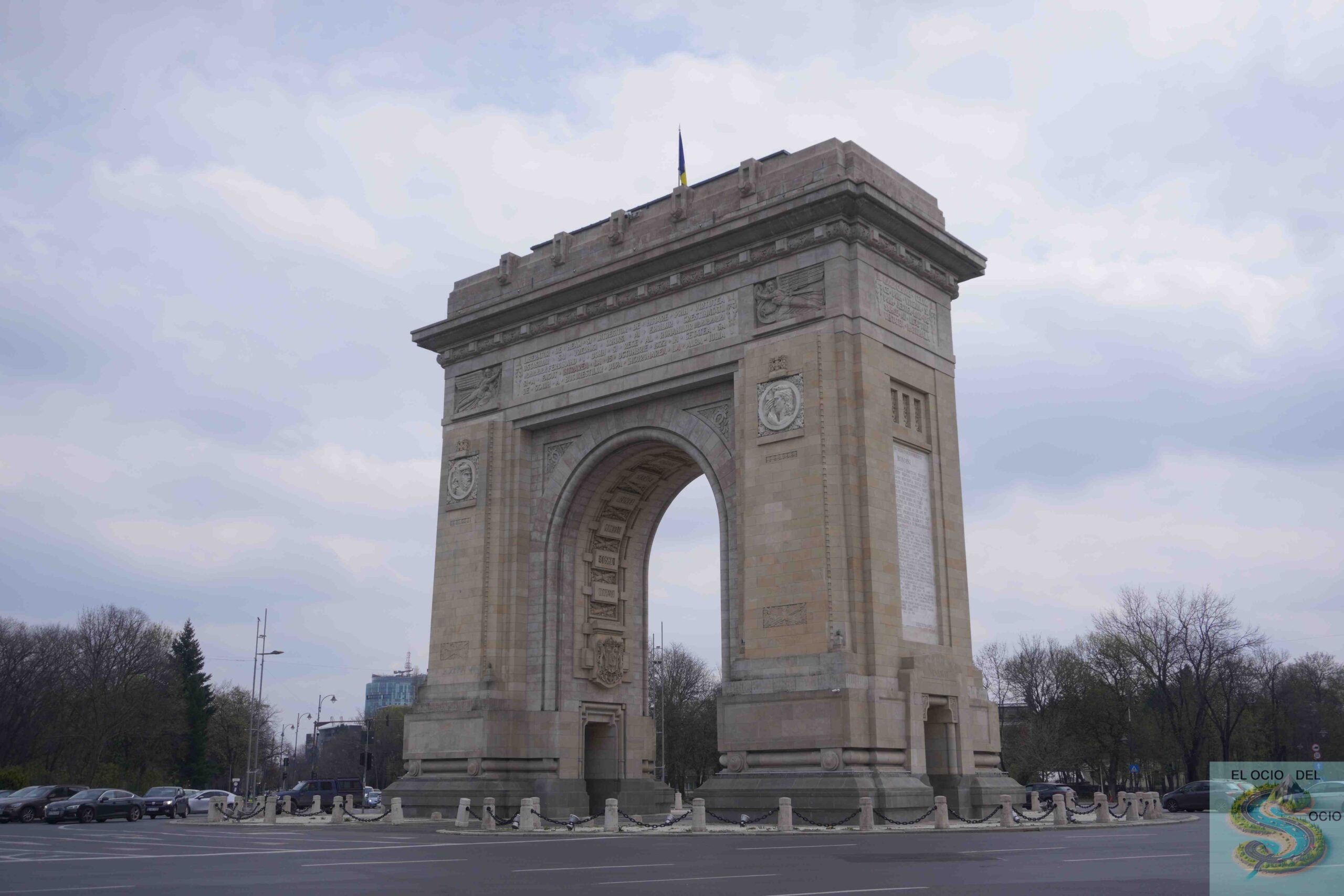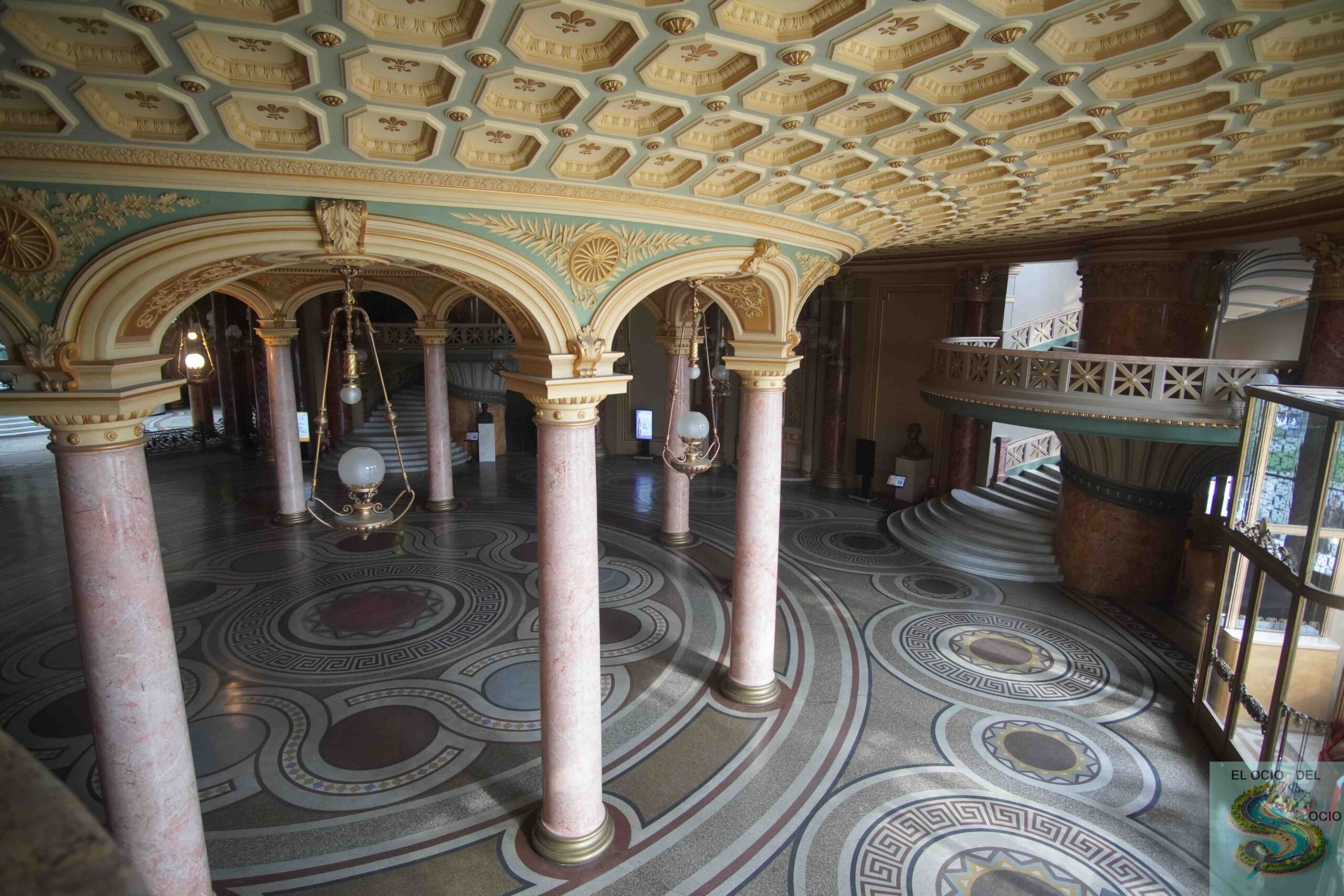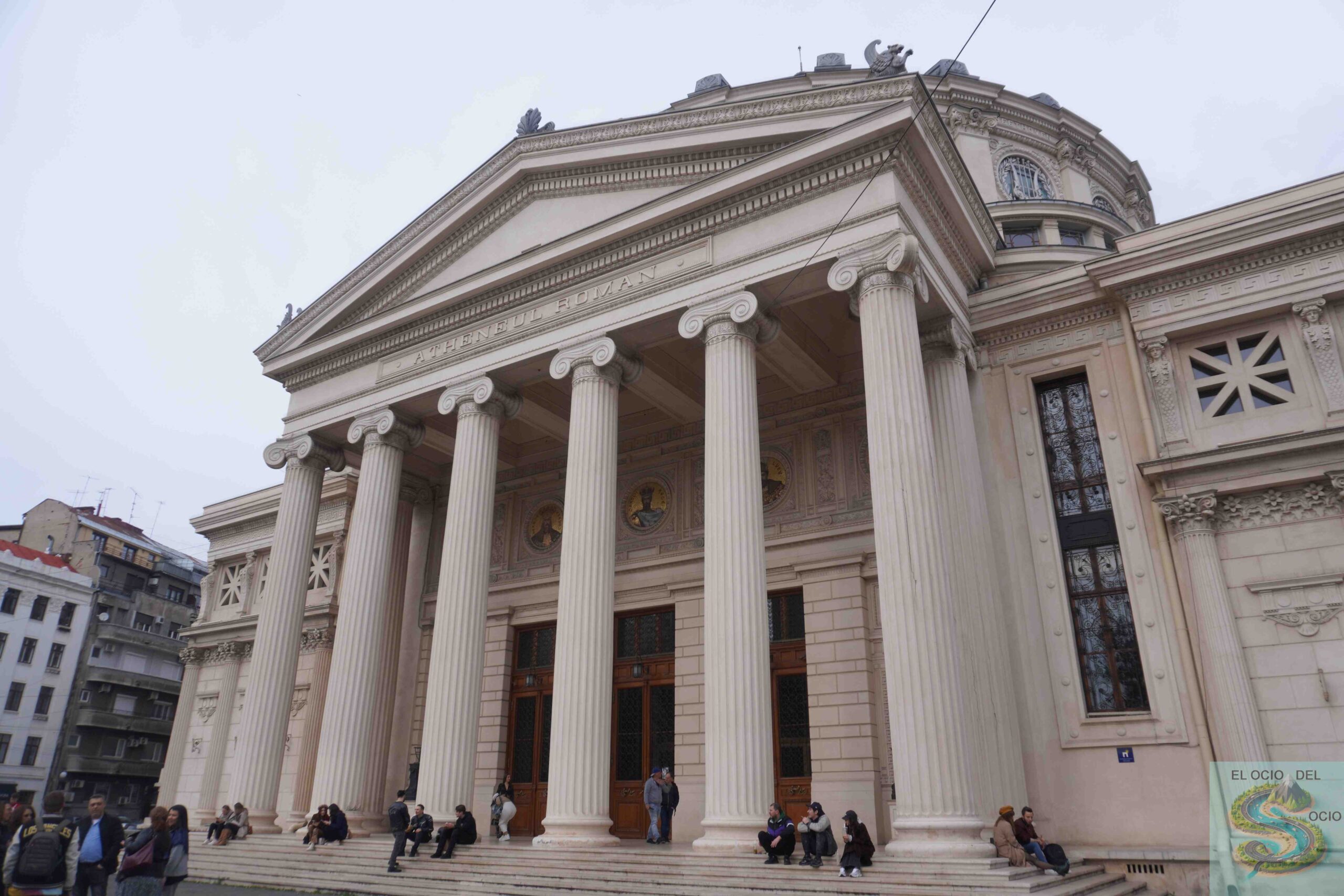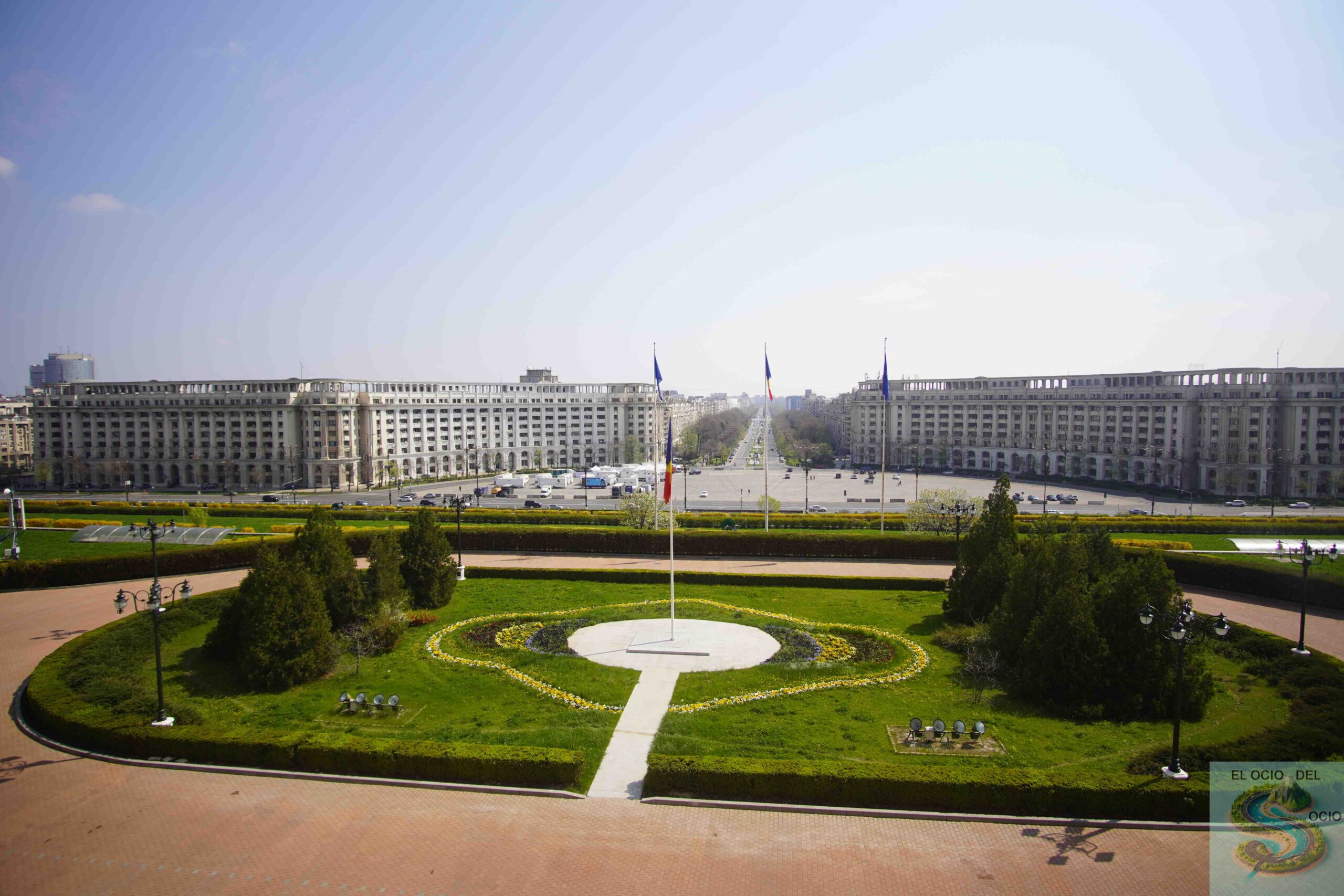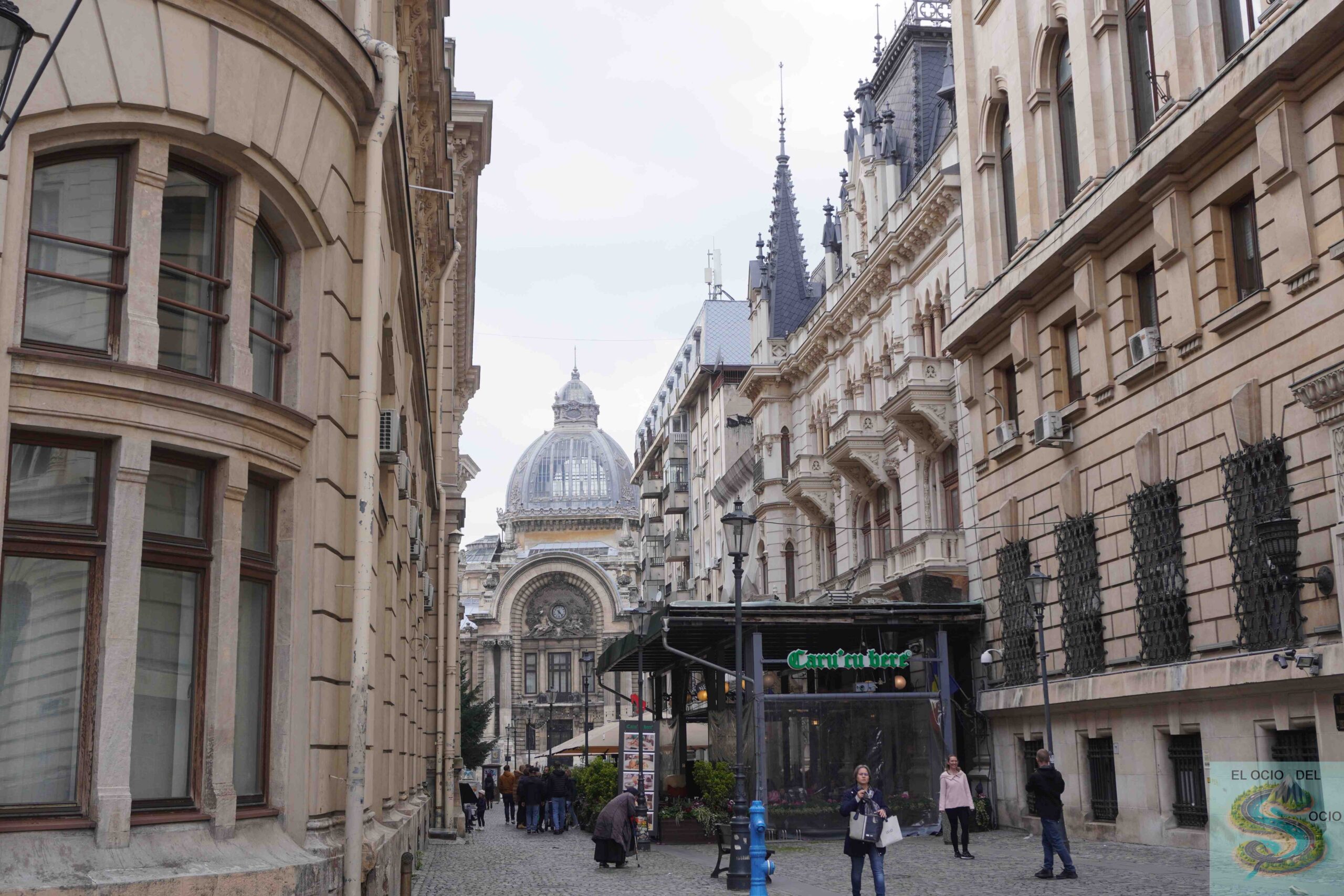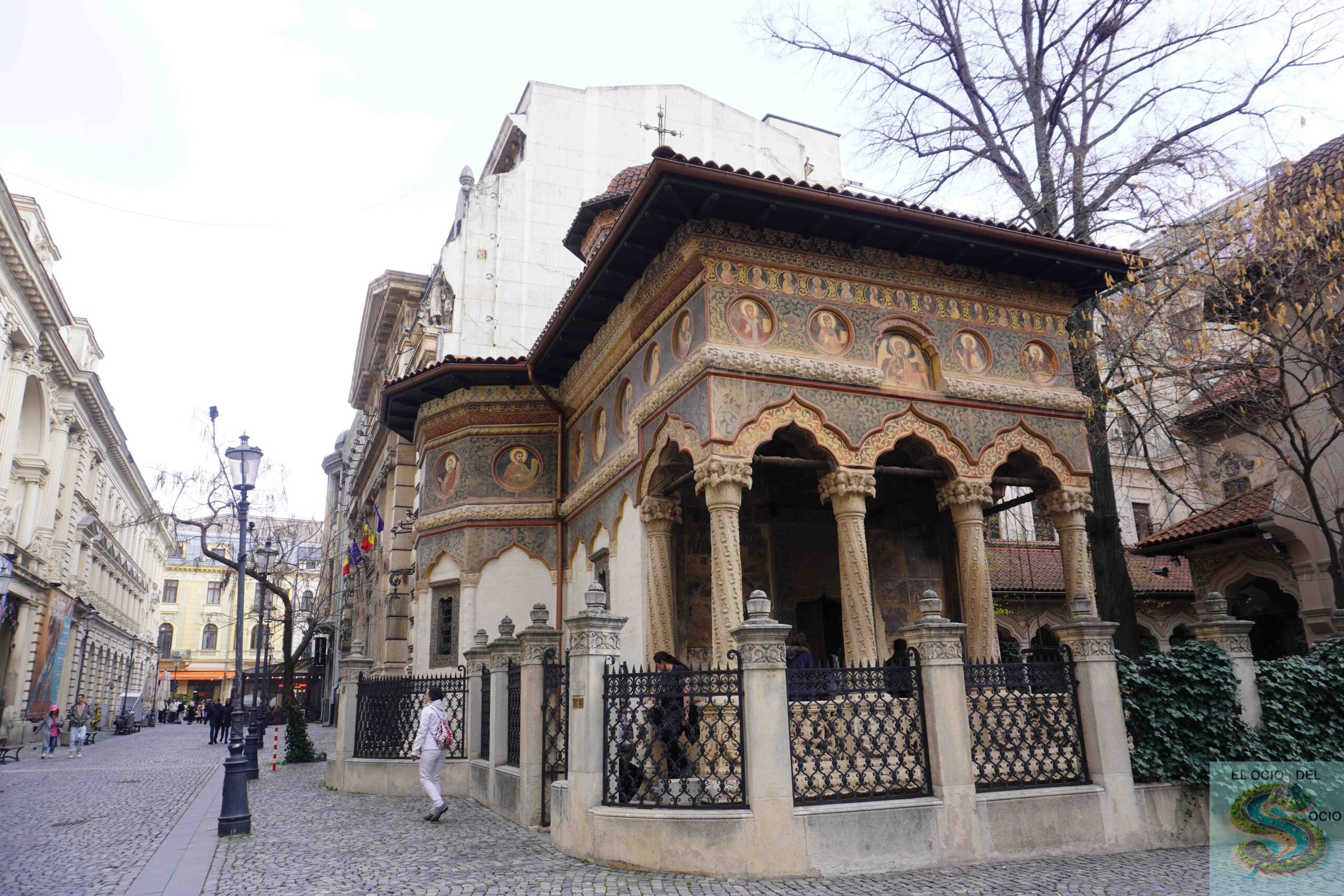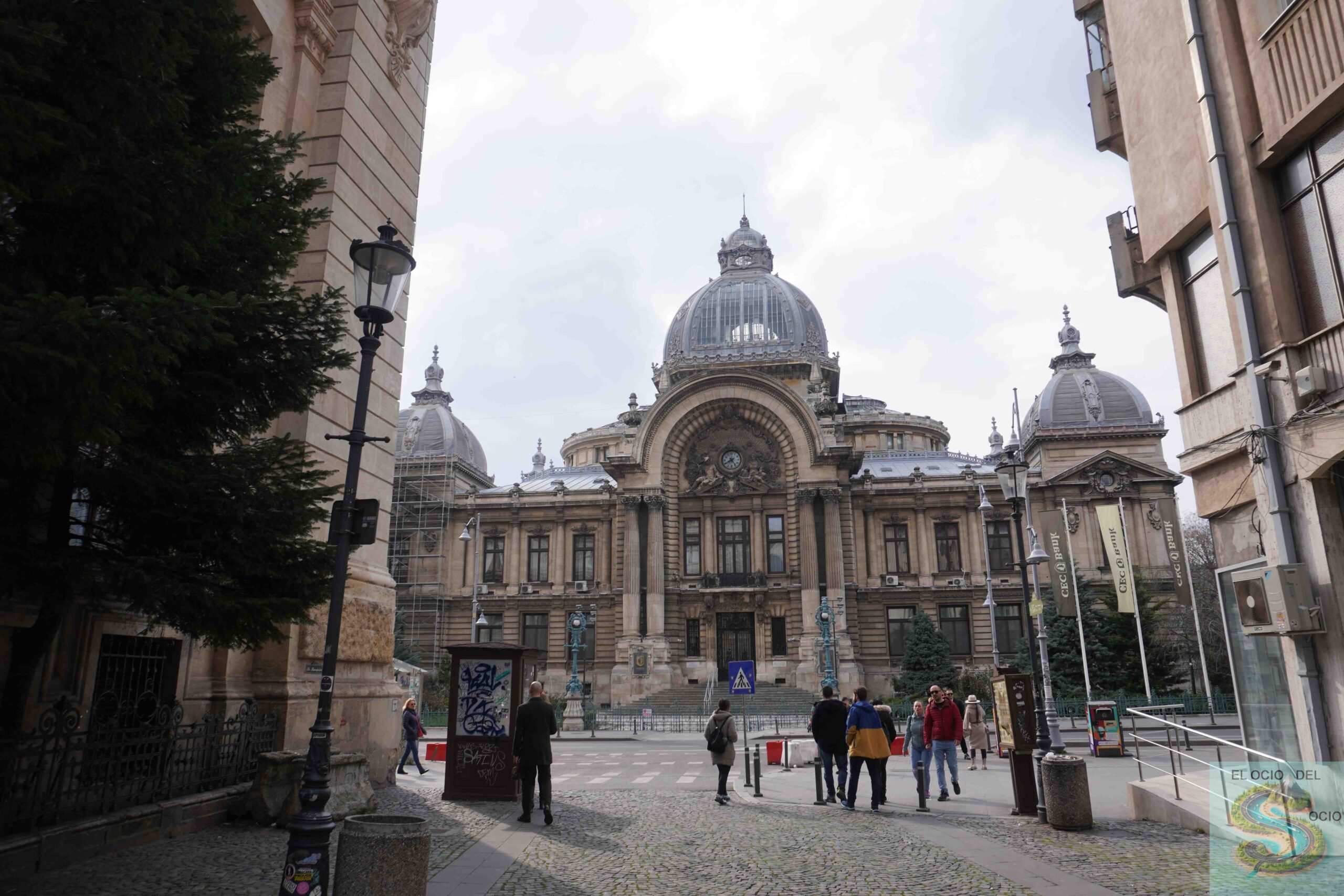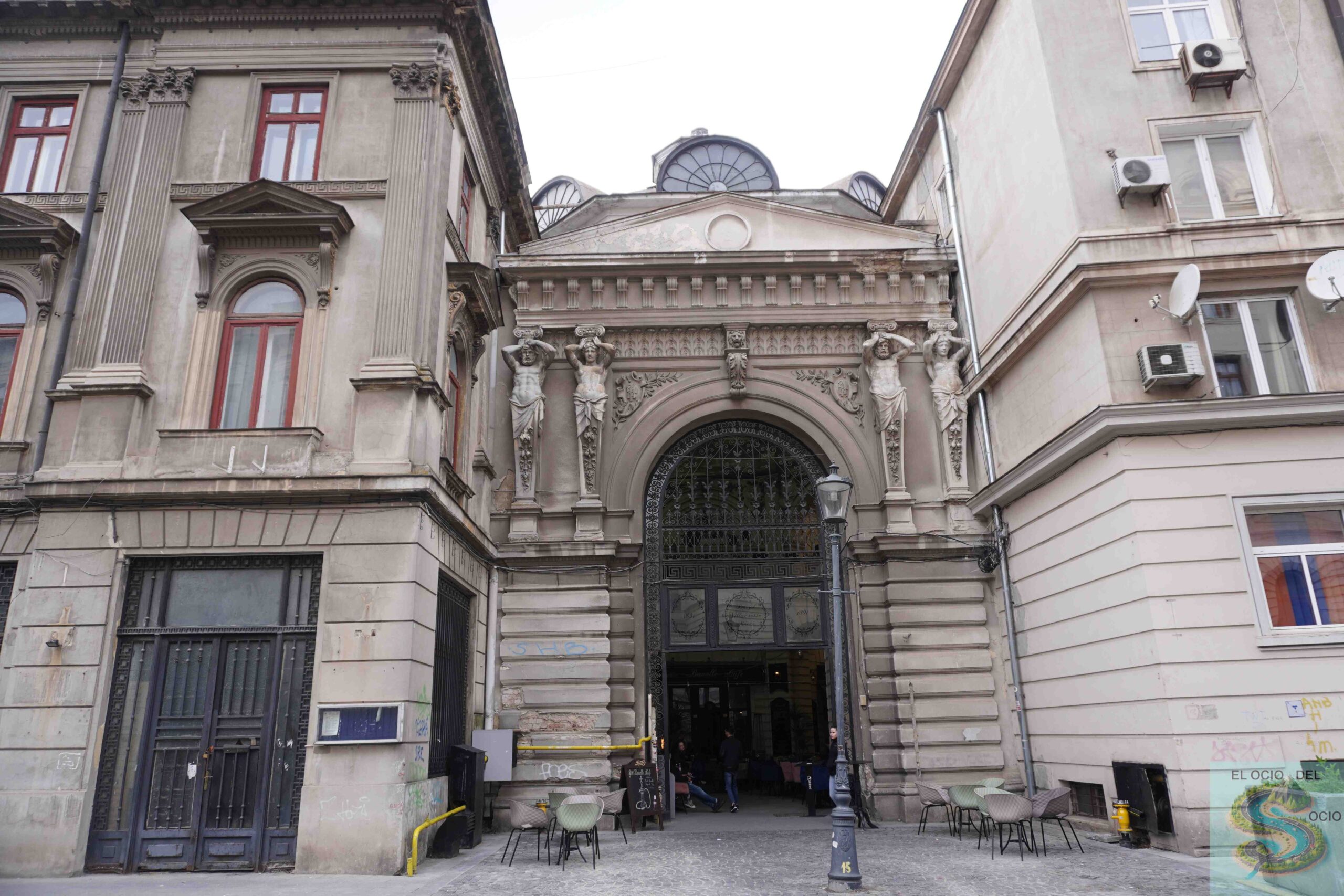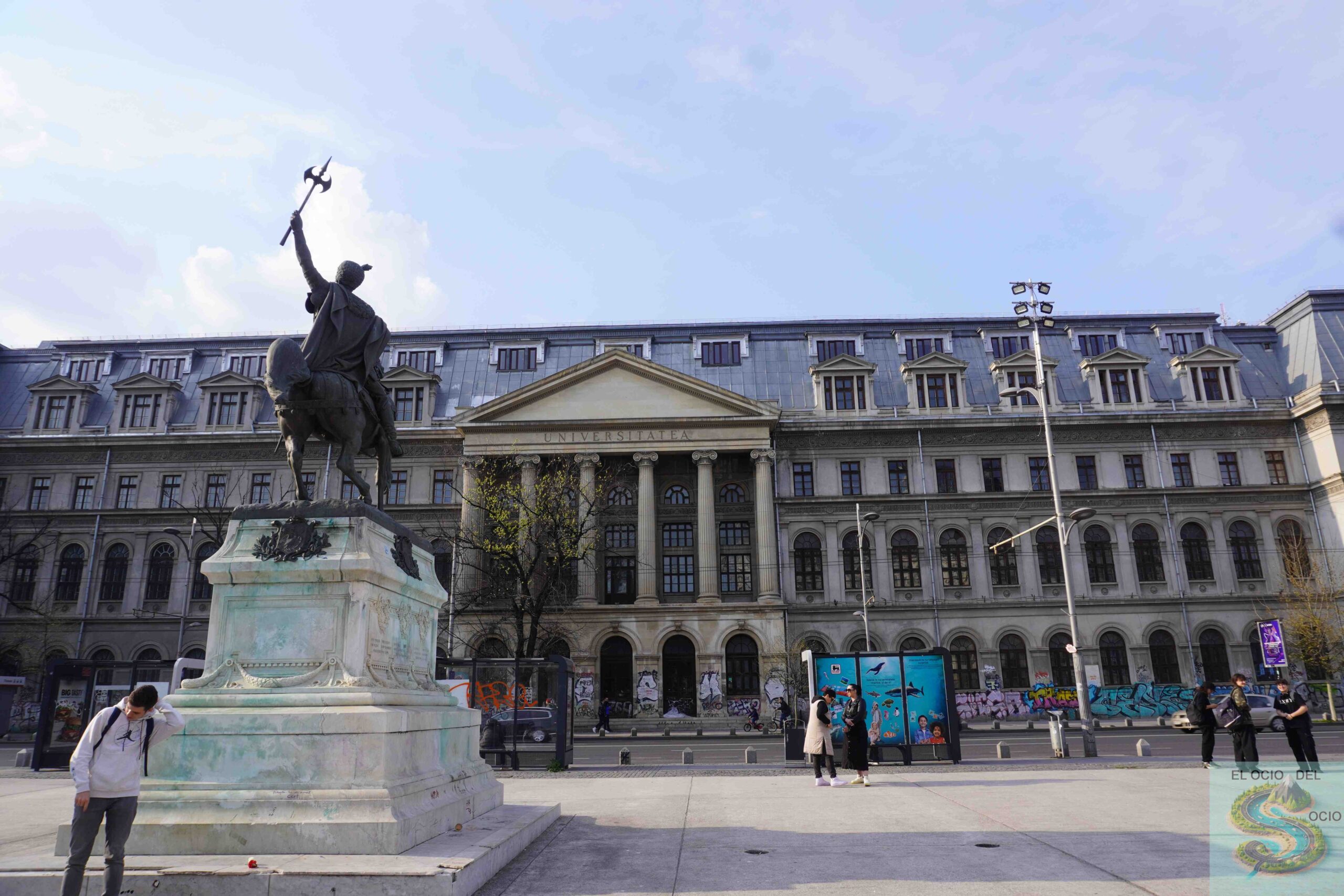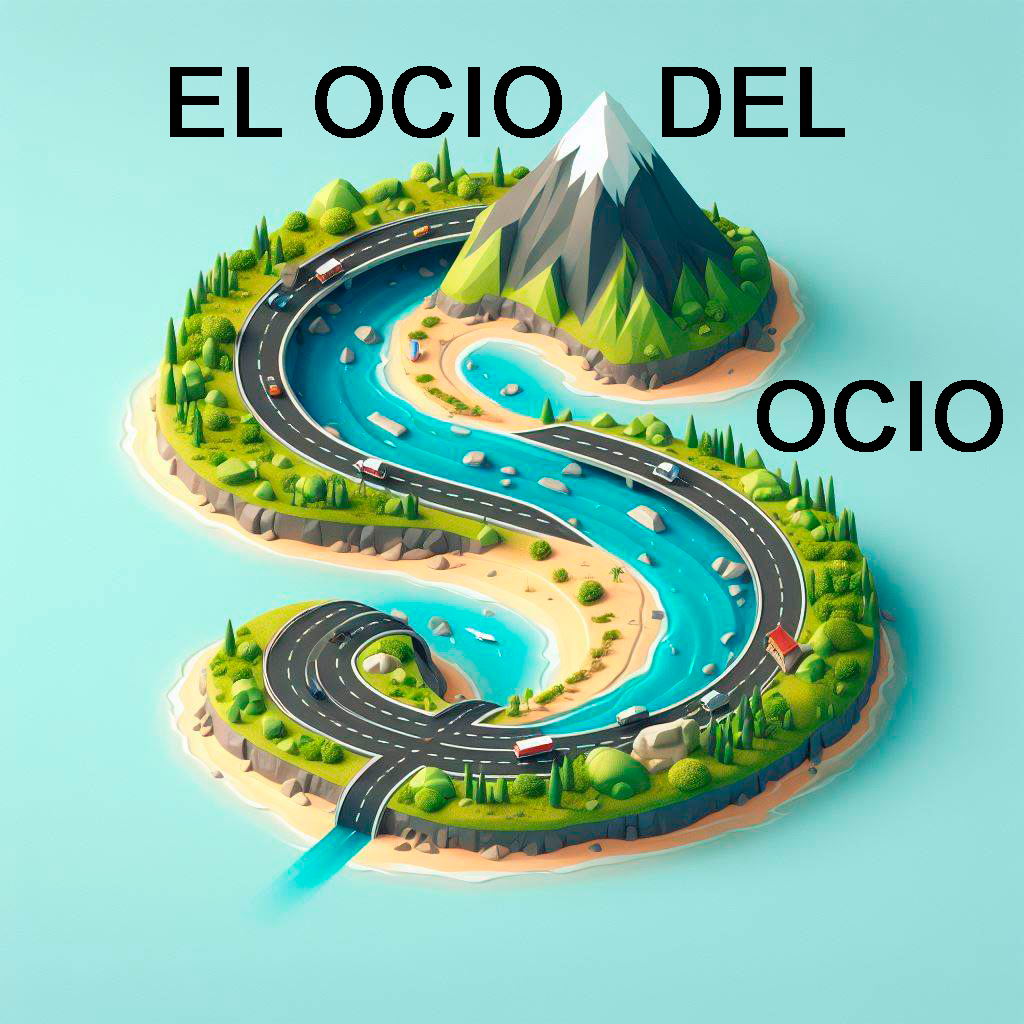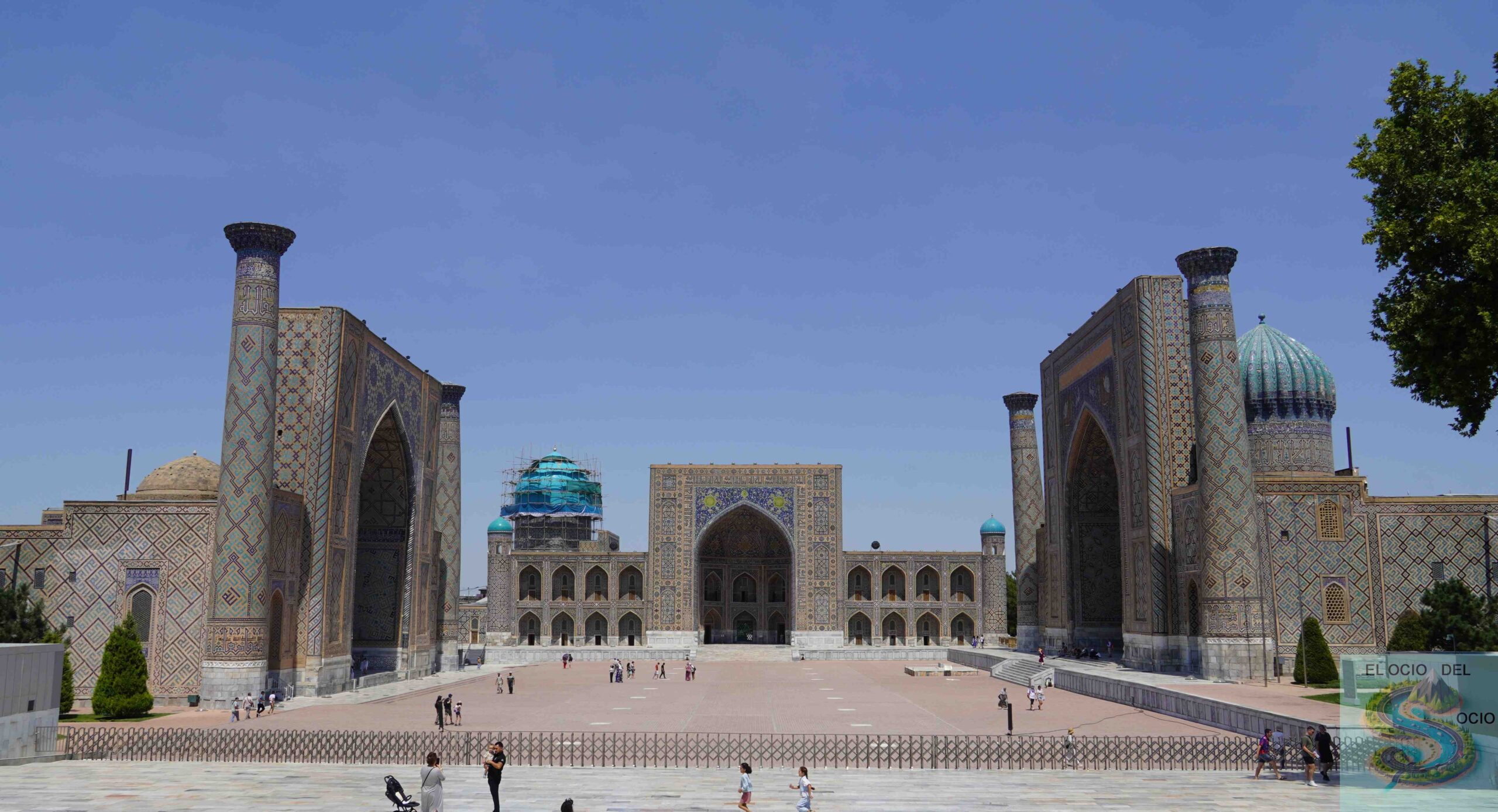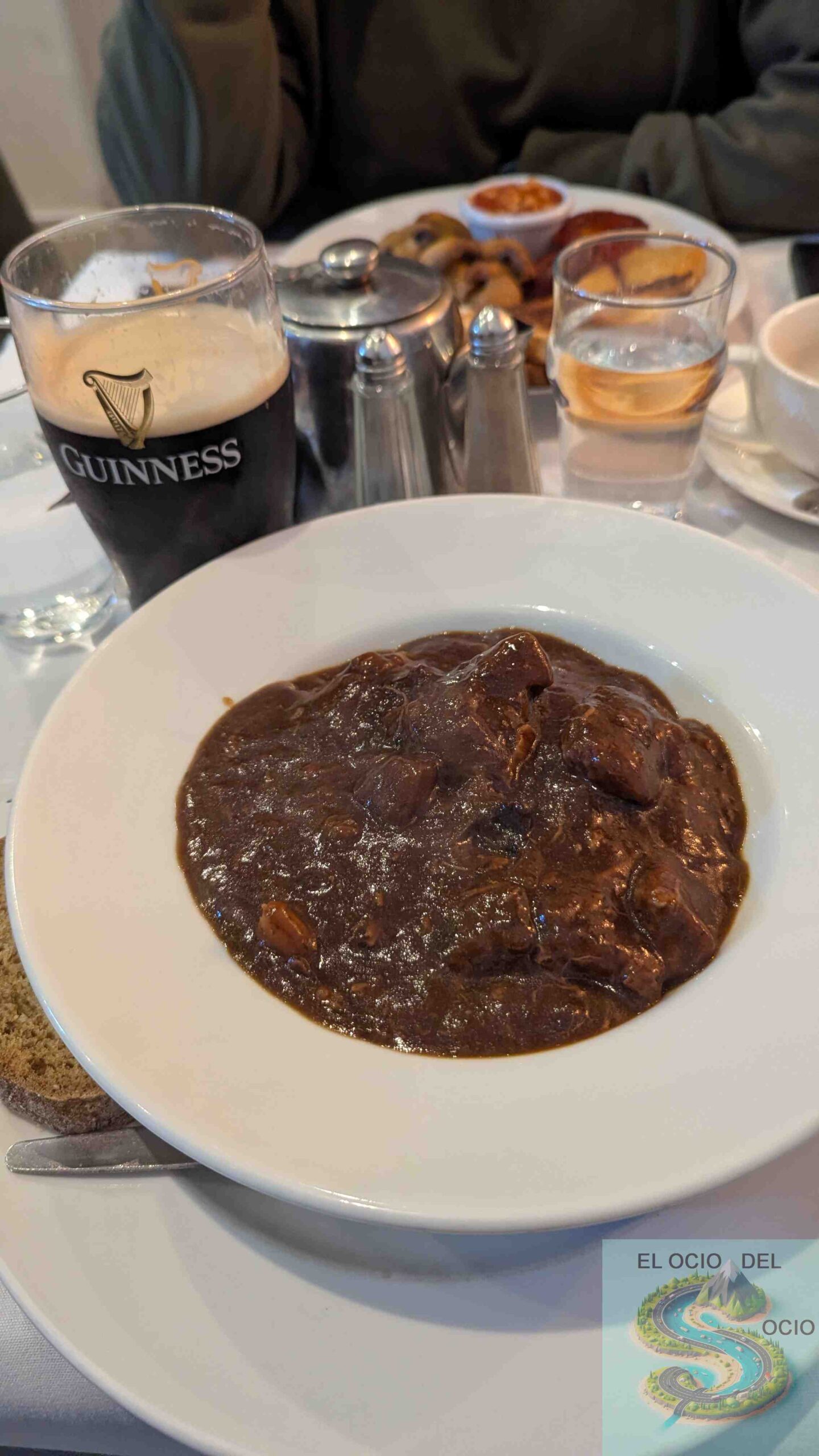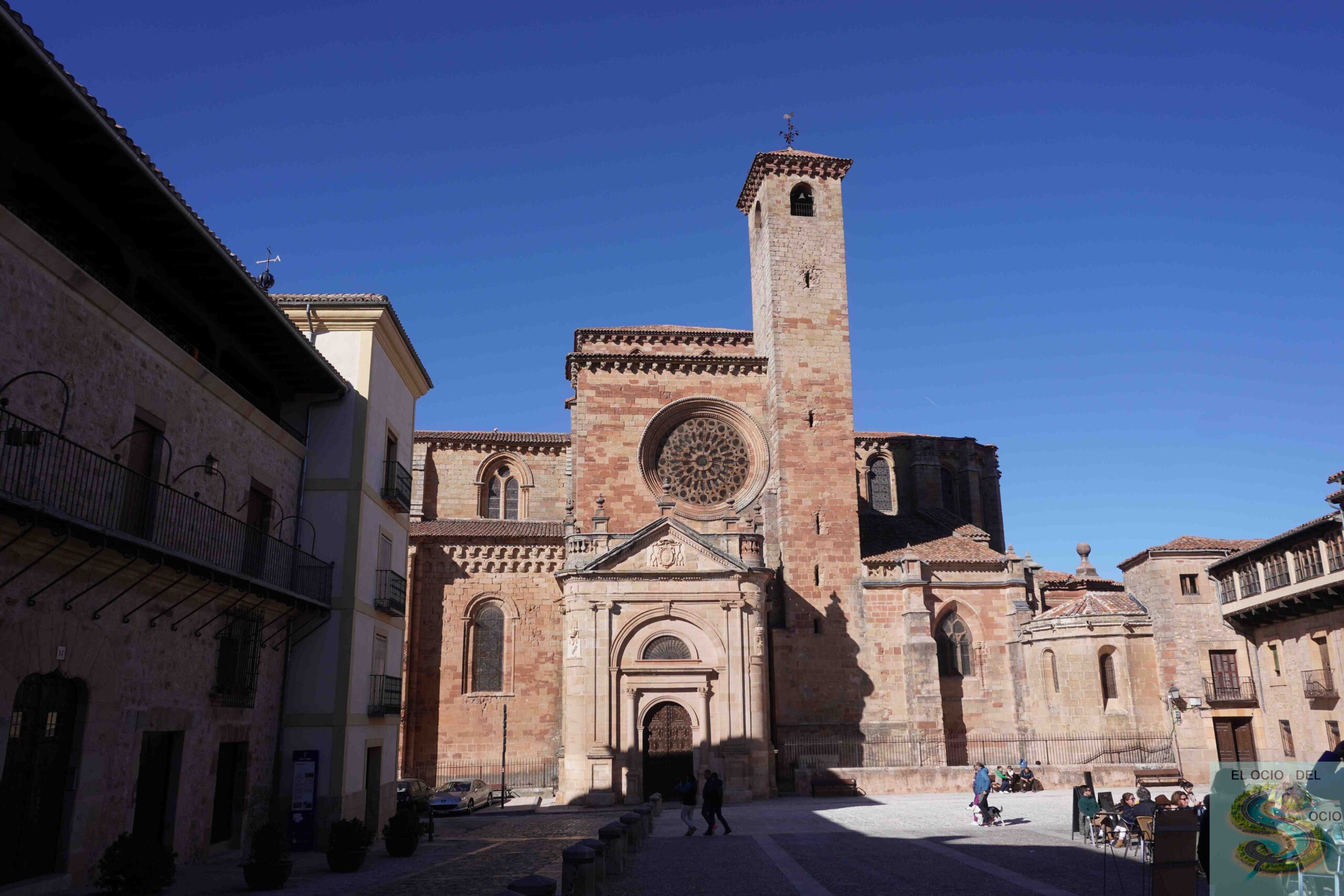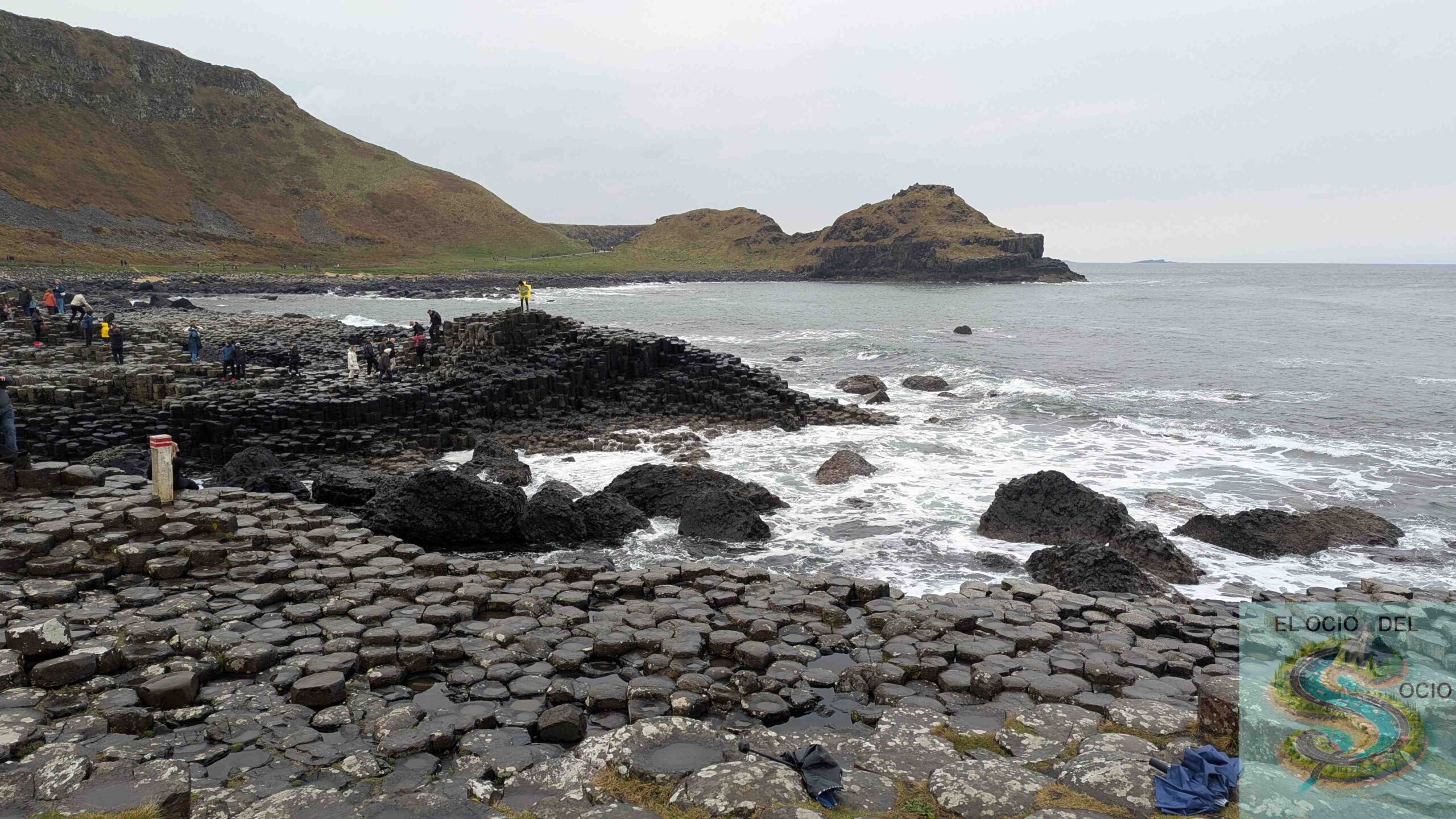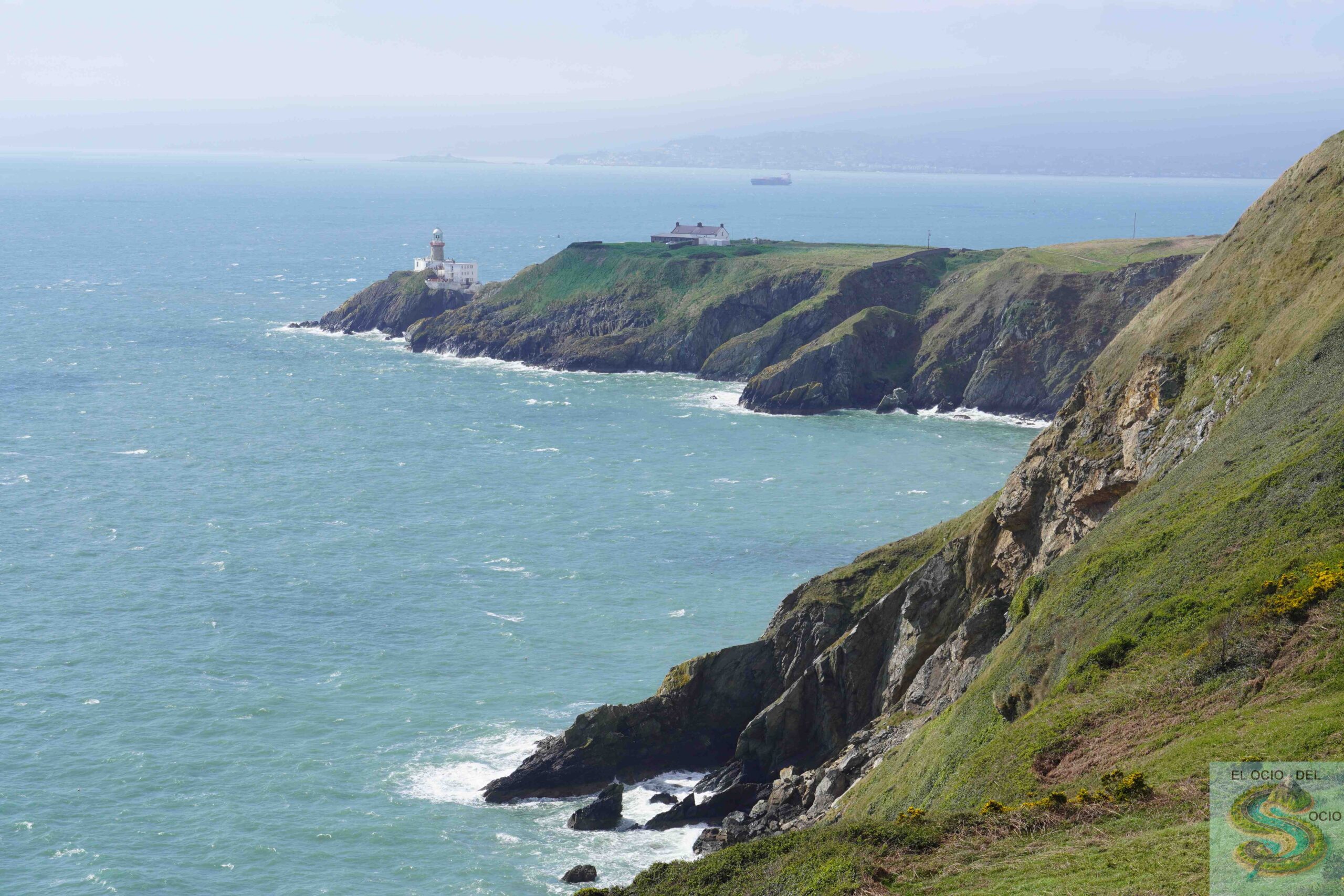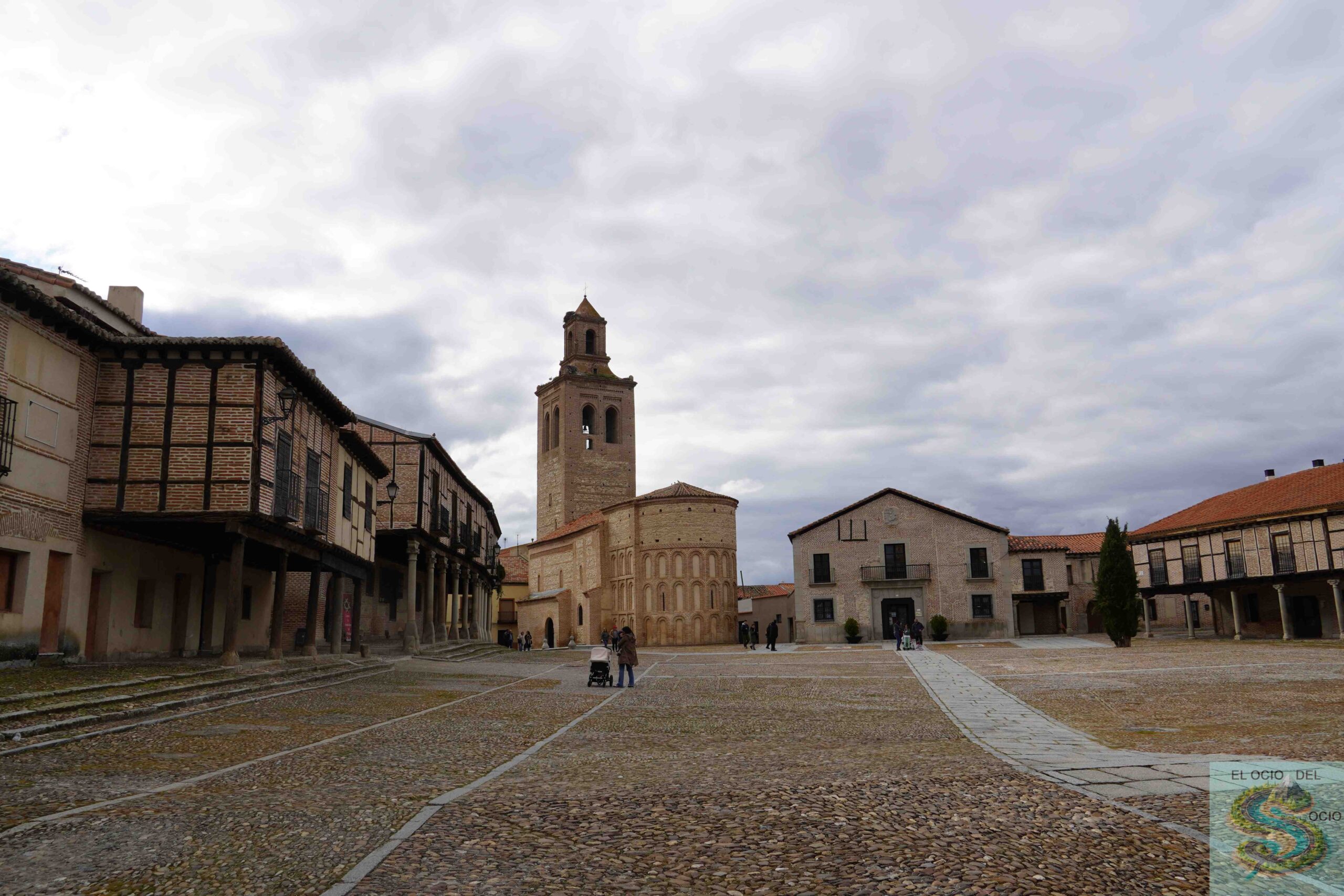Romania is a country full of history, legends and impressive landscapes. From old fortresses to fairy tale castles, here’s a complete guide to what to see in Romania.
Here is a complete guide to the sites to see in Romania. This planning I did in 10 days. We started at Cluj- Napoca, where we took rental car withKlasswagenthat according to what we saw was the cheapest company to rent. Our route was:
- Turda salt.
- Hunedoara Castle.
- Sibiu.
- Astra National Museum.
- Fortified Church of Vișcri.
- Sighișoara.
- Rupea Fortress.
- Brașov.
- Bran Castle (Dracula Castle).
Romania is a beautiful place that surprised us pleasantly. We are left unseen, a road that close in Romania for much of the year, except in summer, the famousTransfăgărășan. This spectacular route crosses the Făgăraș mountains in the southern Carpathos, and is known for its impressive curves and landscapes. It was built in the 1970s by order of dictator Nicolae Ceaușescu for military purposes.
The Transfăgărășan is closed from late October to late June due to extreme weather conditions, such as snow and ice. During the summer, it becomes a very popular destination for lovers of driving and nature, offering incredible views, such as Lake Bâlea and the Capra waterfall.
Then I show you the map of the route we follow and a description of what to see in each place. Note that the car distances are relatively short.
Map to see in Romania
Description what to see in Romania
1. Turda salt
The Salinas de Turda is an old salt mine located in the Transylvania region that has been transformed into an underground amusement park. This impressive place, dating from the Roman era, features spectacular galleries, an underground river, rowing boats and a salty lake. It is a unique destination for lovers of adventure and history, offering an unforgettable experience in a surreal environment. To find out more to visit the Salinas de Turda, visit our postThe Salins of Turda, Romania.
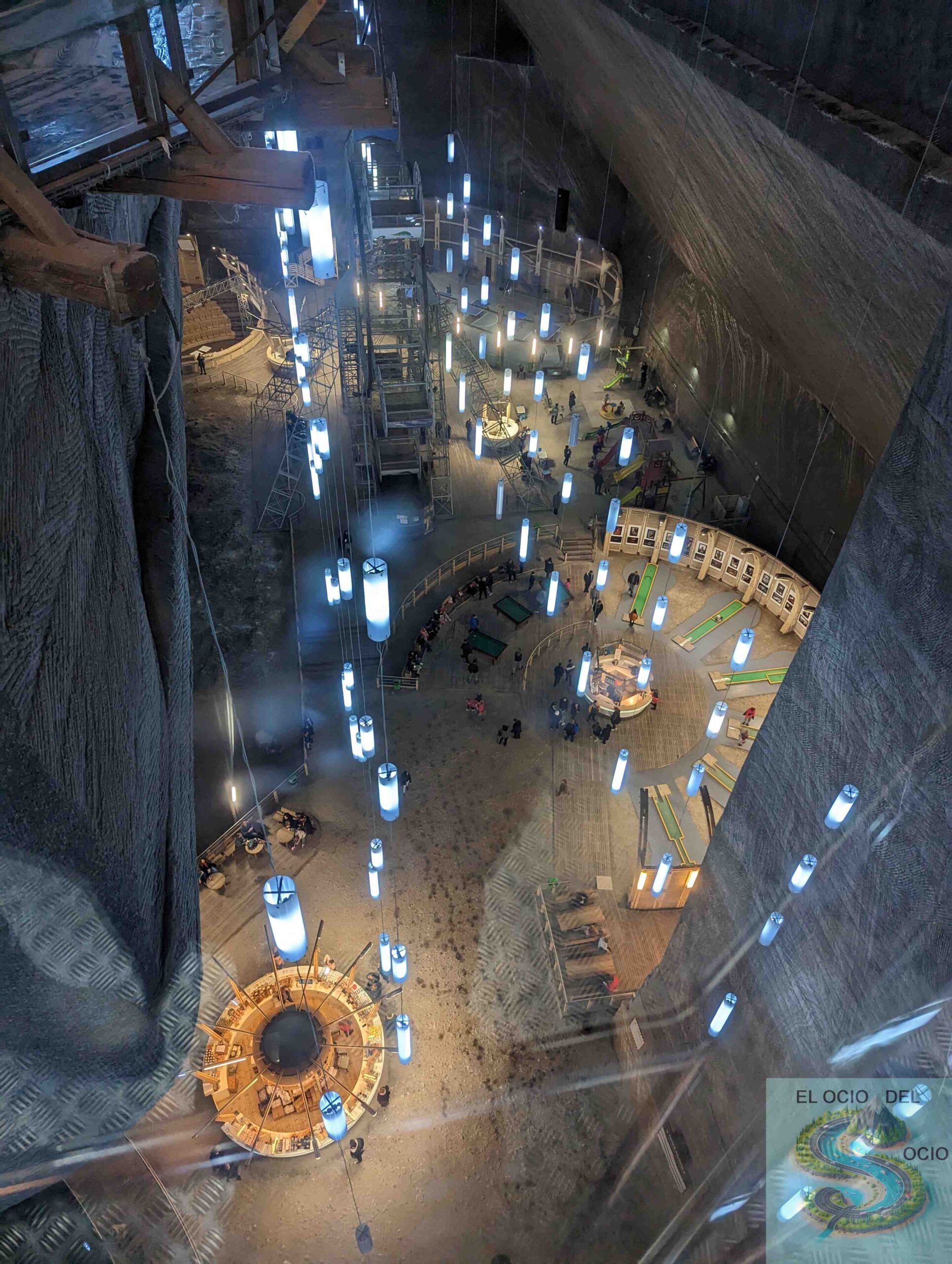
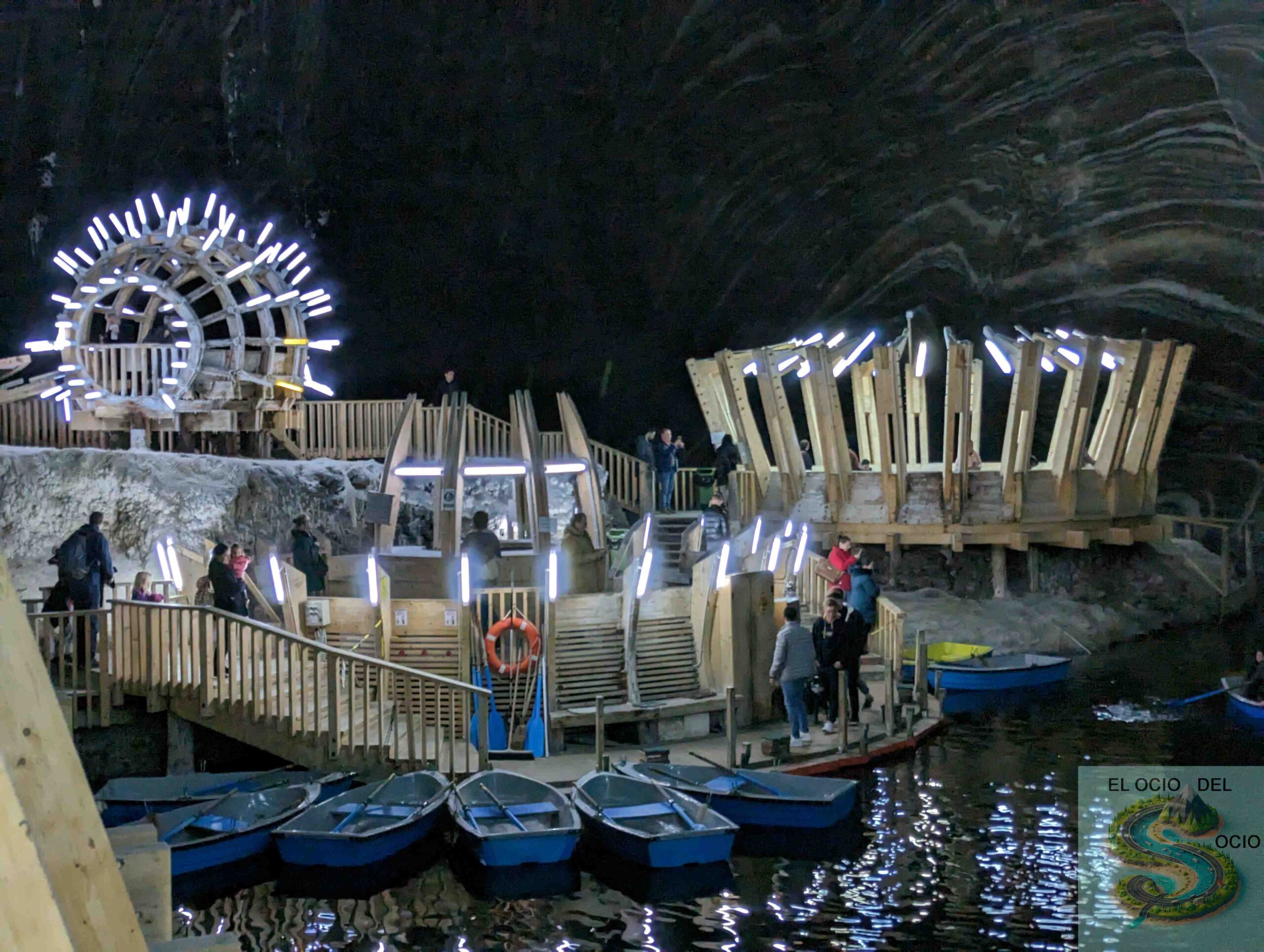
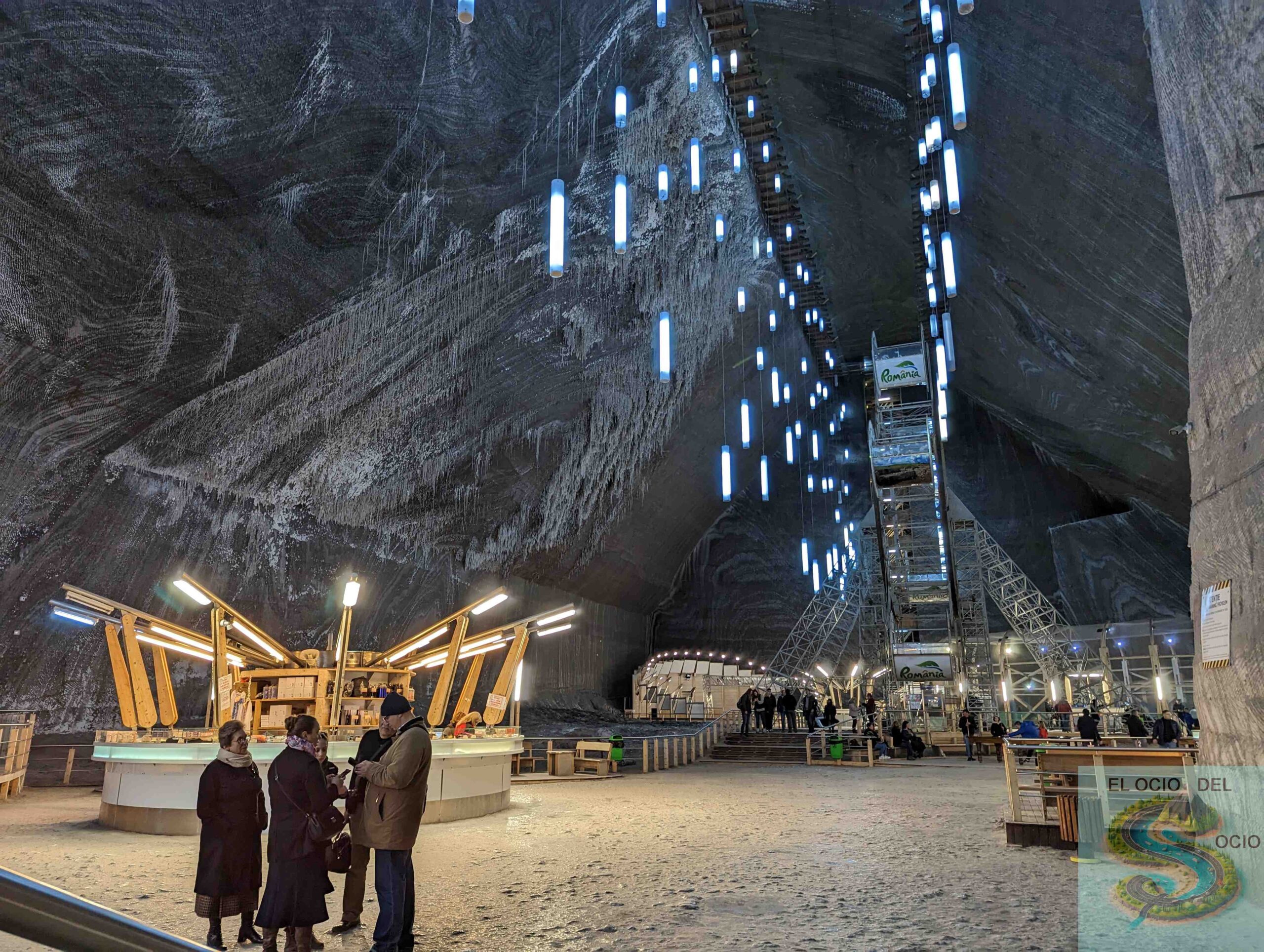
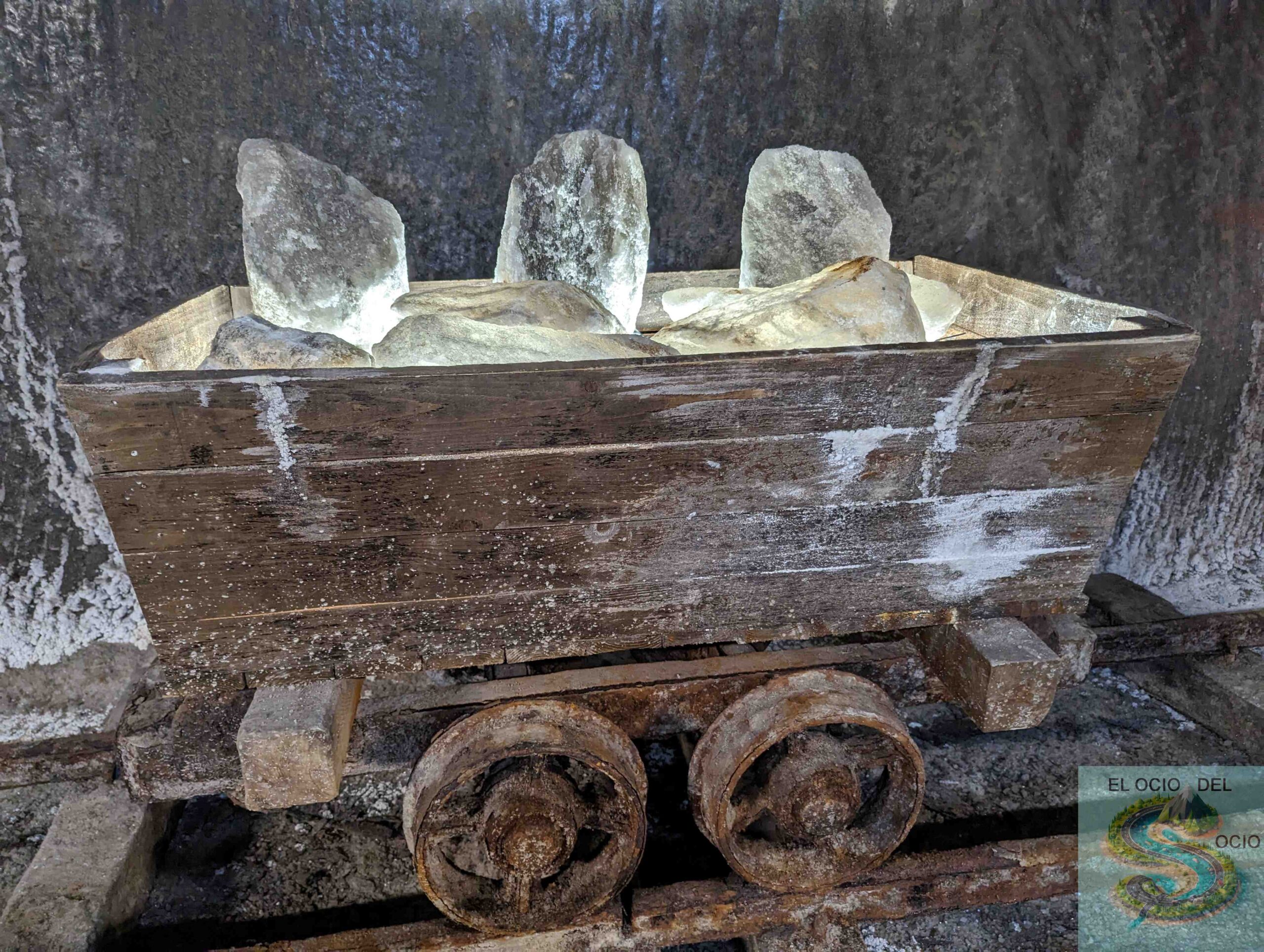
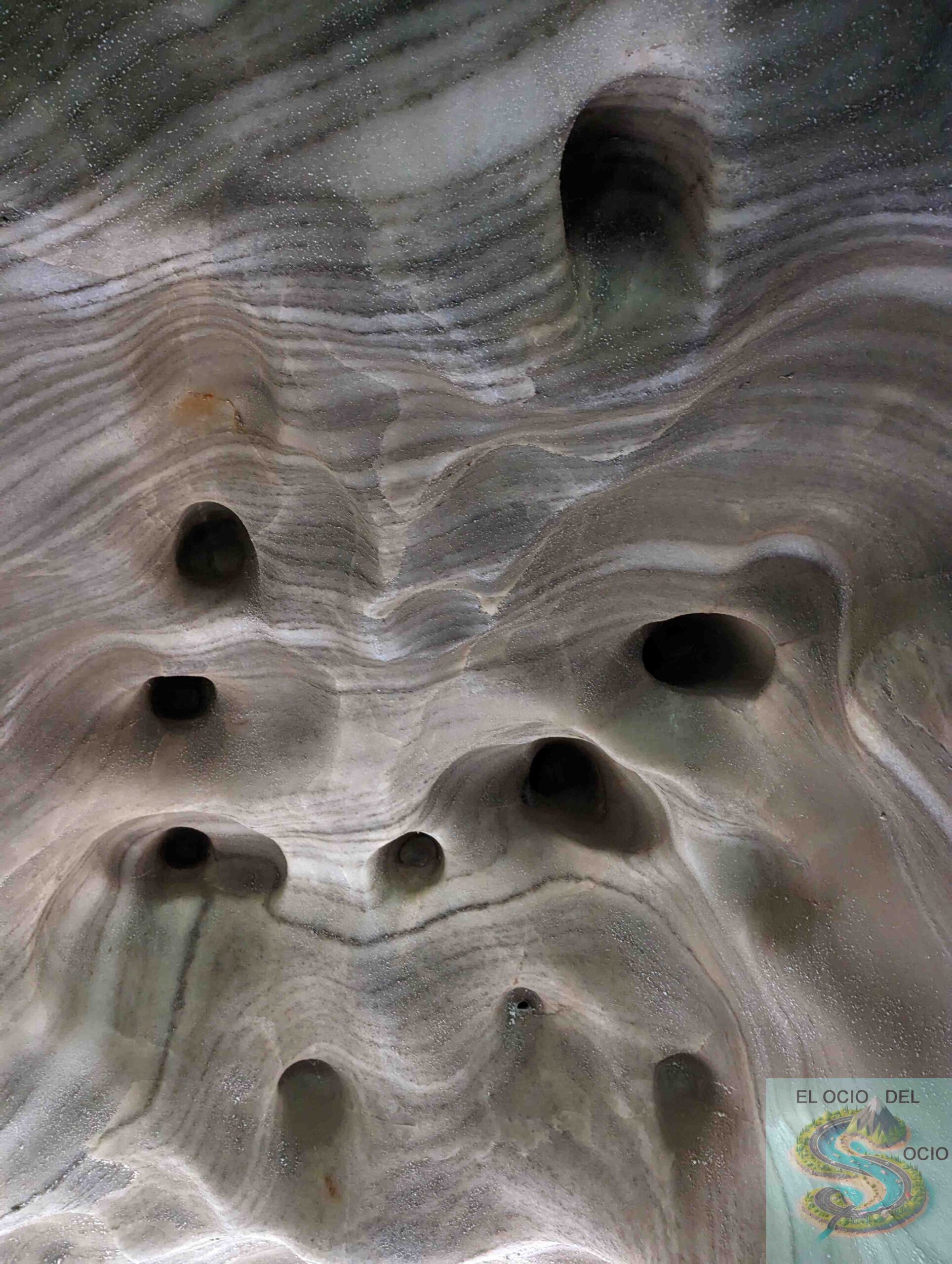

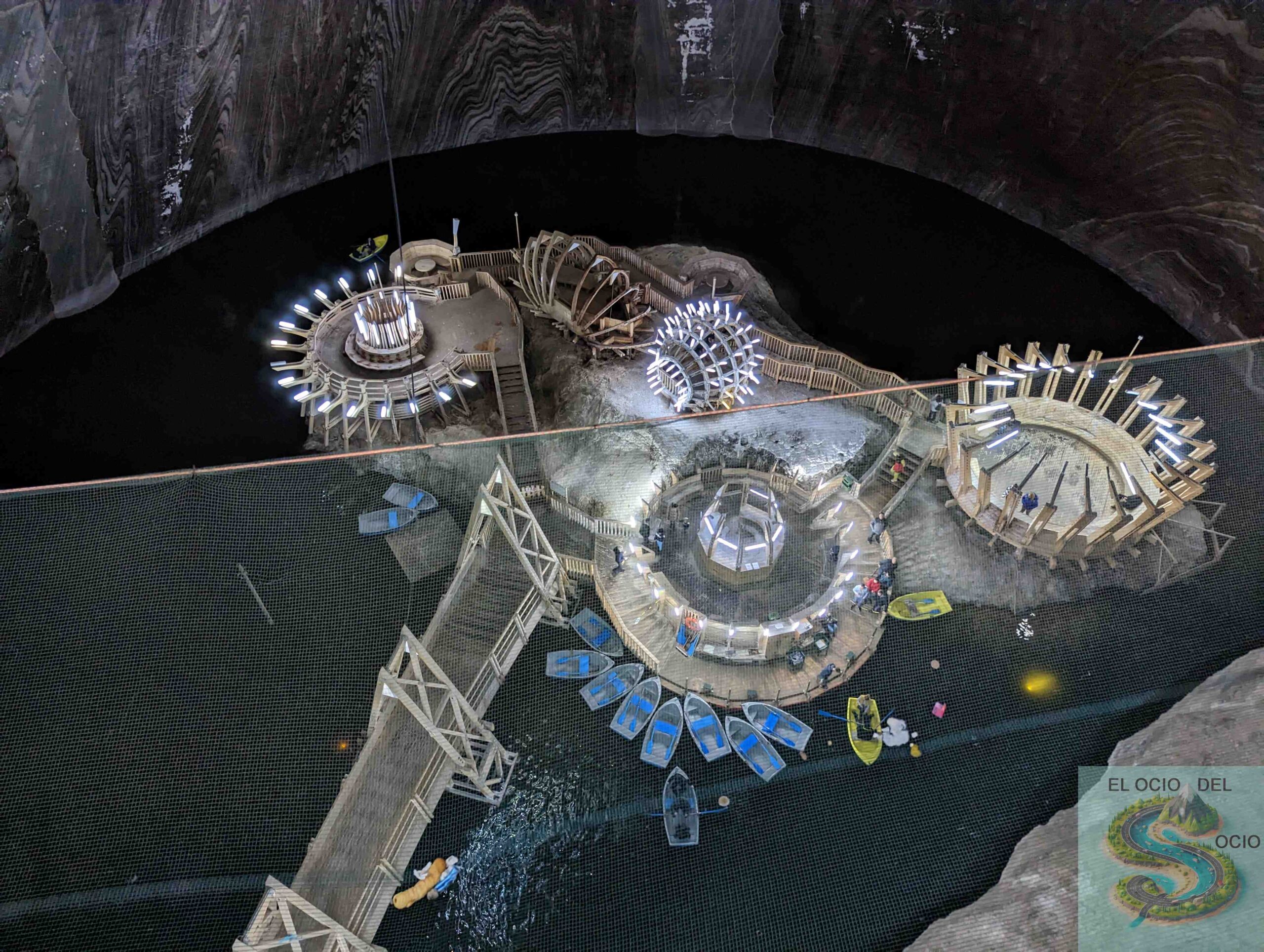

2. Hunedoara Castle
Hunedoara Castle, also known as Corvin Castle, is one of the largest Gothic castles in Europe. Built in the 15th century by Juan Hunyadi, this imposing castle is full of mysteries and legends. Its towers, lift bridges and stone walls transport visitors to the medieval era, allowing them to explore the rich history of Romania.
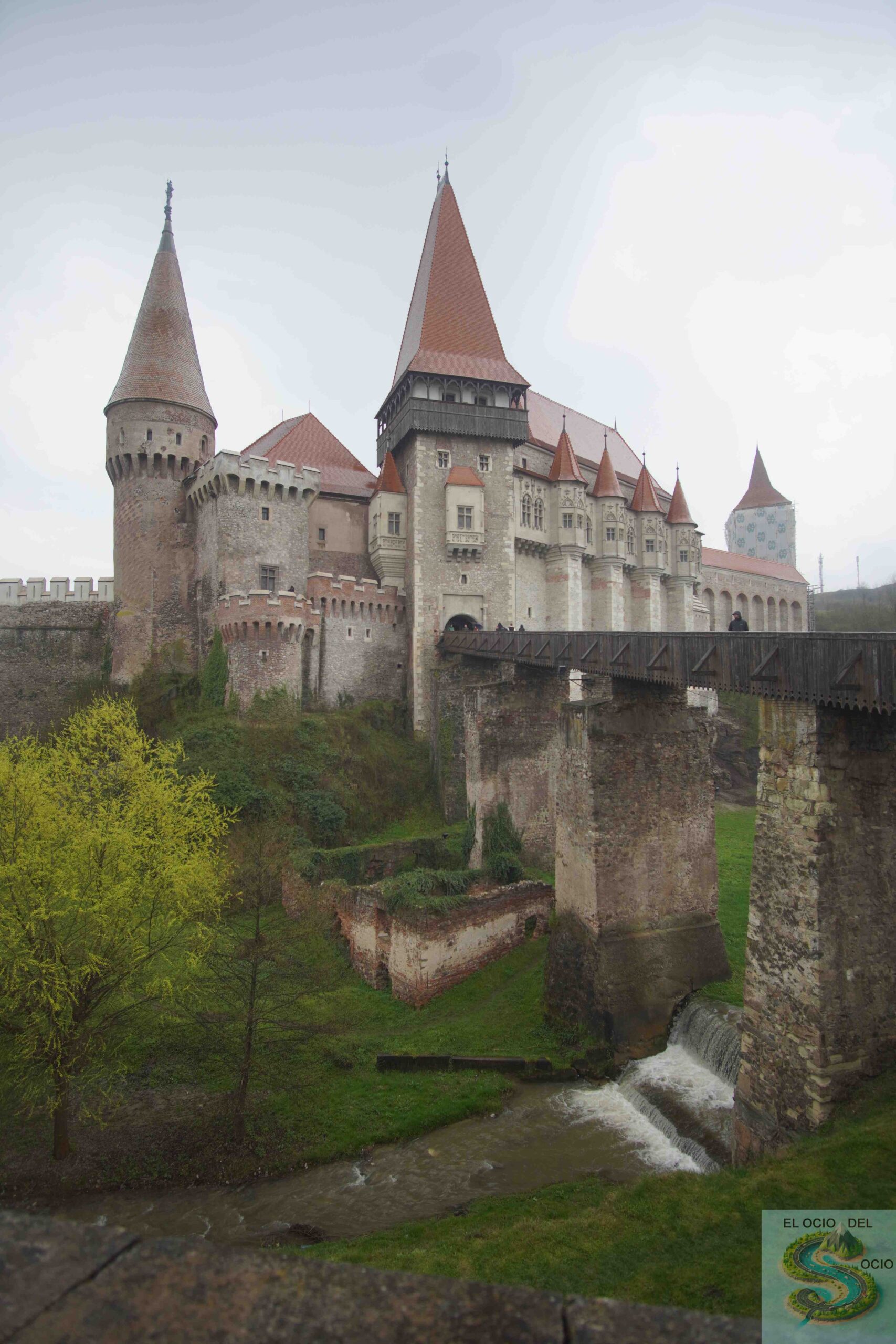
3. Sibiu
Sibiu is a medieval city with an impressive old town. Founded in the 12th century by Saxon settlers, Sibiu has been an important cultural and commercial center over the centuries. Walk through its steep streets, walls and discover charming squares, ancient churches and interesting museums. Don’t miss the Lies Bridge, the Evangelical Cathedral and the Brukenthal Museum. It is known as the“city of the eyes”or“city of a thousand eyes”due to the famous windows on their roofs that look like watchful eyes. In addition, it is a very colorful city and it was the one I liked most in the country.
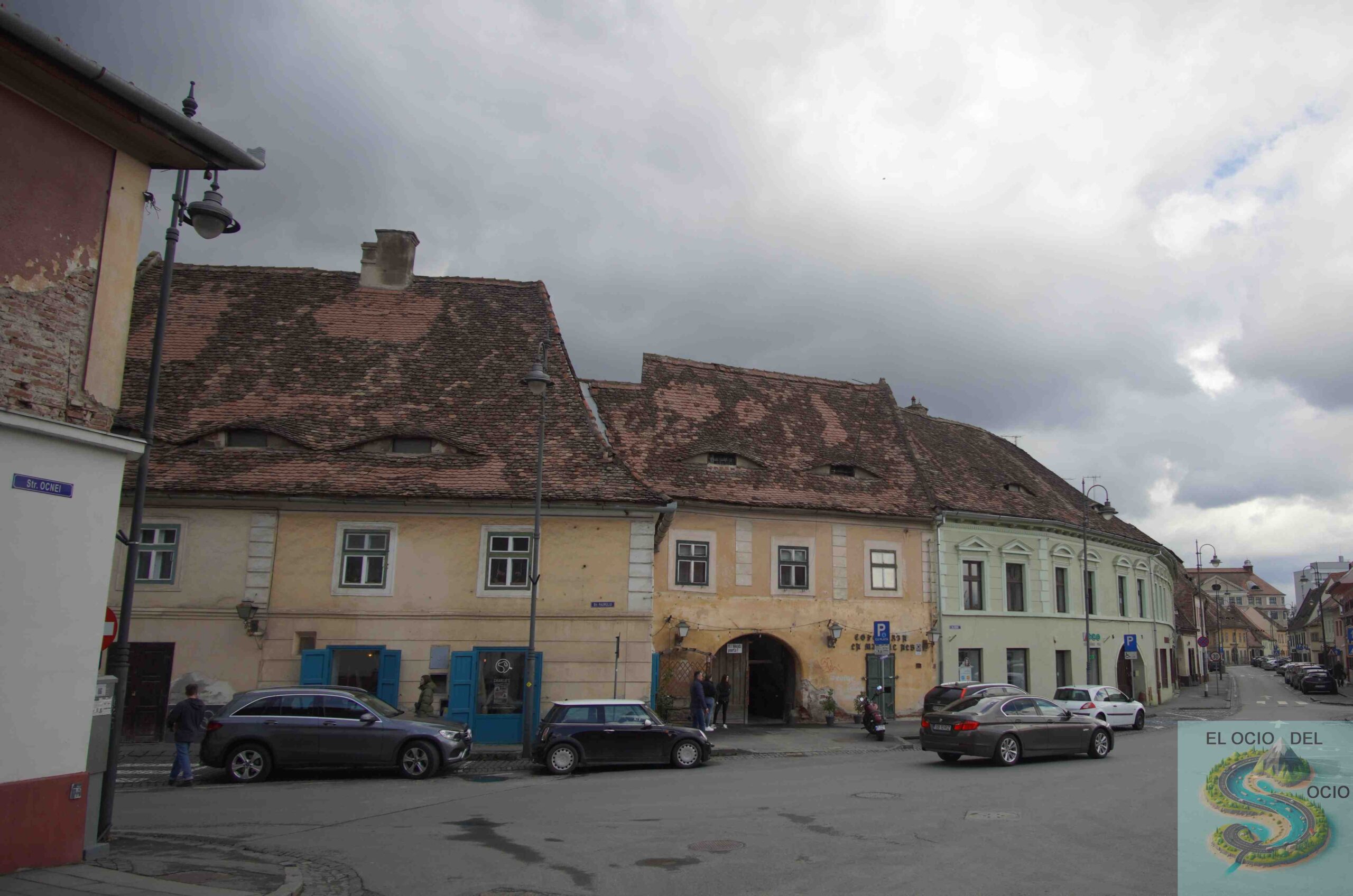
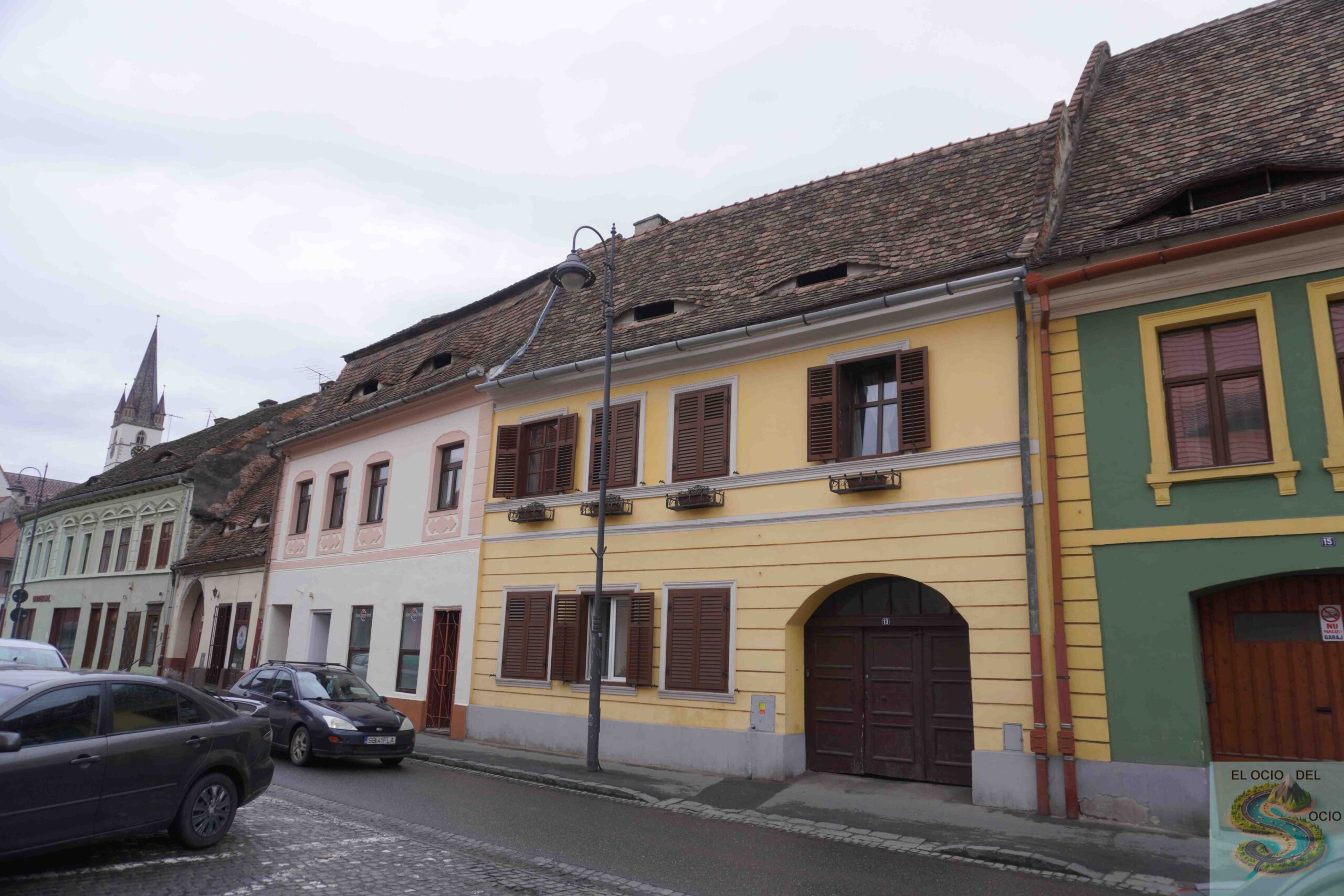
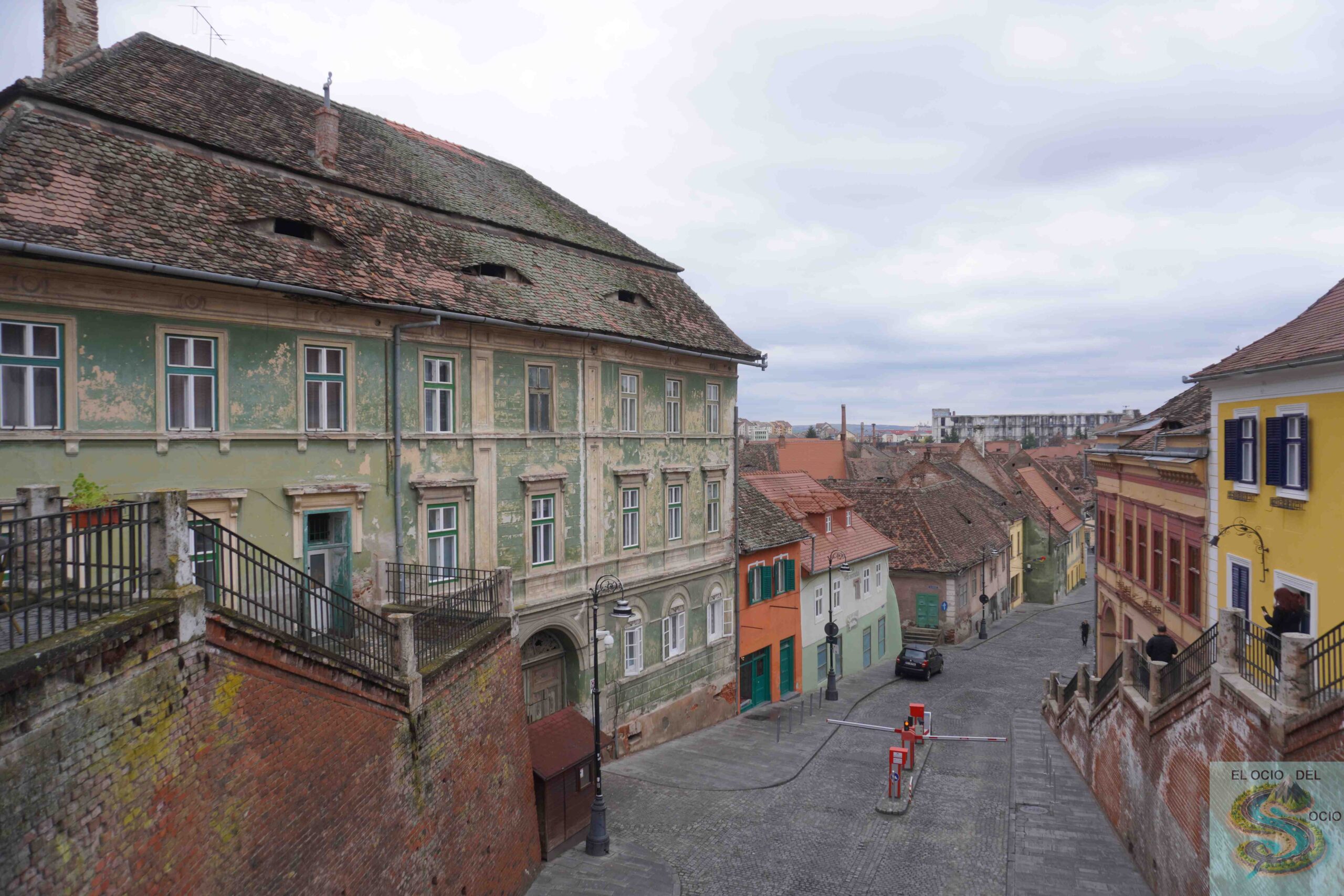
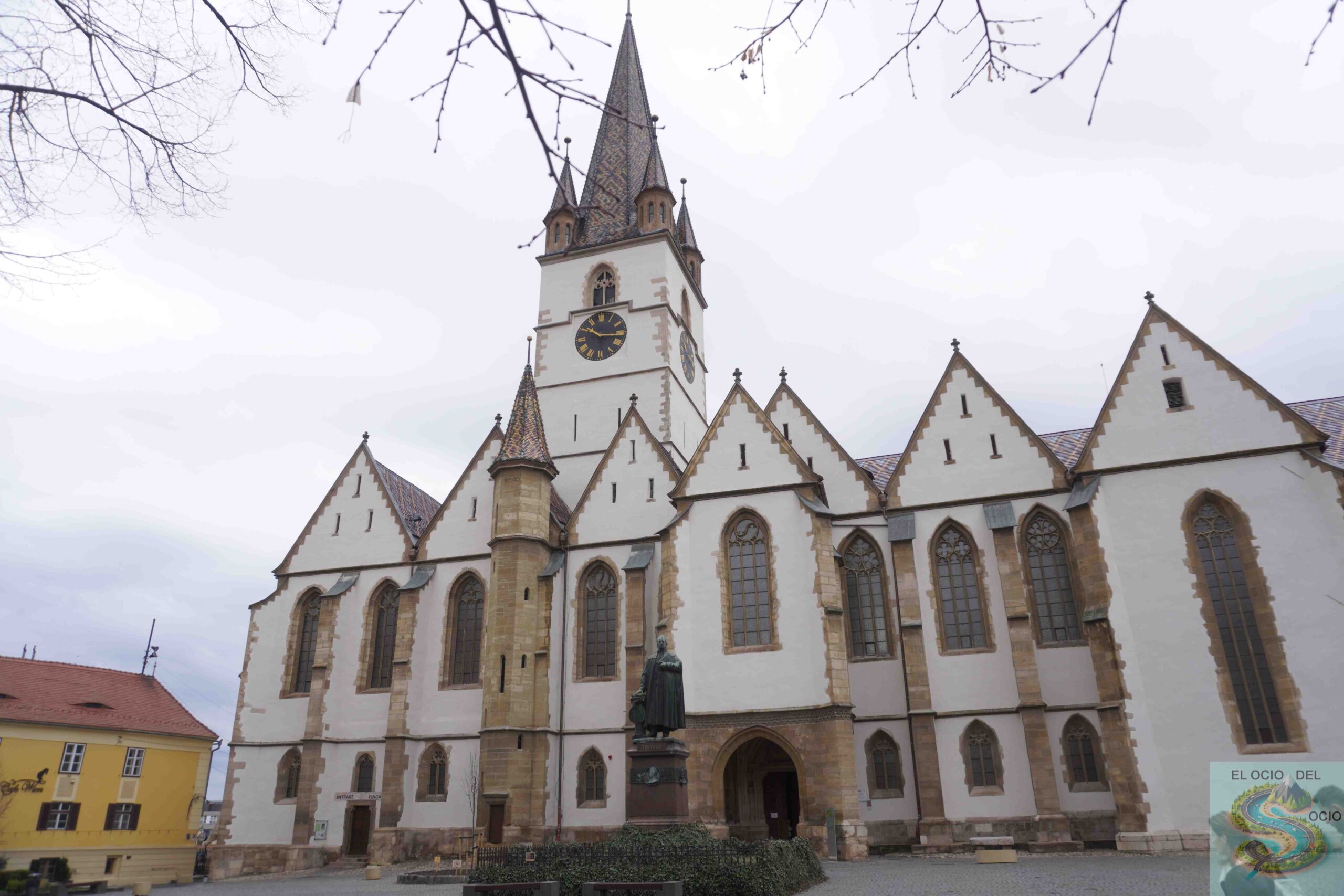
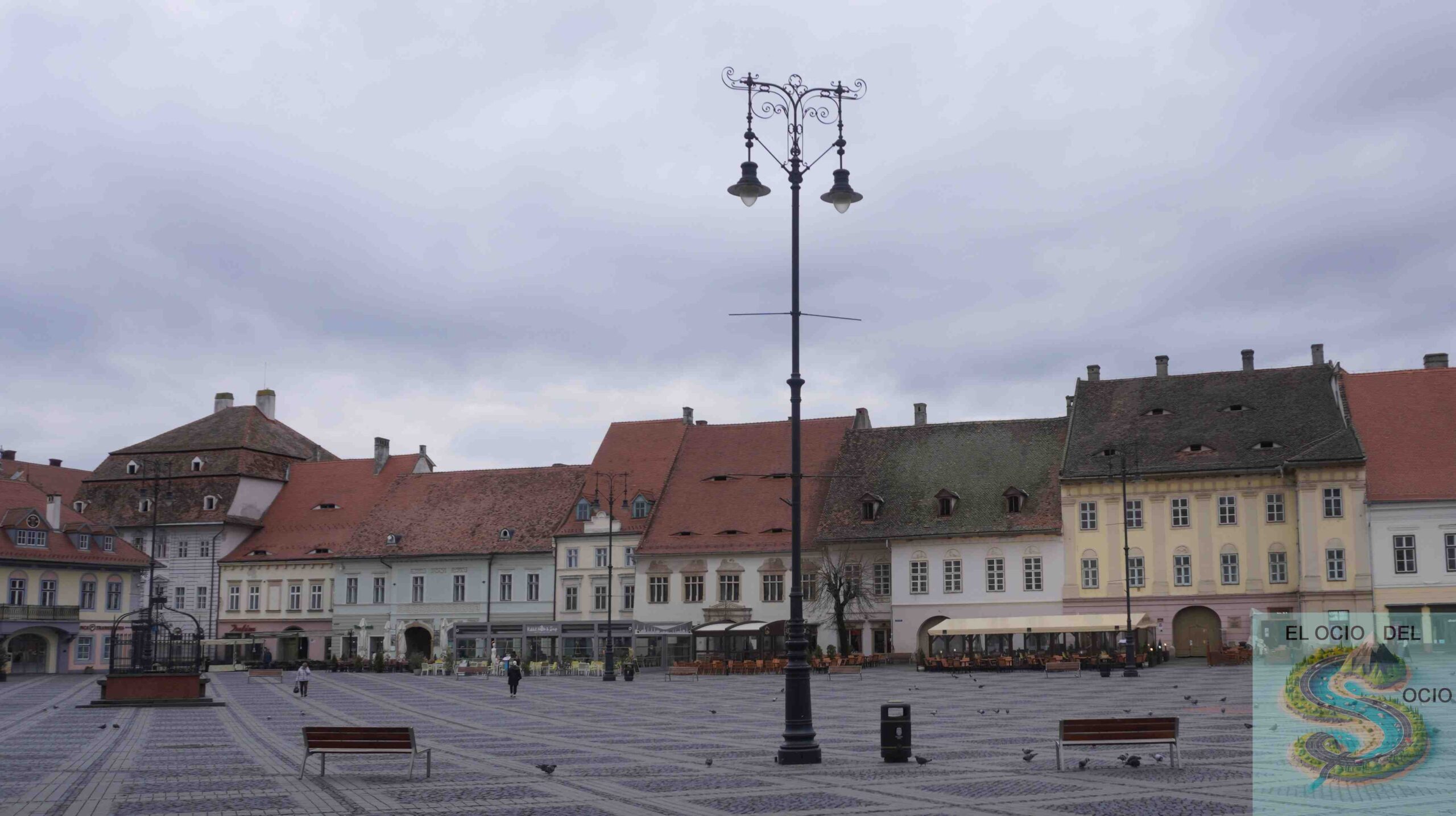
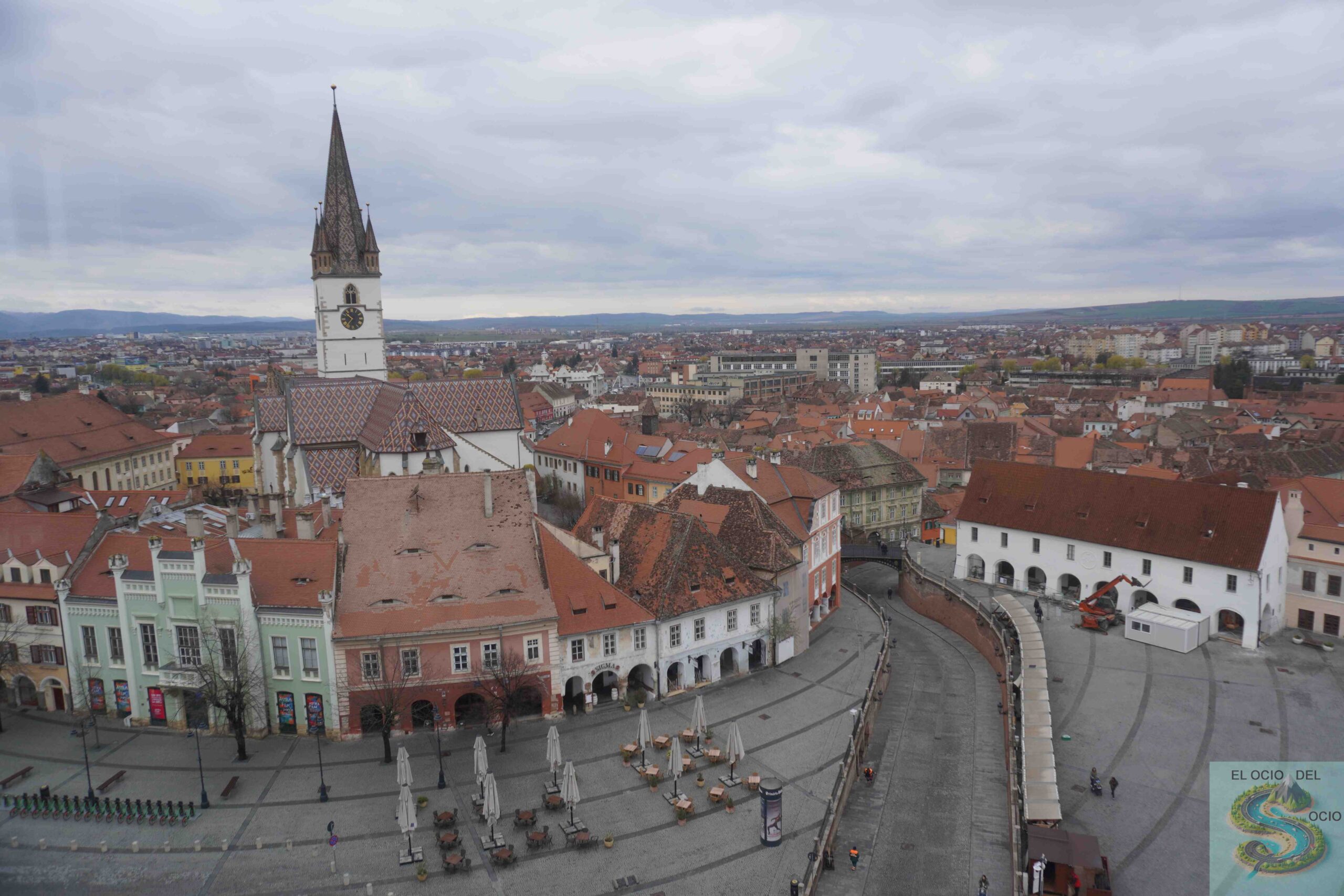
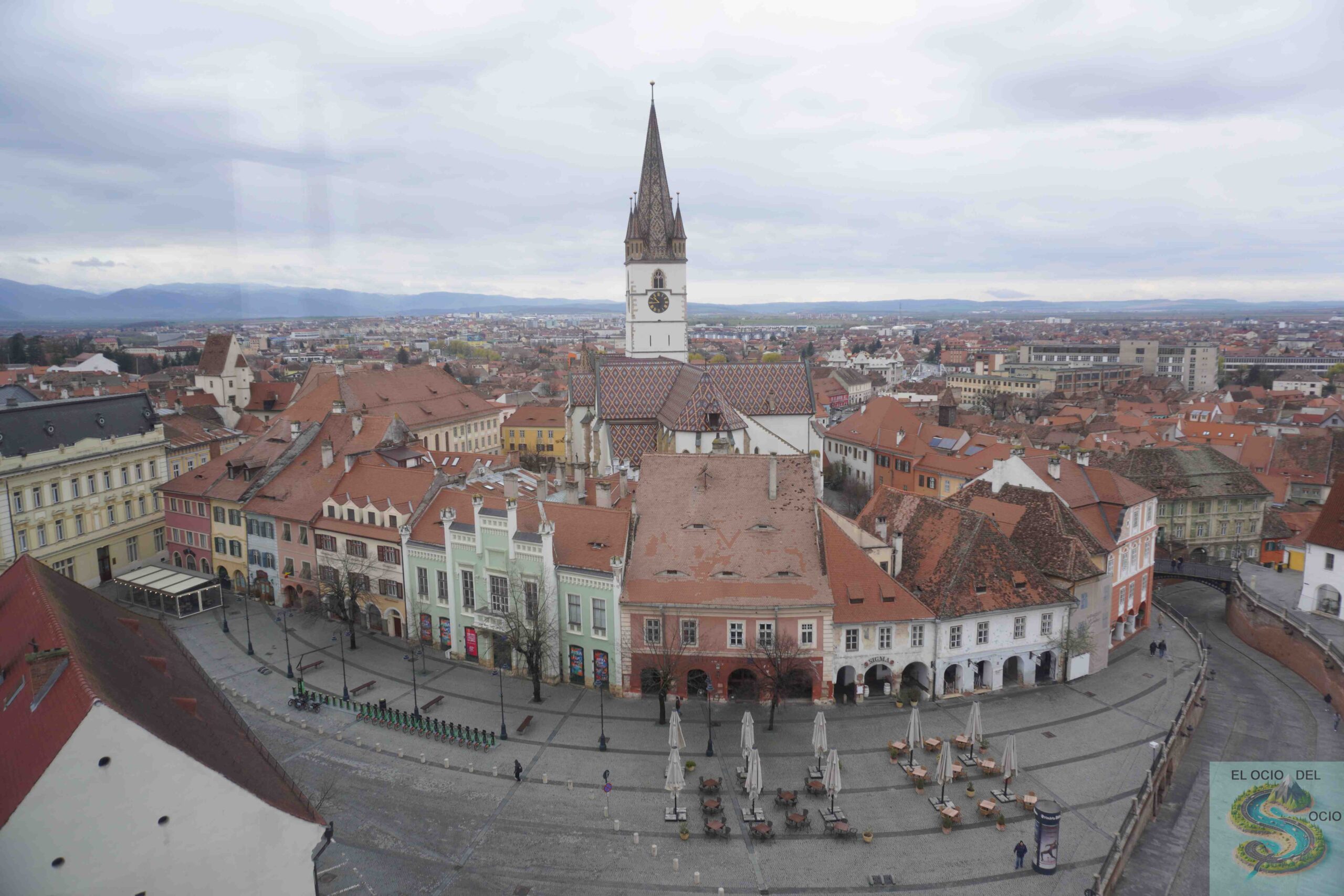

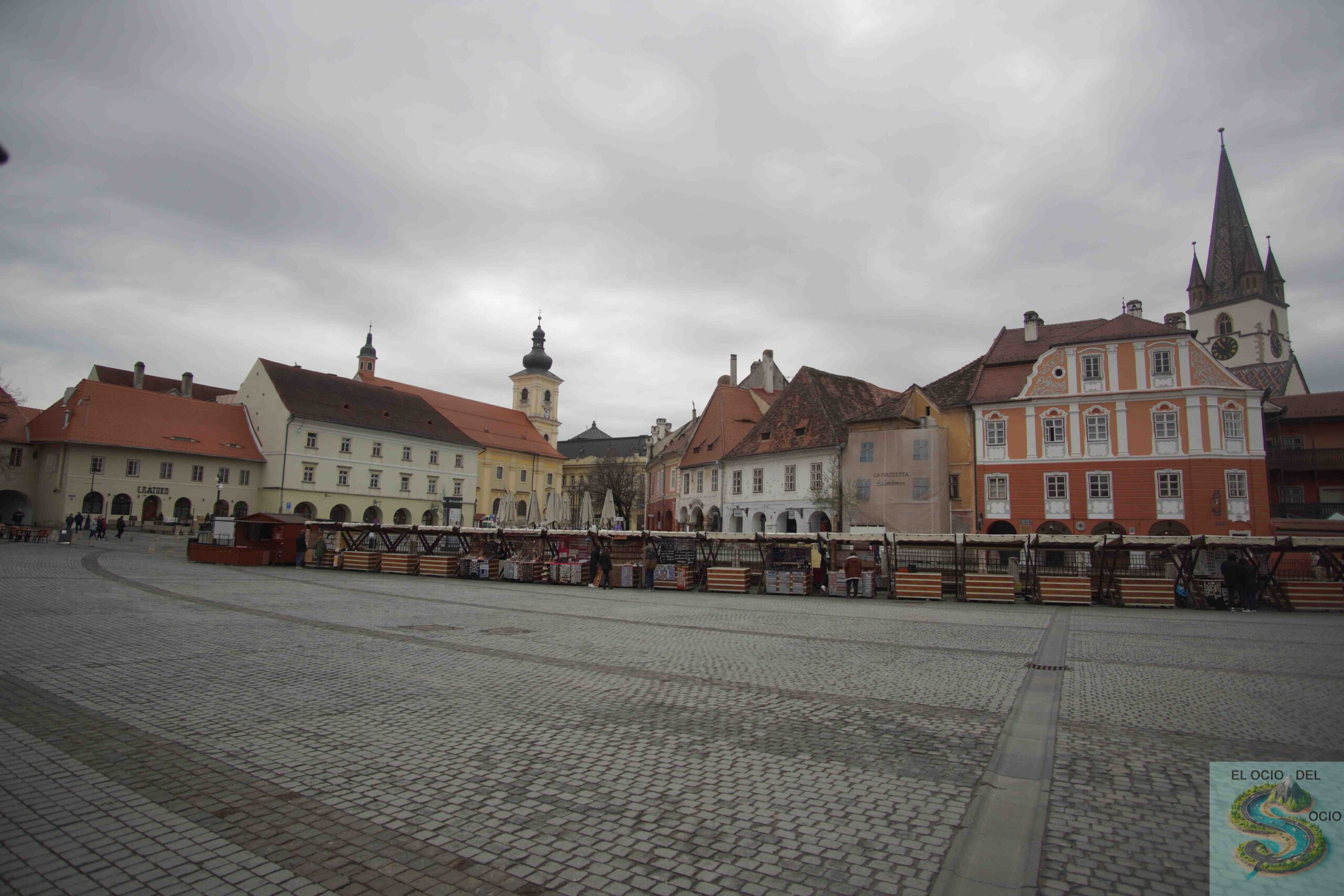
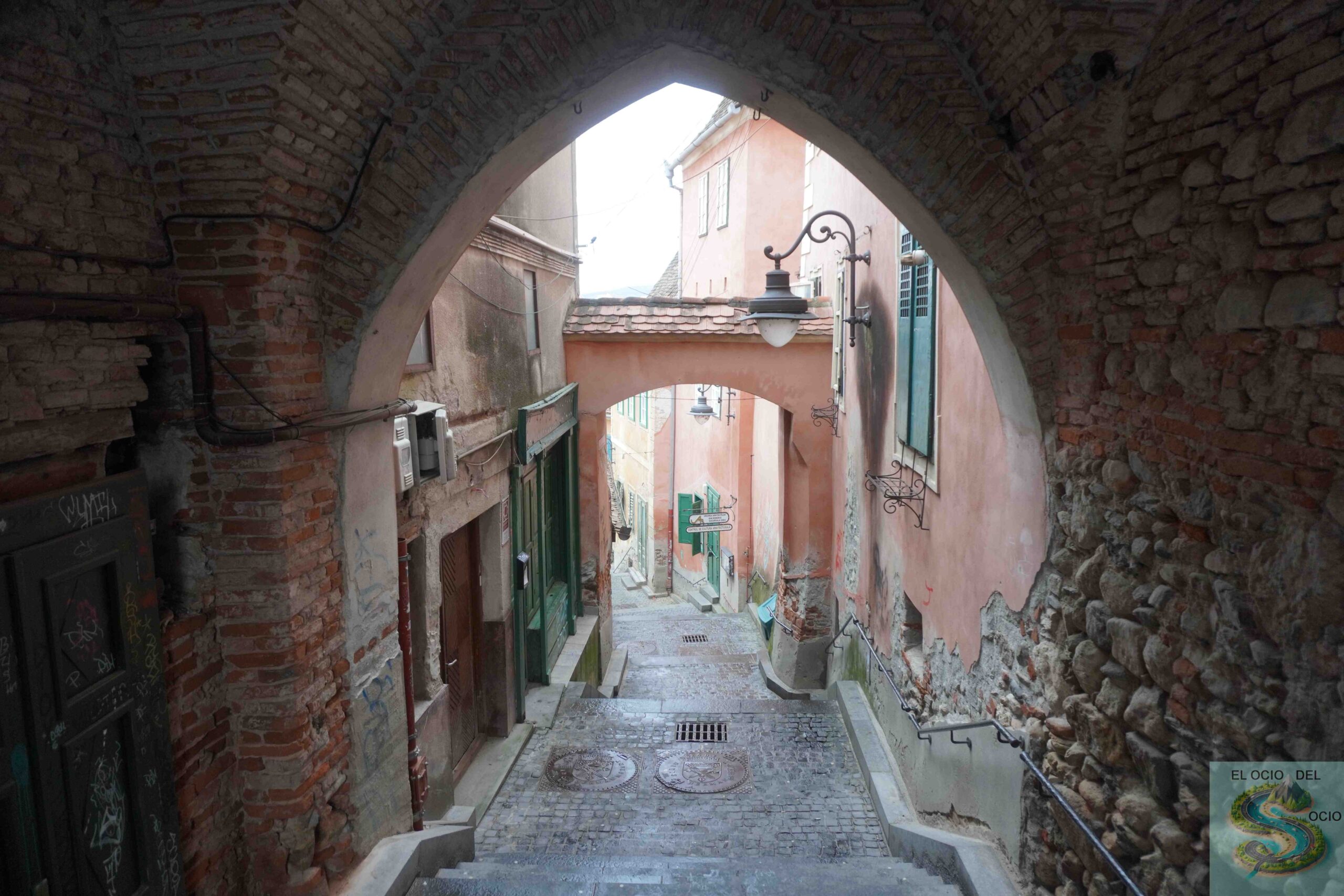

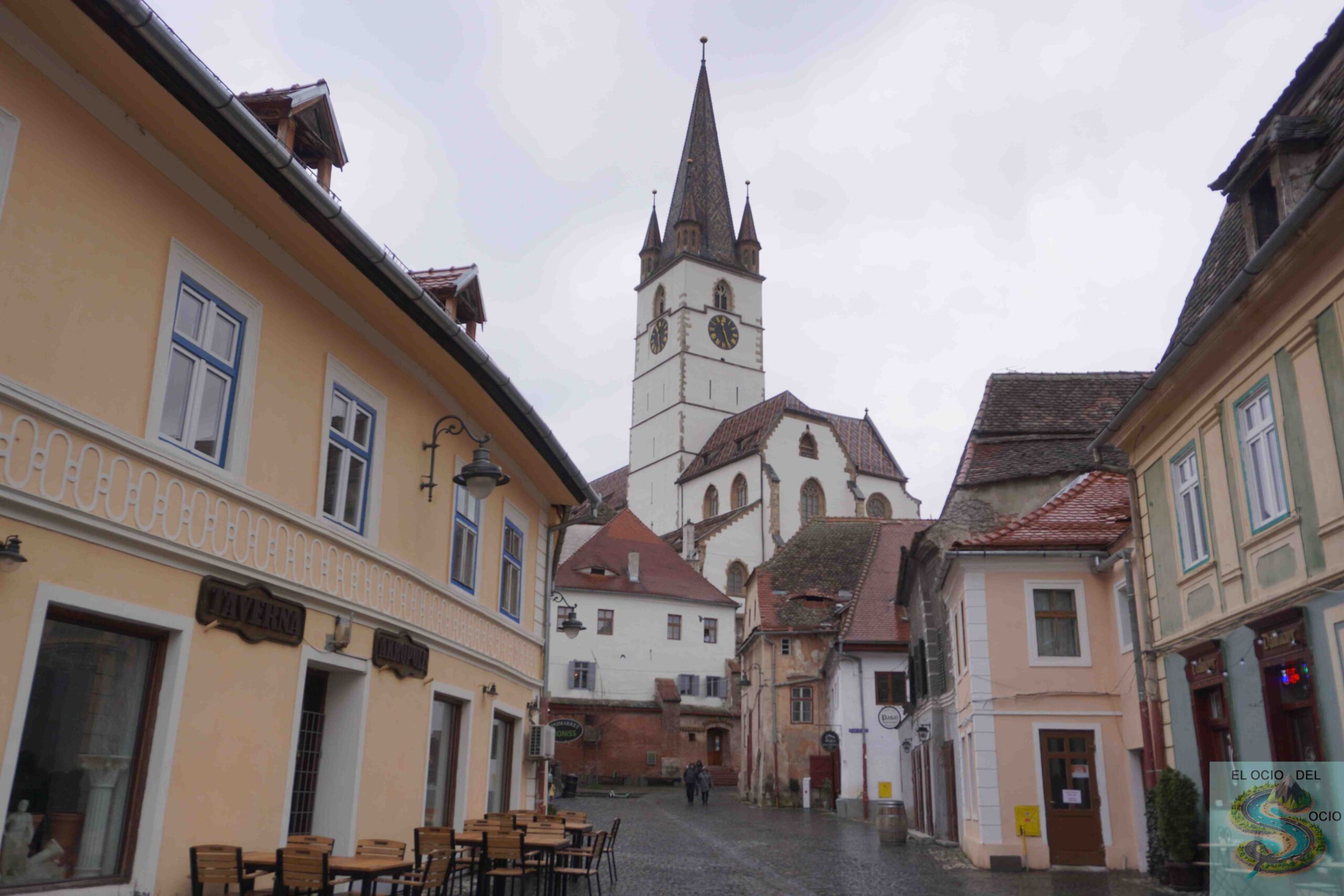
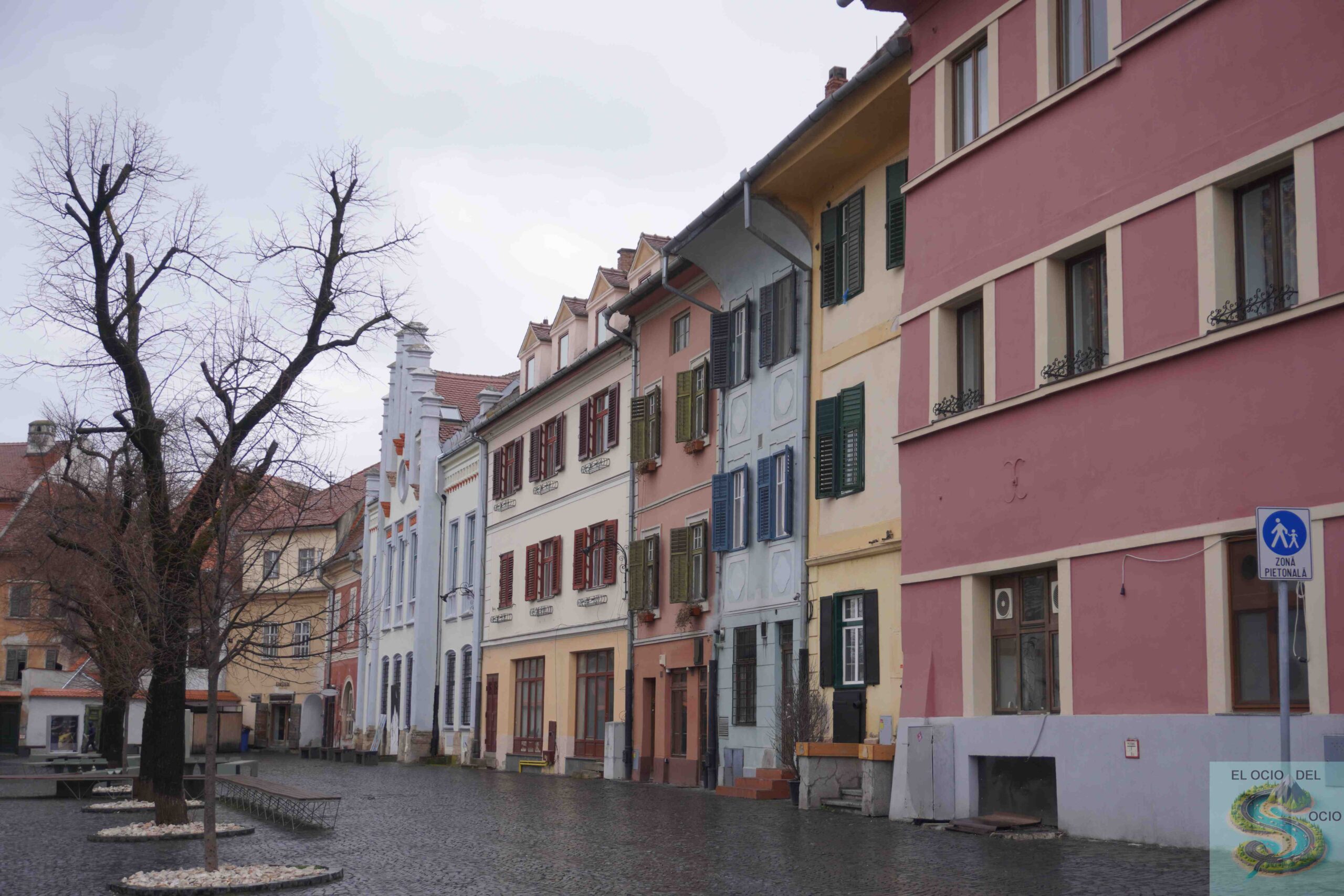
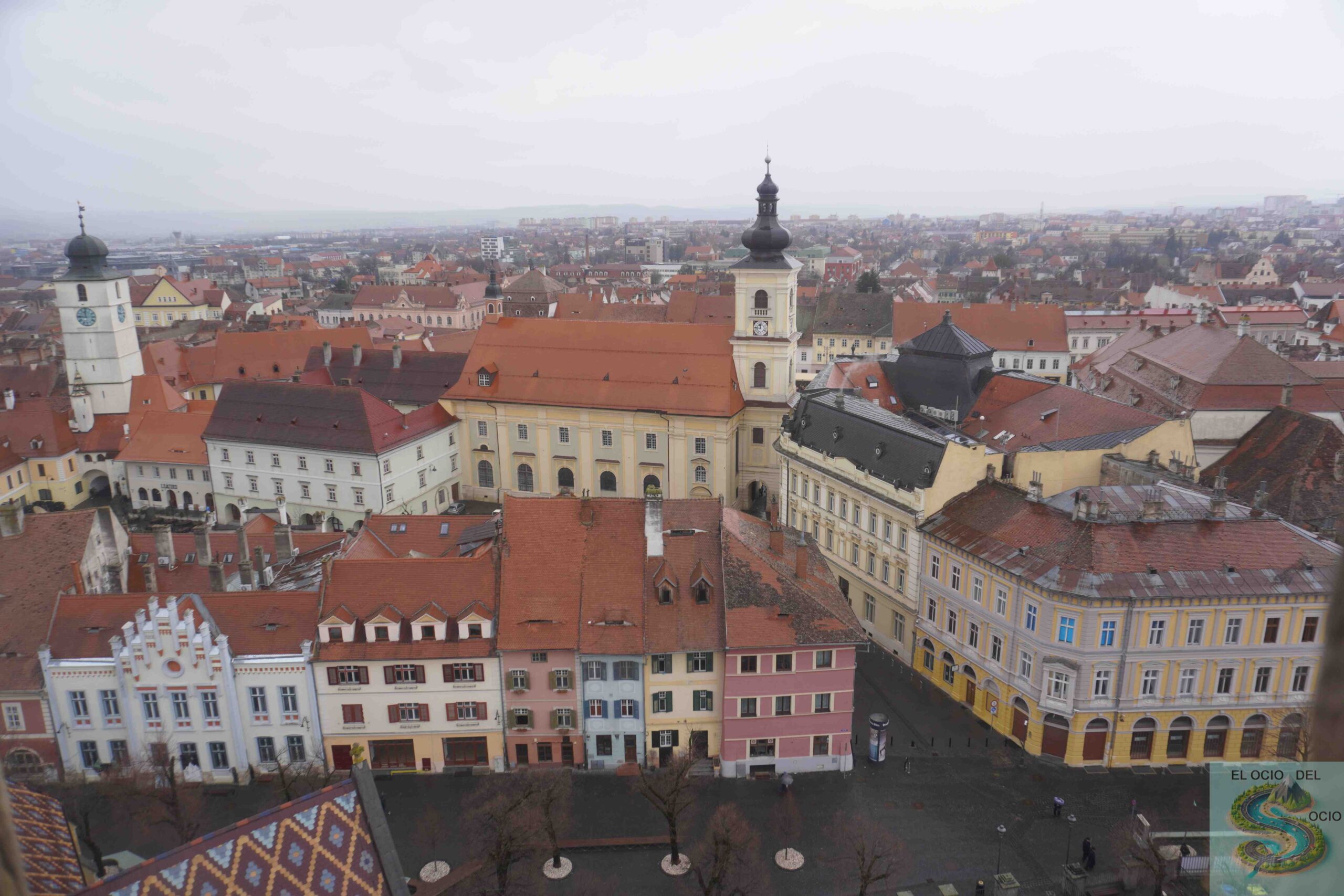

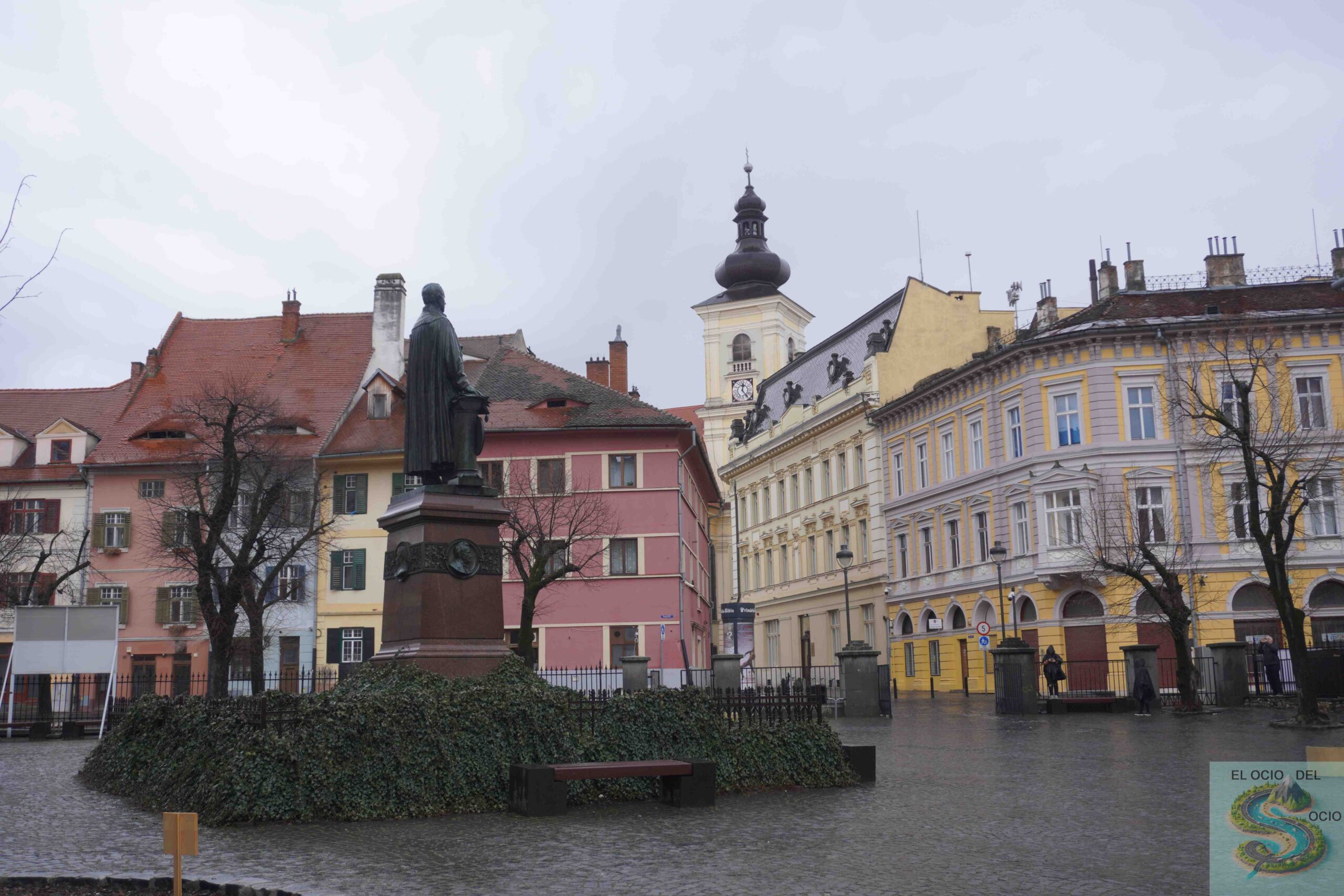
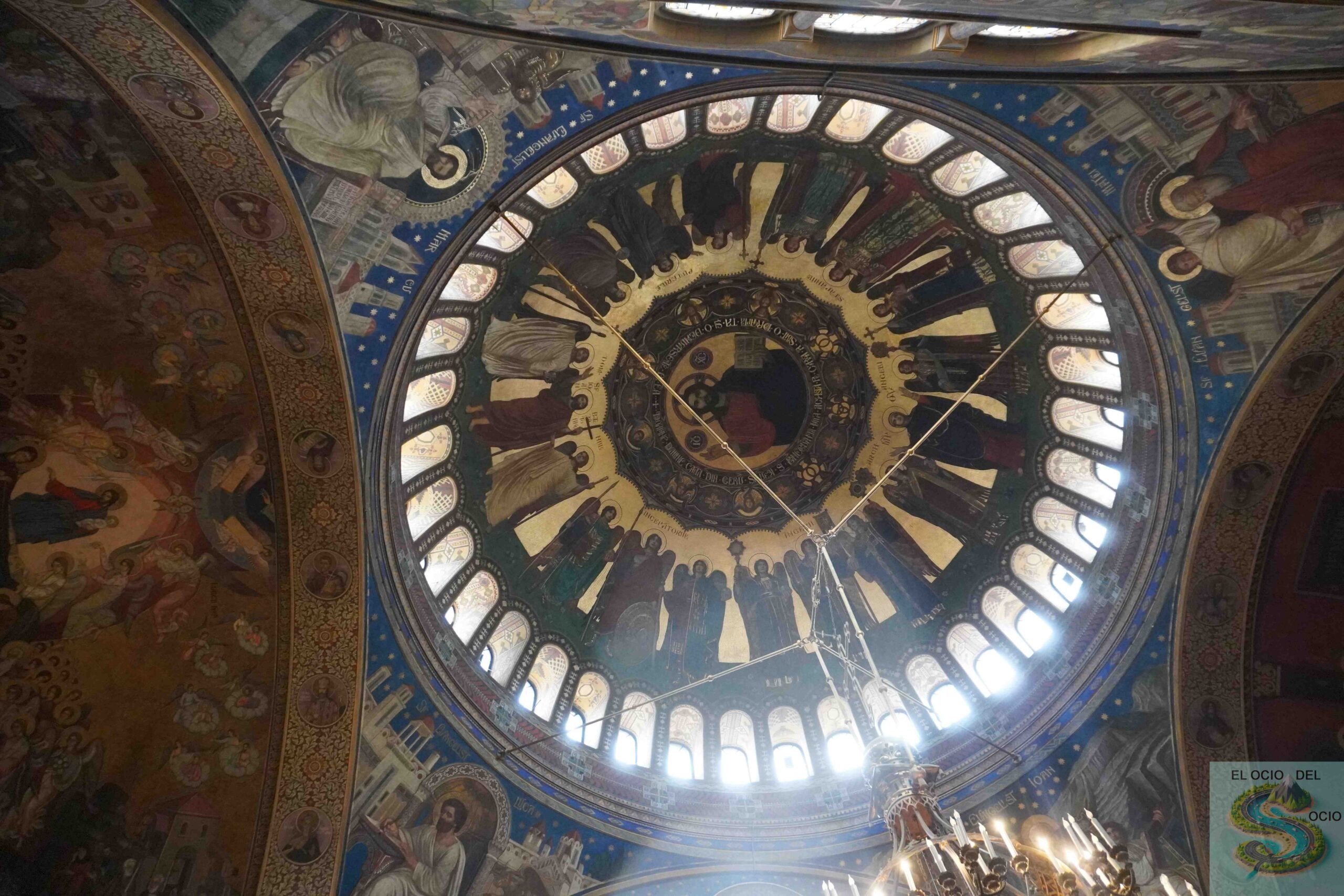
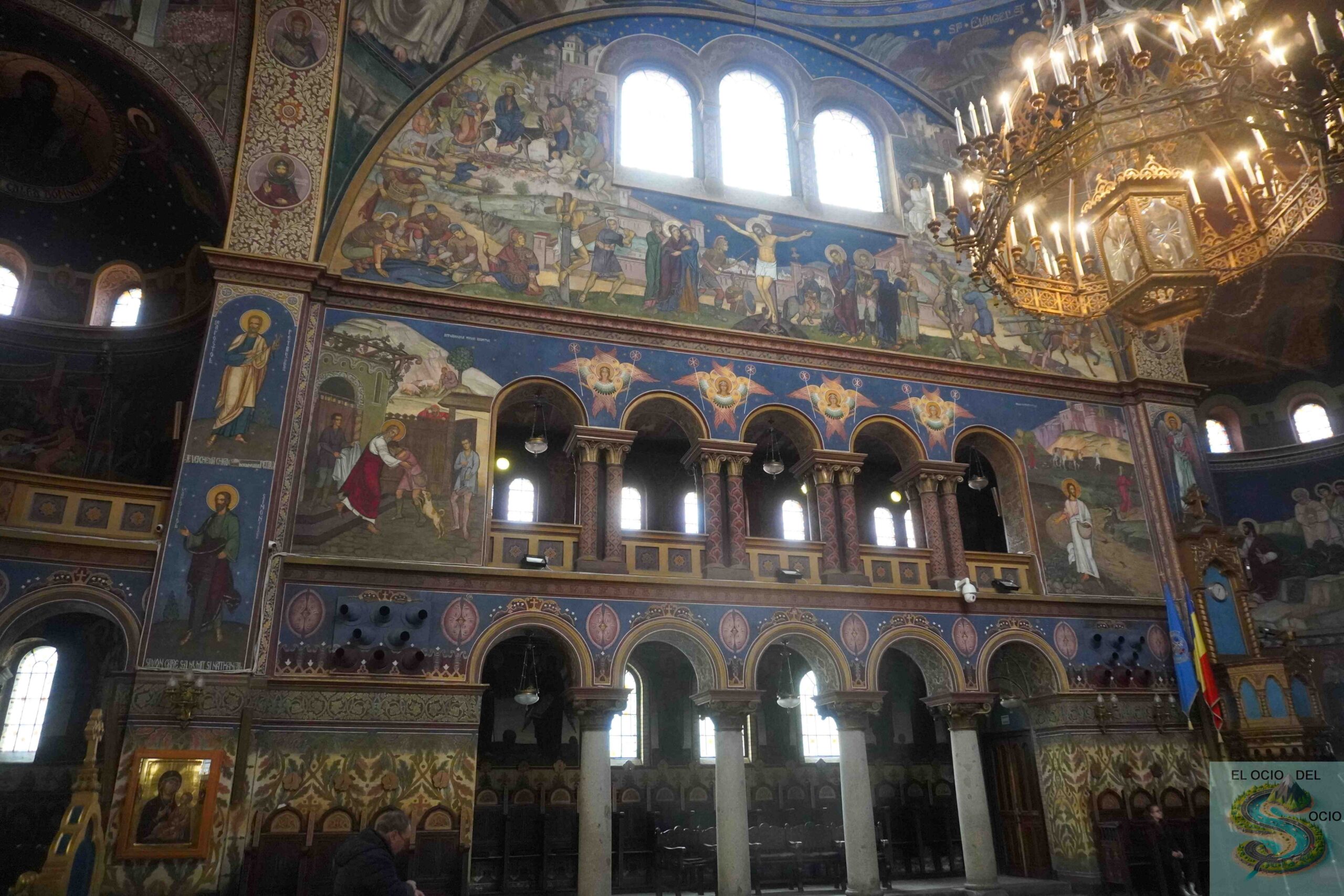
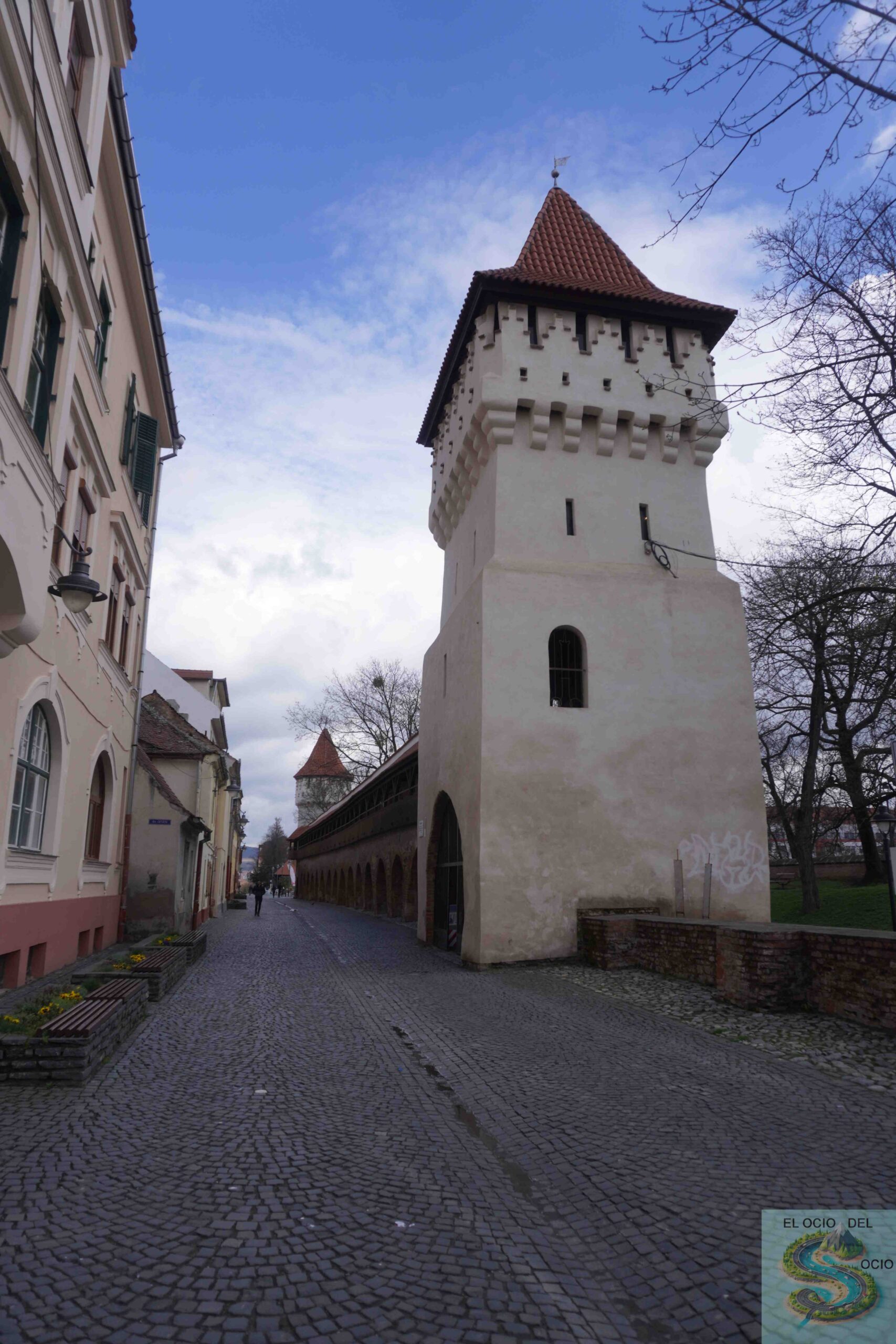
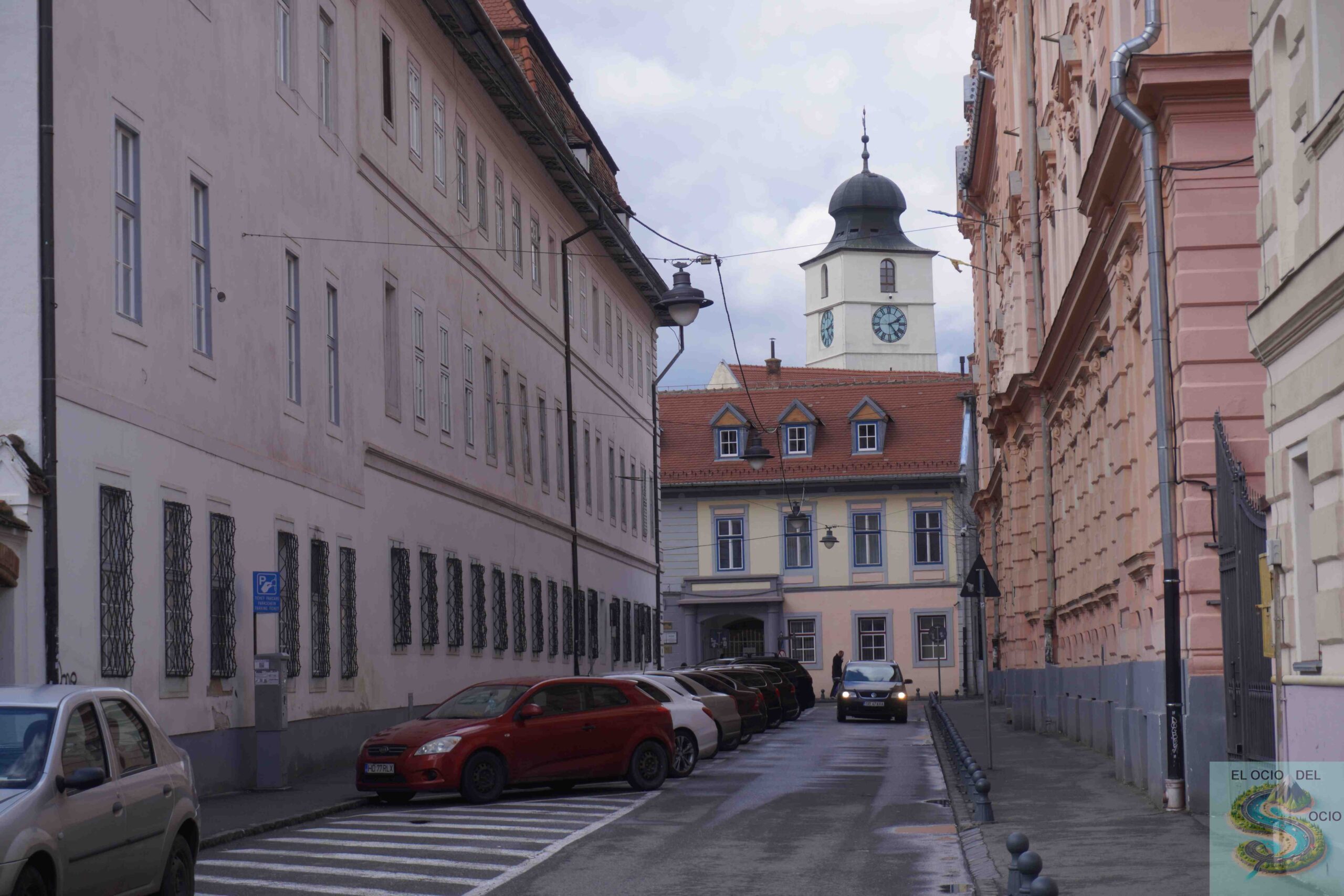
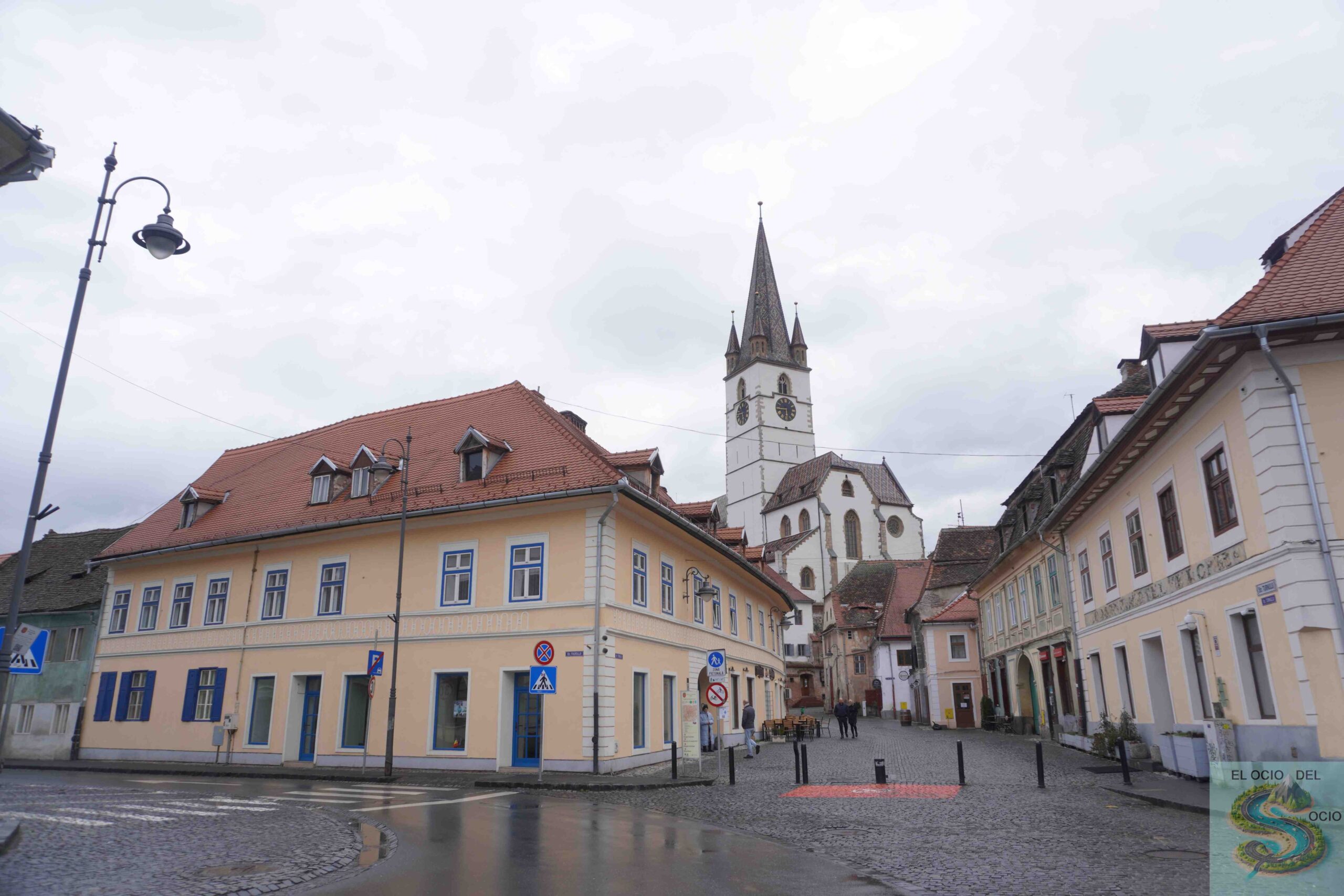
4. Astra National Museum
The Astra National Museum is an outdoor museum in Sibiu that shows the traditional Romanian life. With over 300 historical buildings, including houses, churches and mills, the museum offers a window to the rural past of Romania. Visitors can explore local customs and traditions while enjoying a beautiful natural environment.
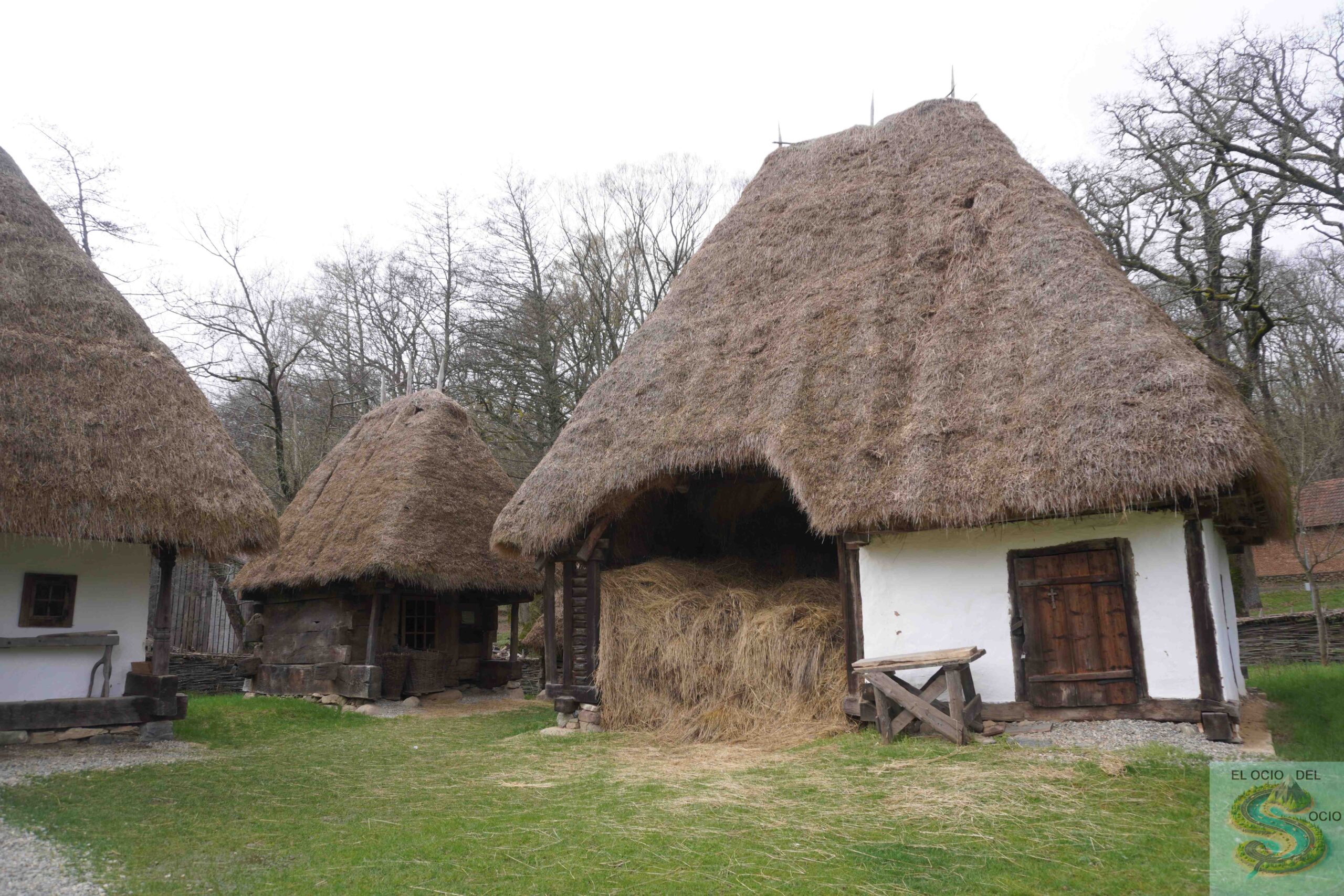

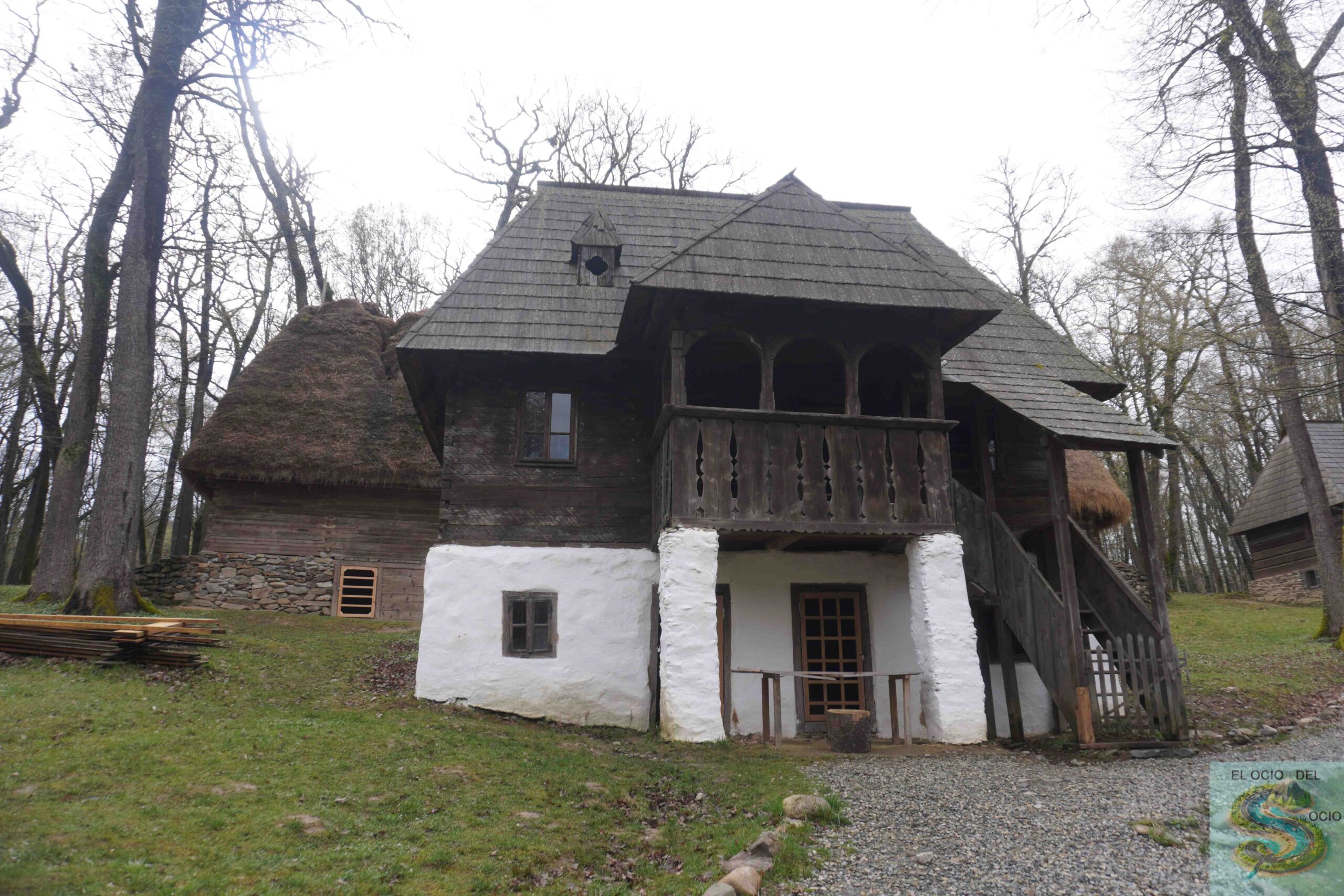
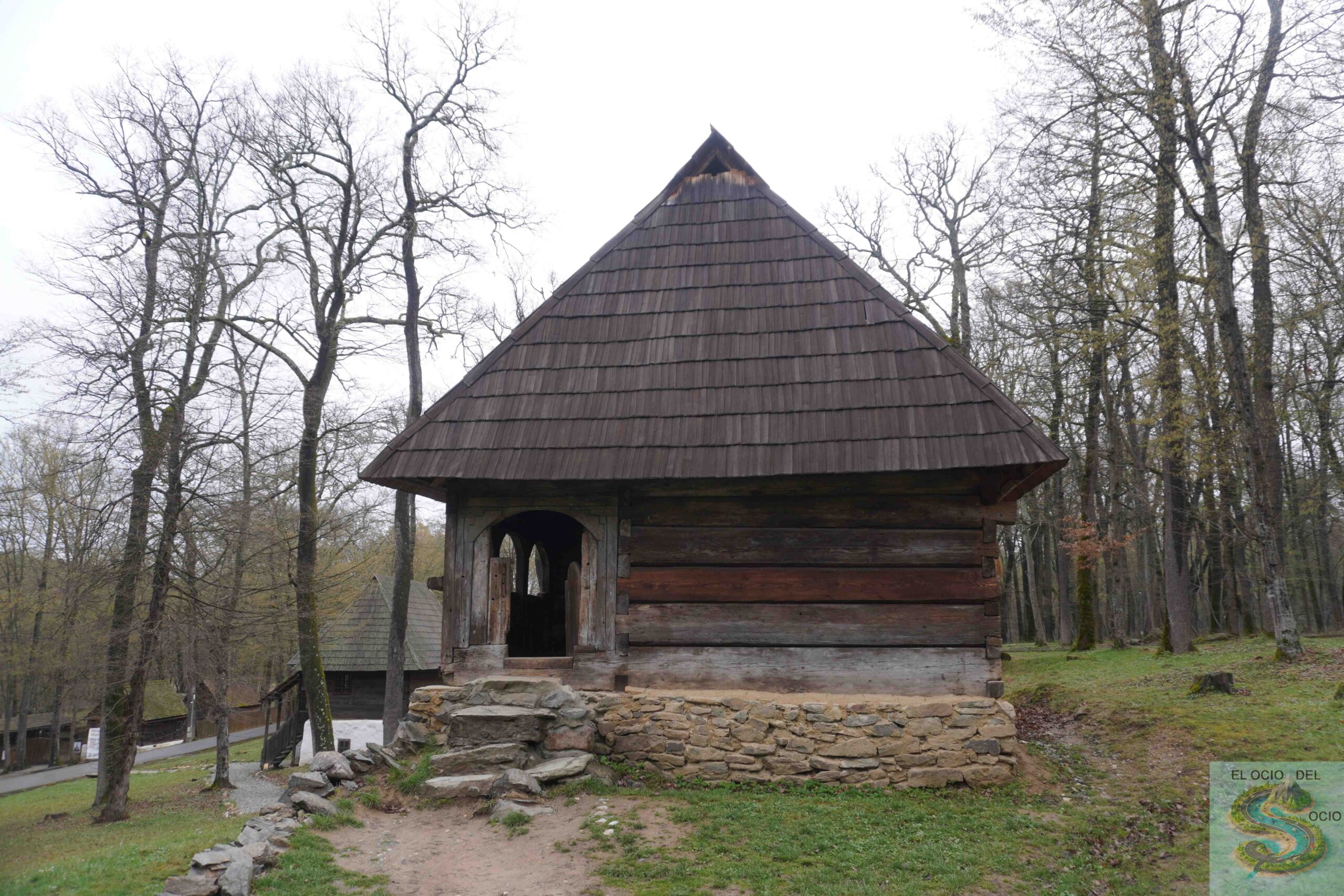
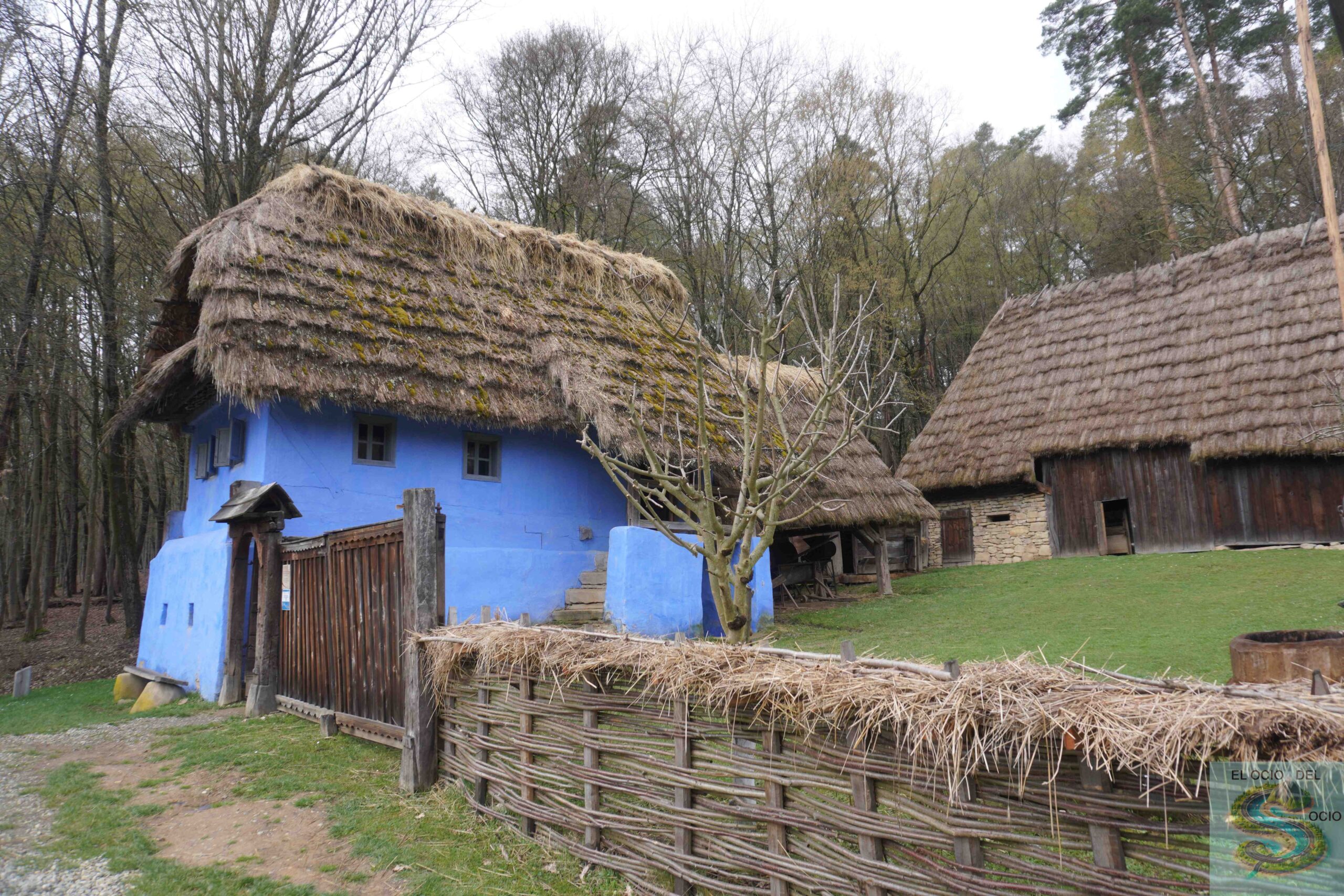
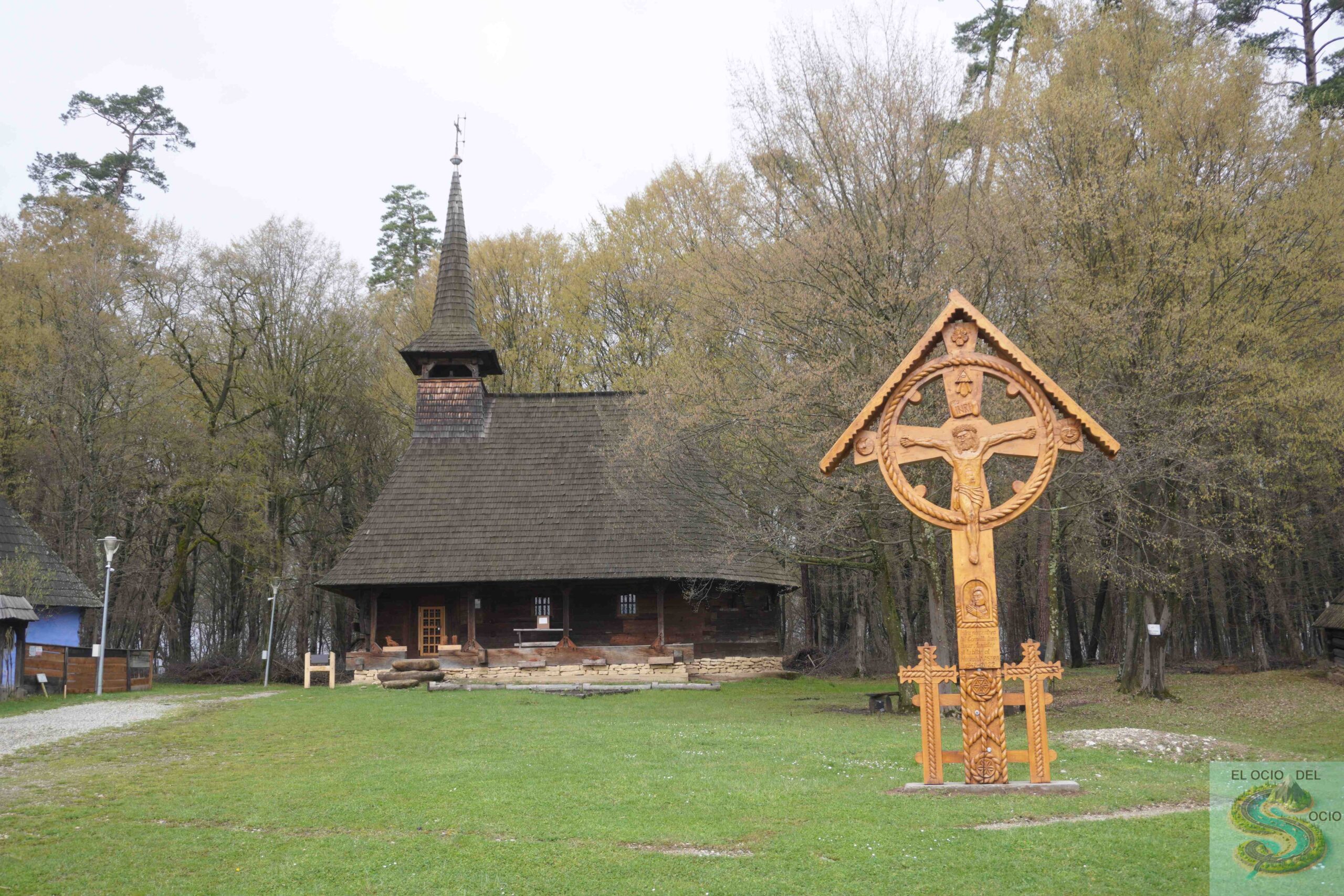
5. Fortified Church of Vișcri
The Fortified Church of Vișcri is a perfect example of the Saxon fortifications. Built in the 13th century, this church is famous for its unique architecture and for being one of the favorite places of Prince Charles. Surrounded by walls and defensive towers, the church offers a fascinating view of the history and culture of the Saxons in Transylvania.
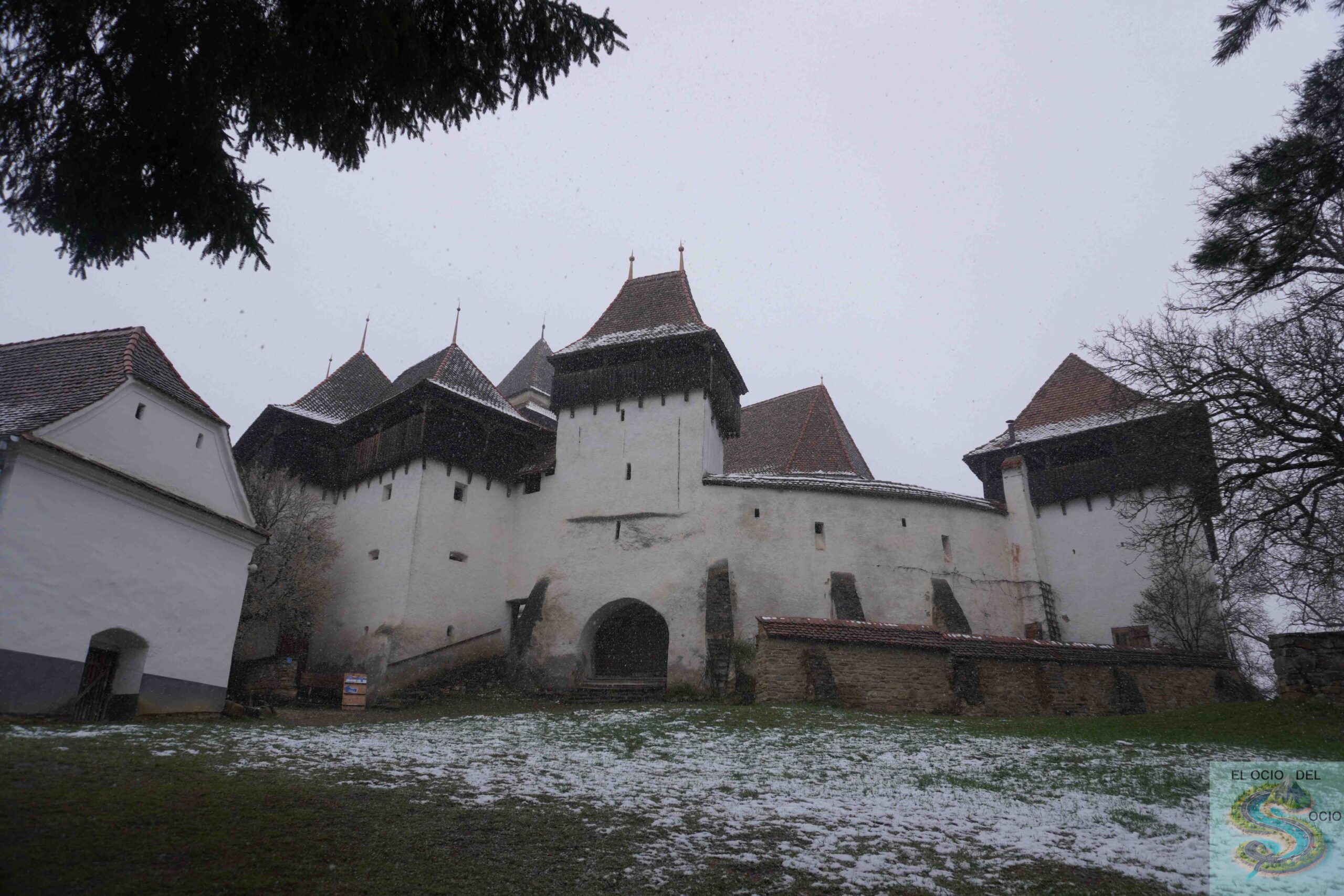
6. Sighișoara
Sighișoara, the hometown of Vlad el Empalador, is one of the best preserved medieval cities in Europe. Its old town, World Heritage by UNESCO, is full of colorful Saxon-style houses, steep streets and historic towers. Don’t miss the Clock Tower, the Church in the Hill and the house where Vlad the Empalator was born.
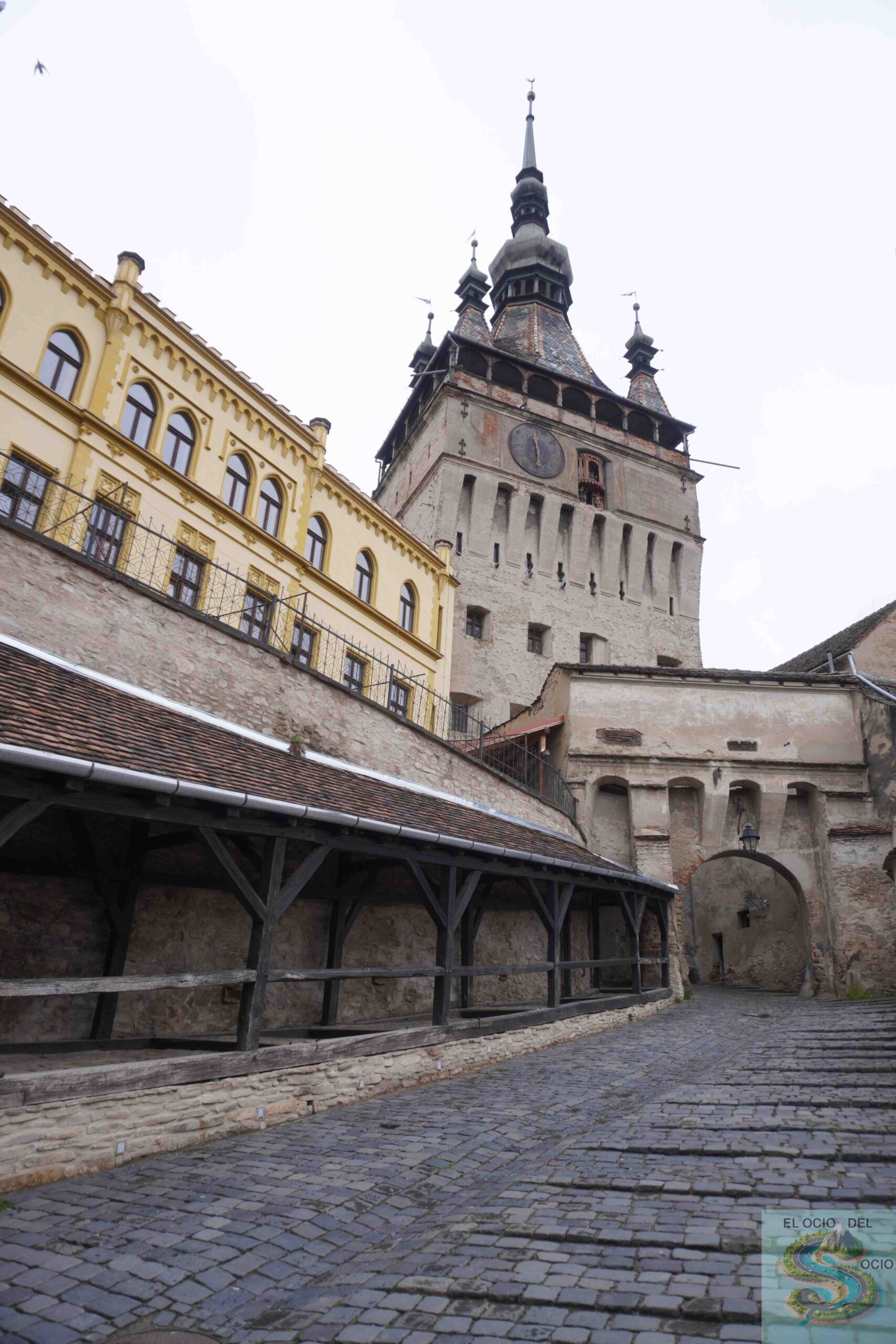
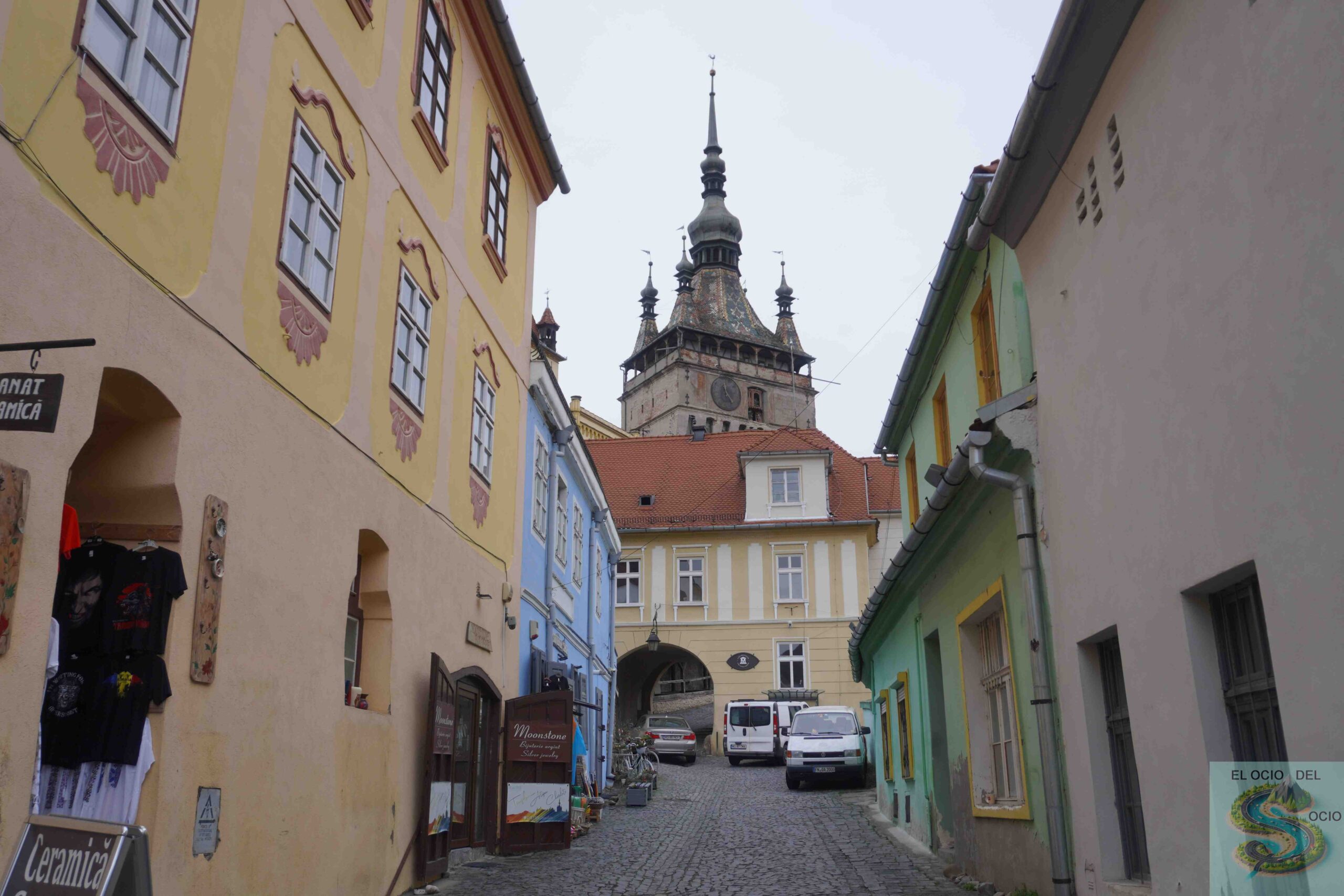
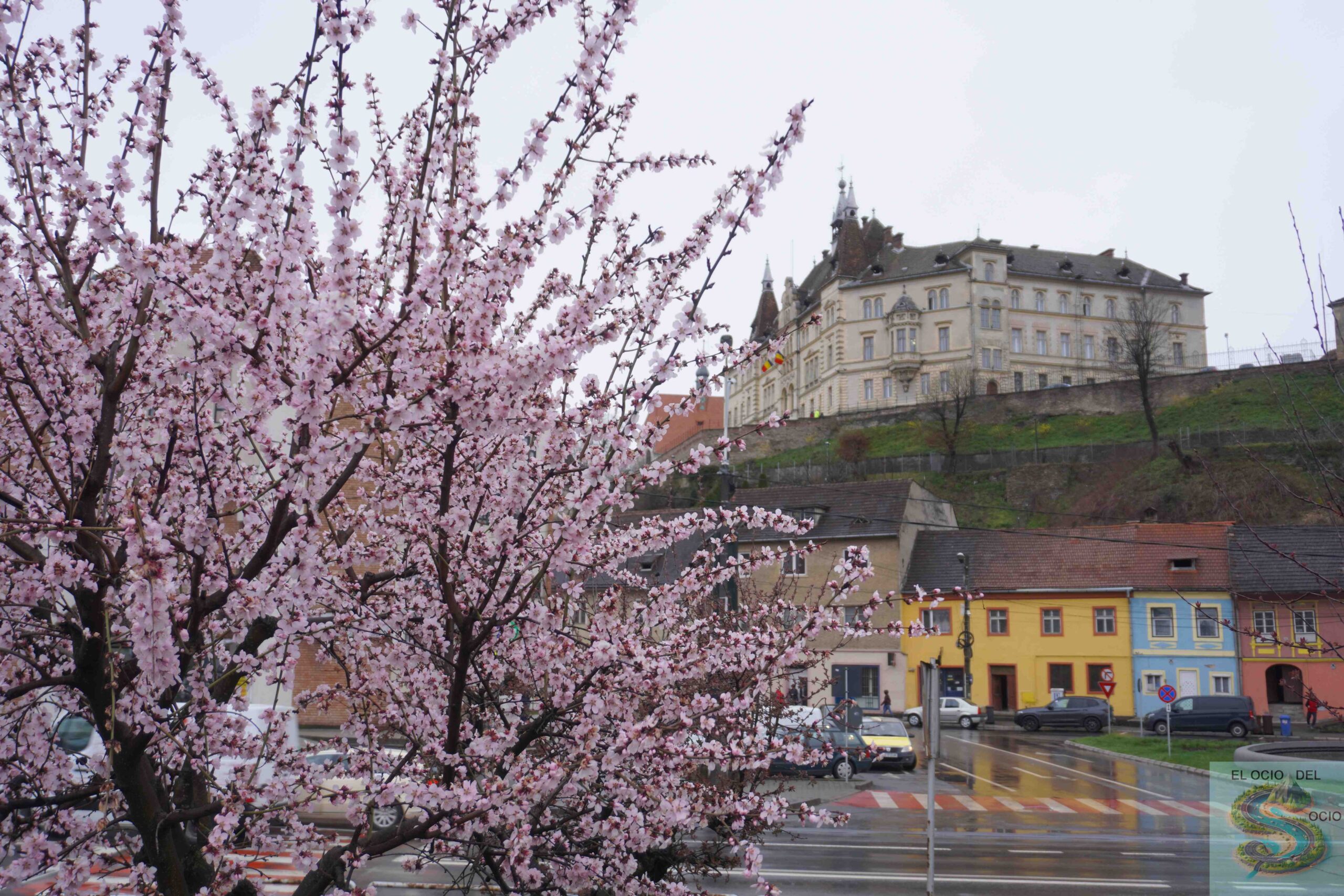
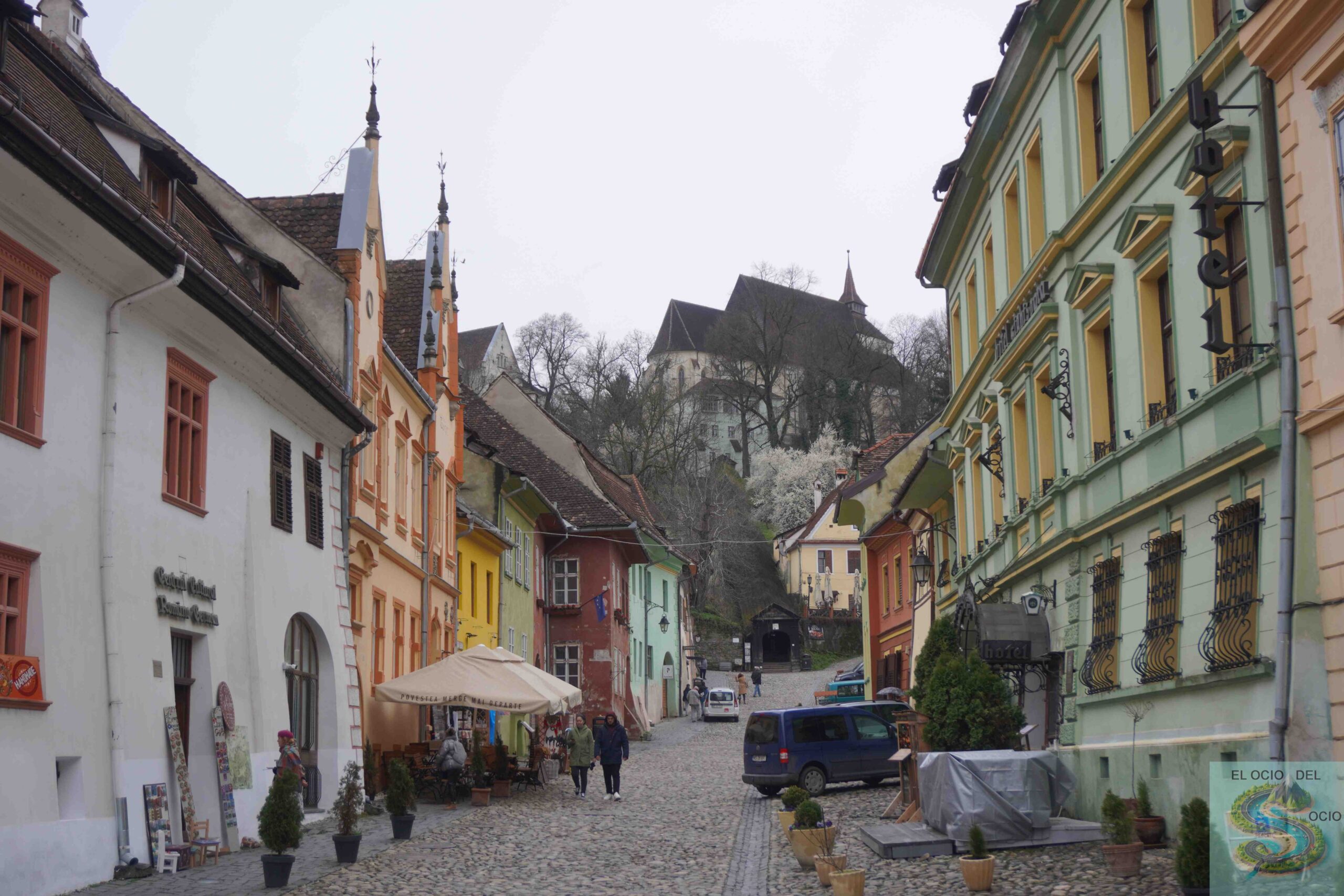
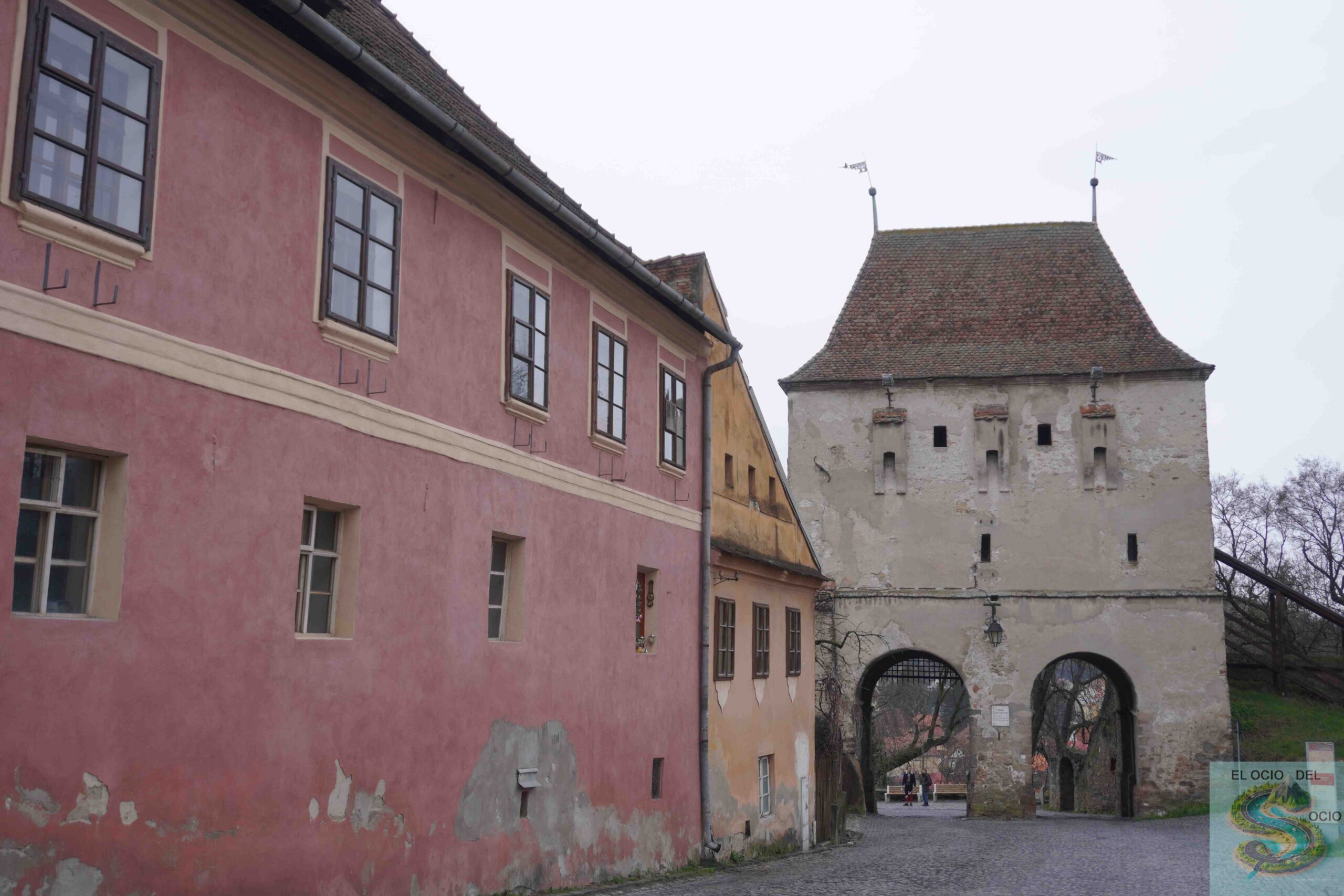
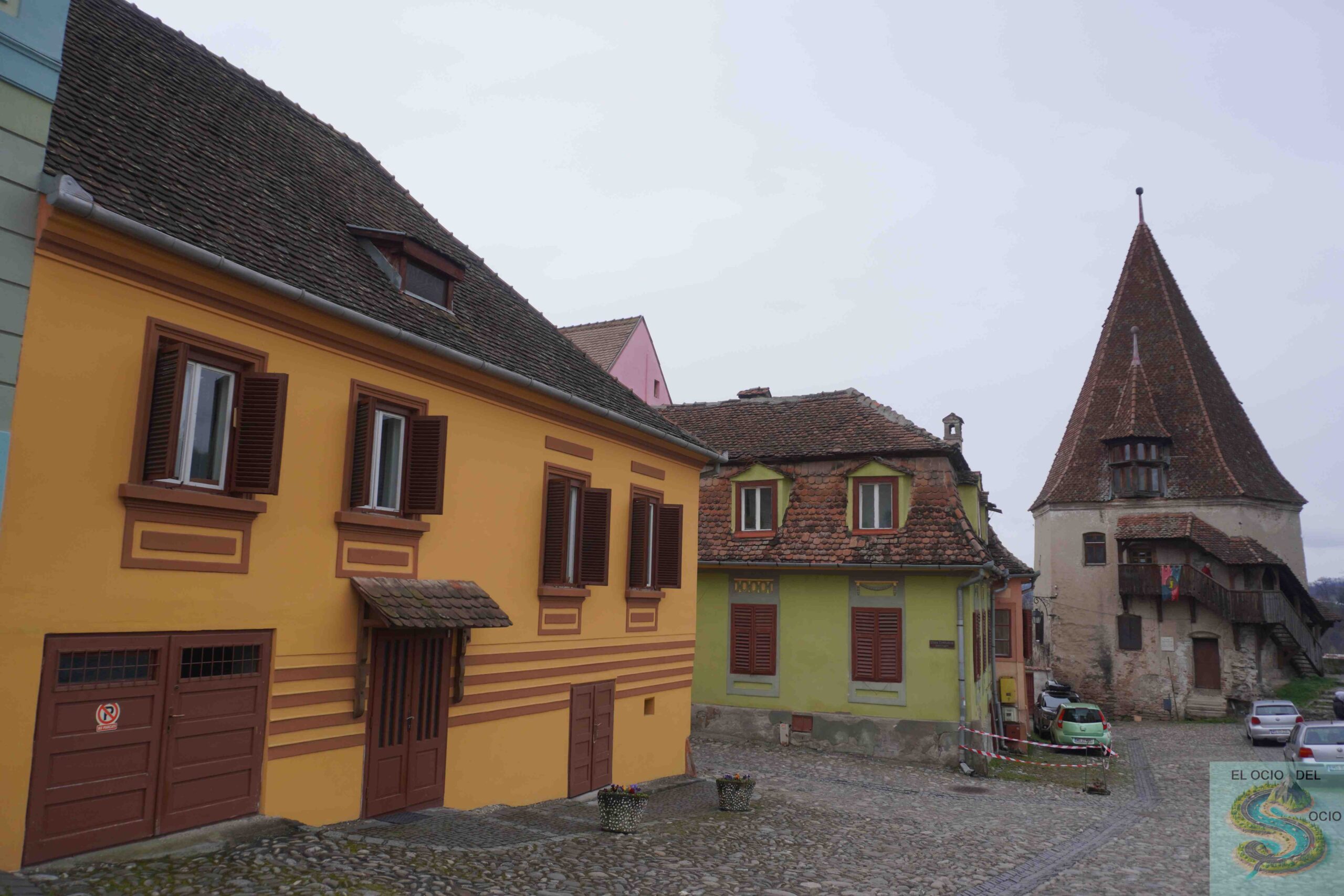
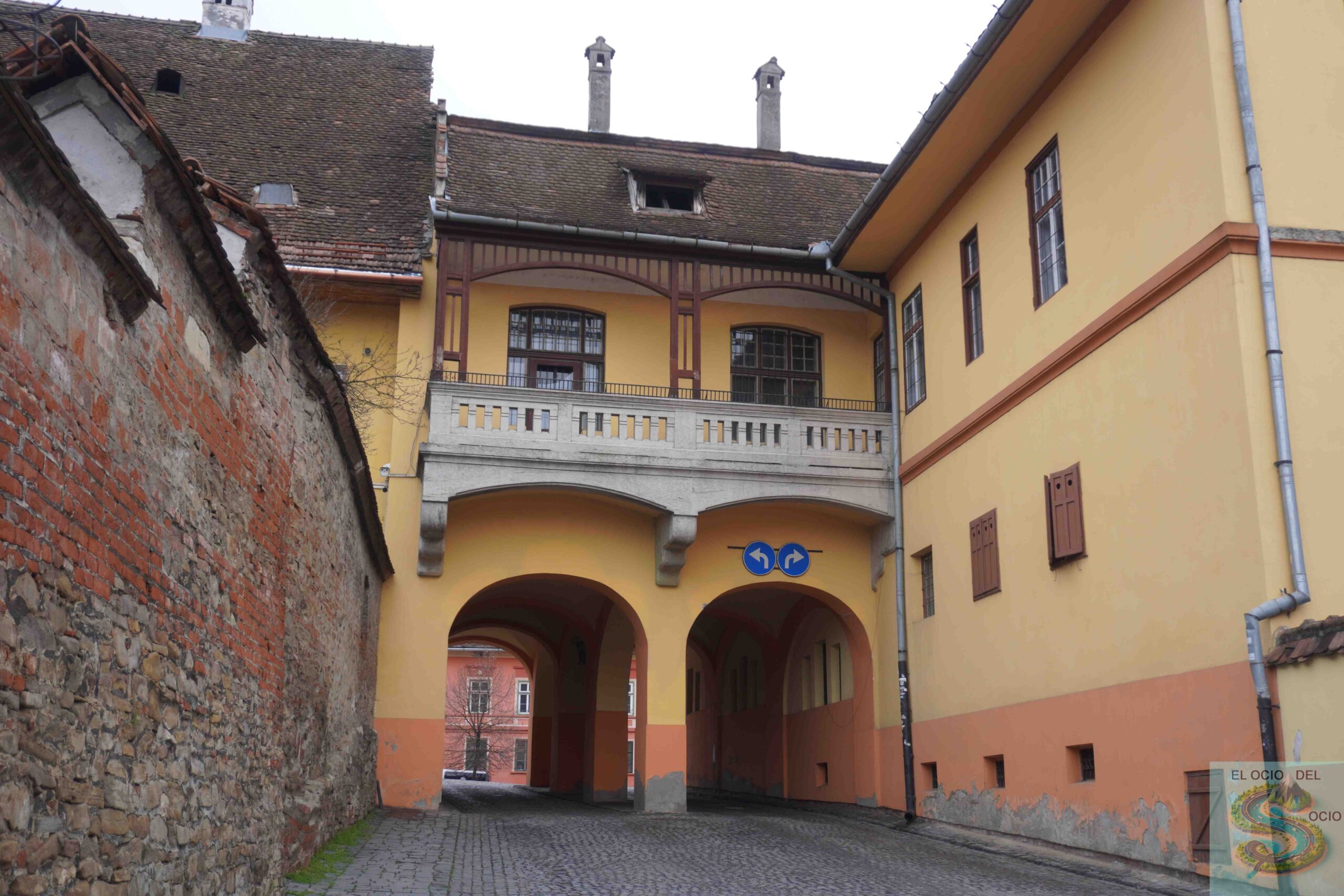
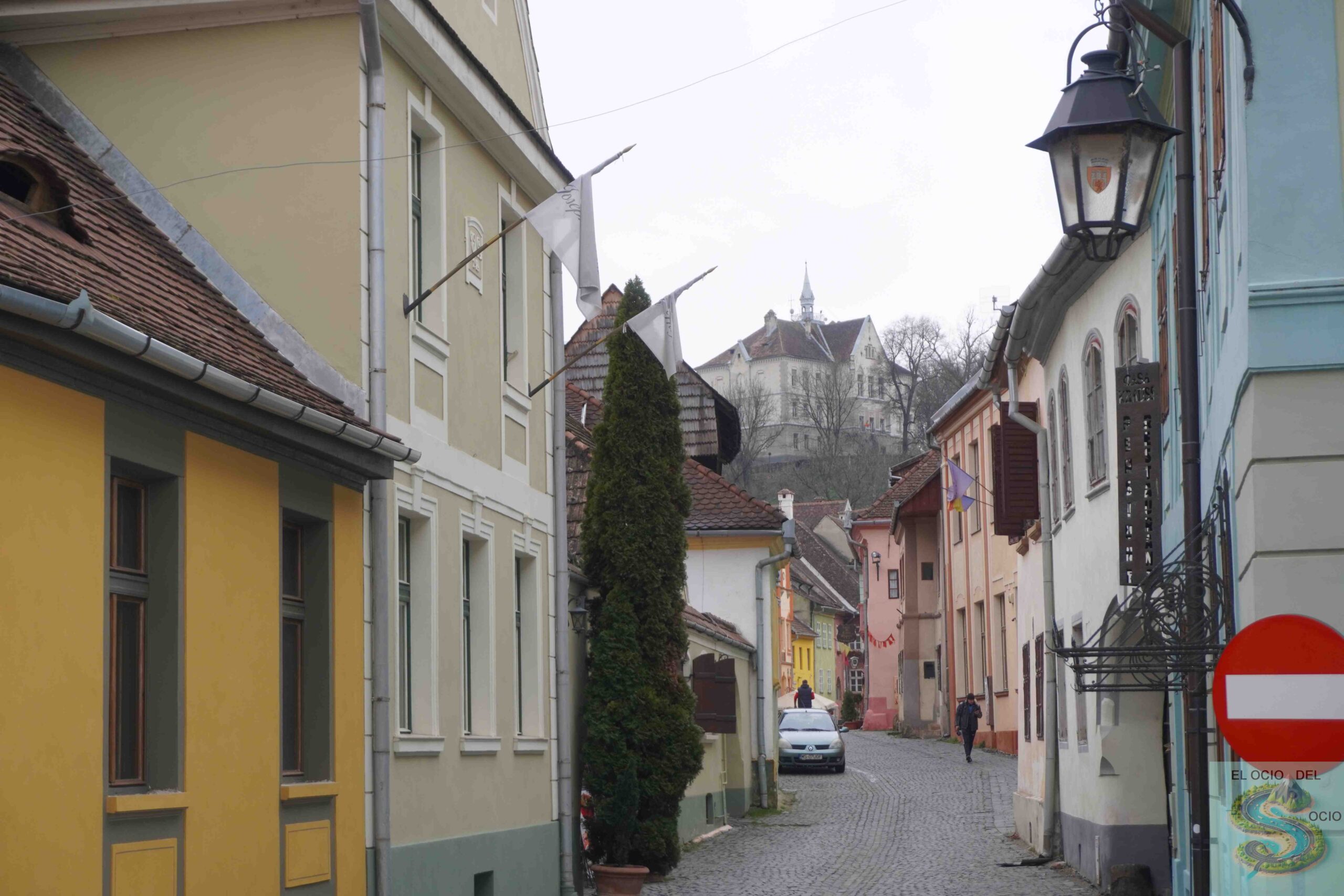
7. Rupea Fortress
The Rupea Fortress is a historic fortress located on a hill with impressive views. Built in the 14th century, the fortress has witnessed countless battles and is a great place to learn about the history of the region. Visitors can explore their towers, walls and courtyards, while enjoying panoramic views of the surrounding landscape.
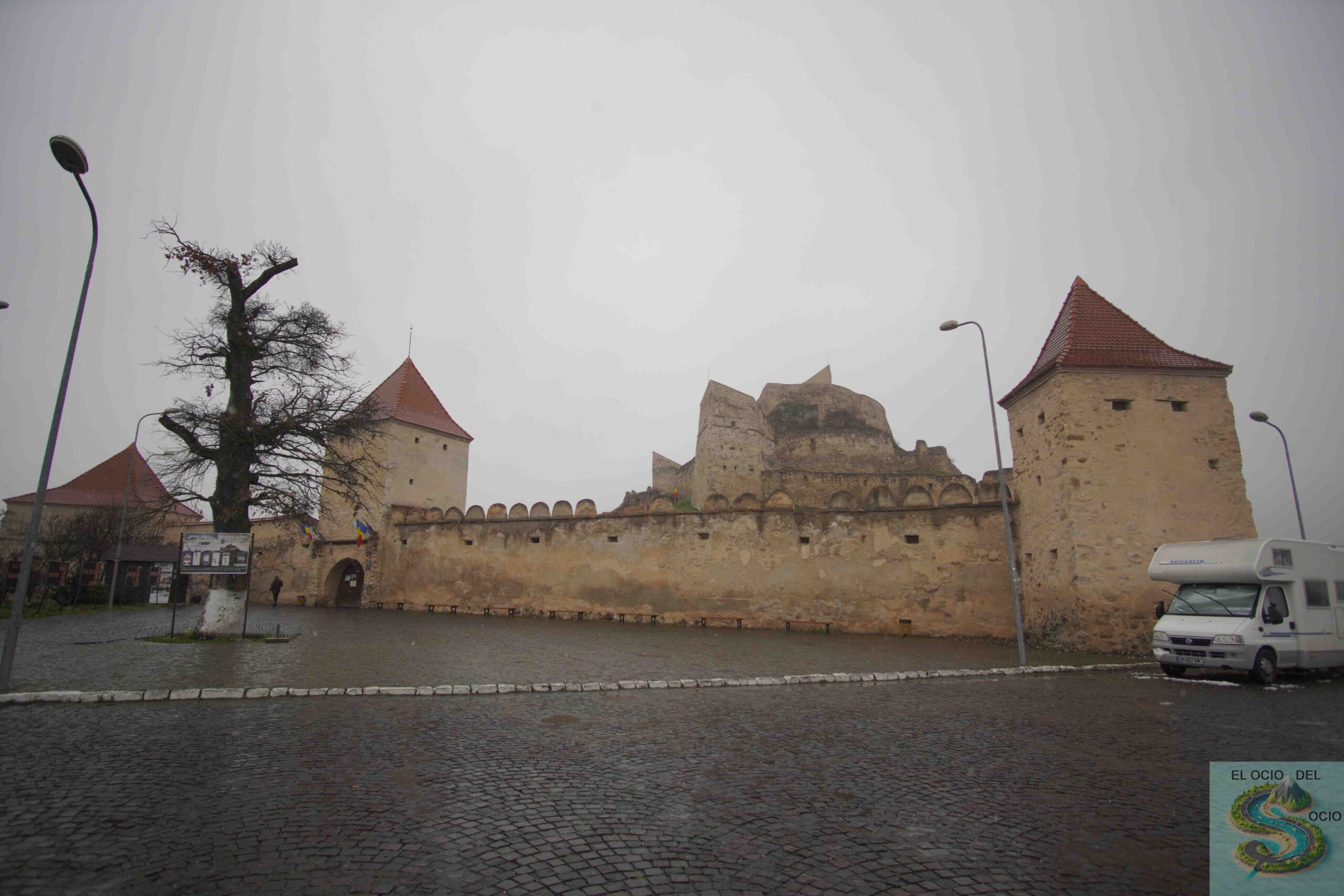
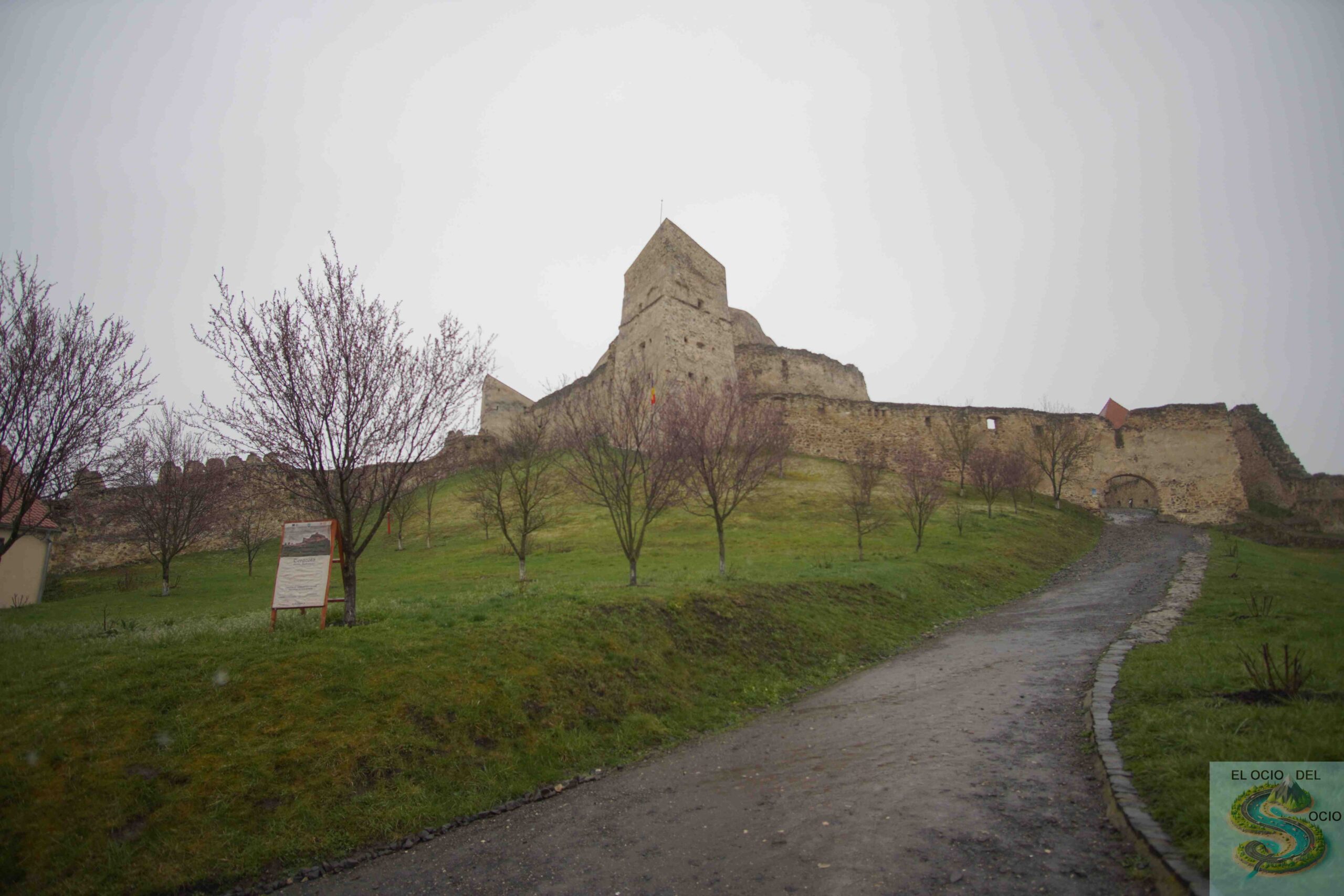
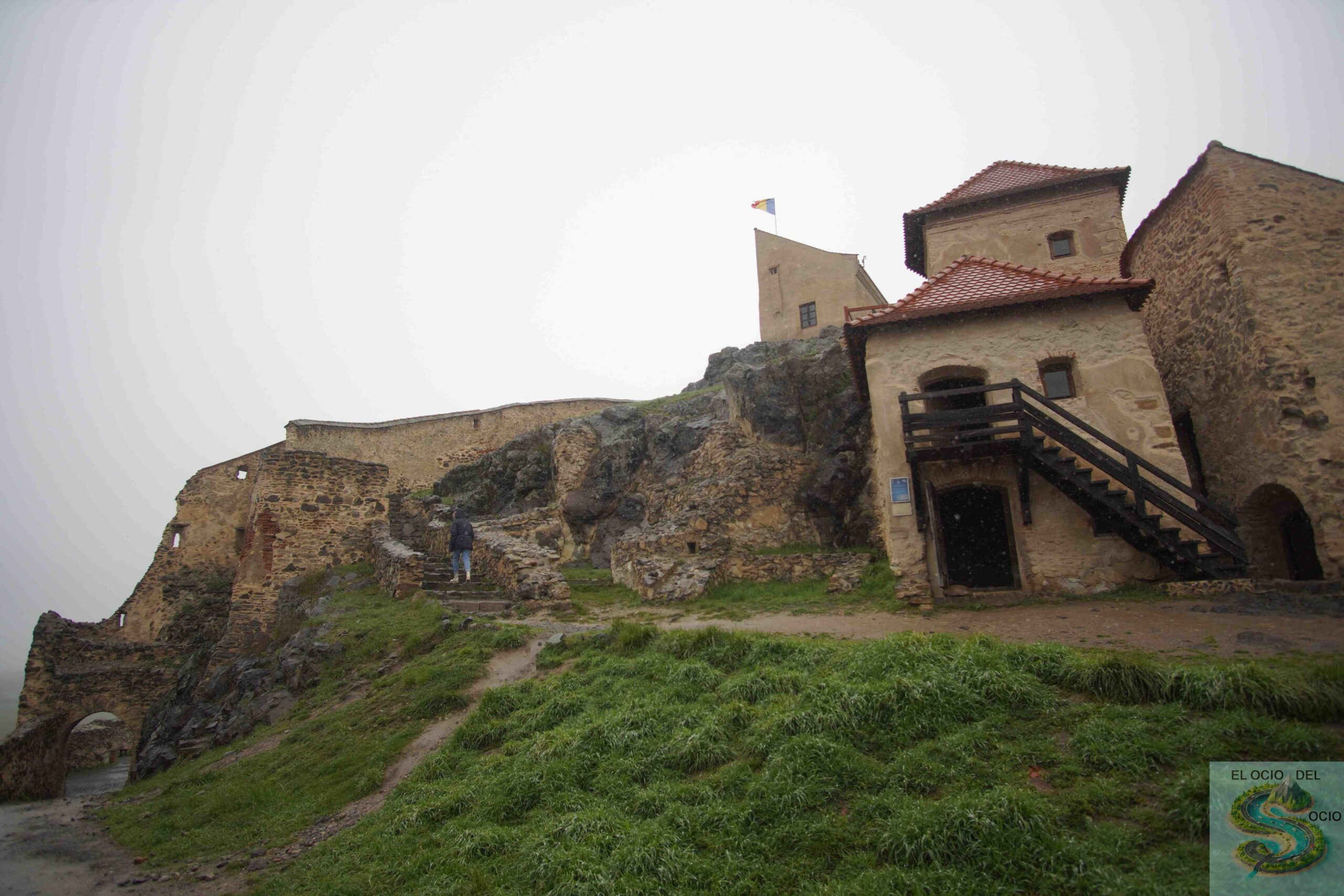
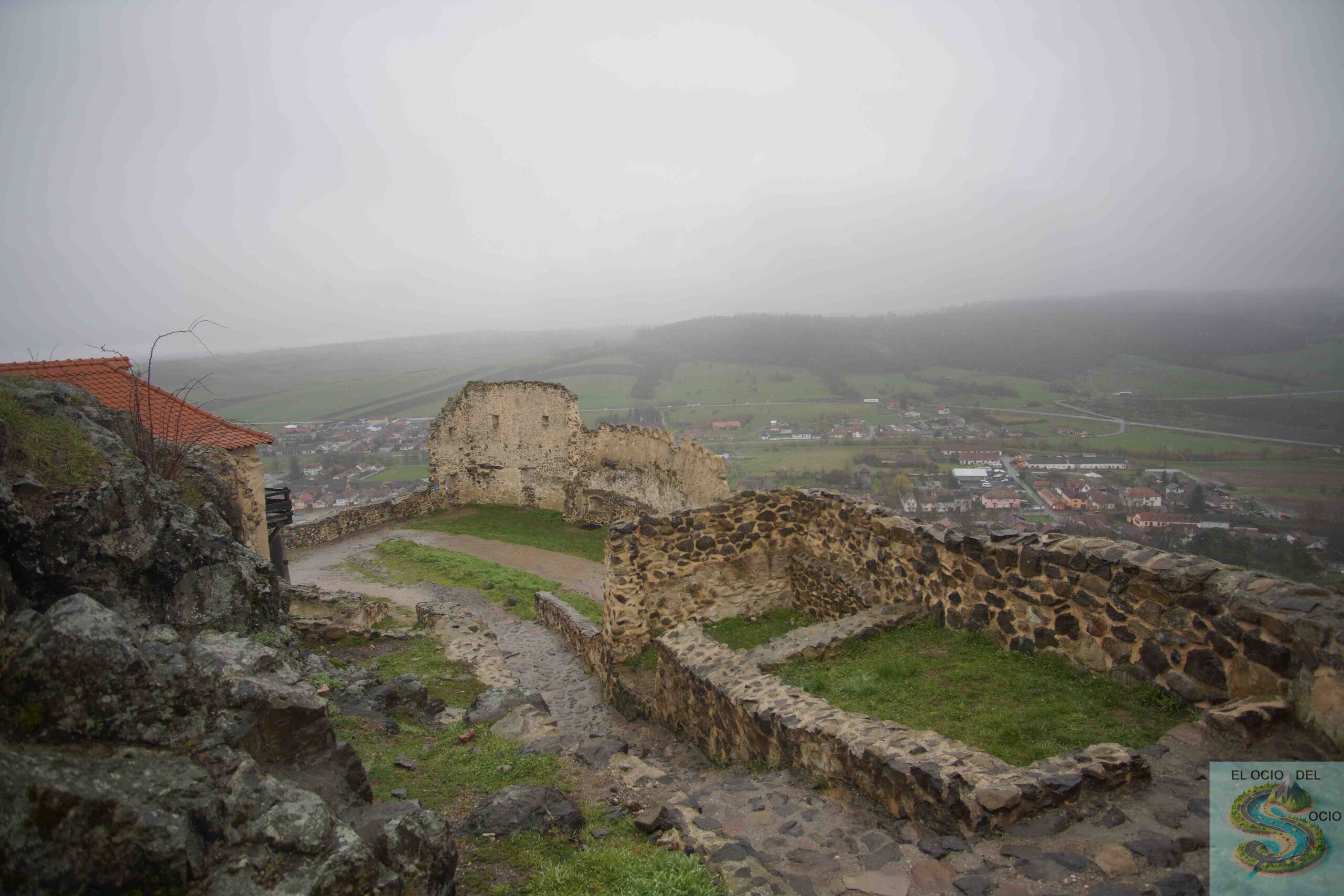
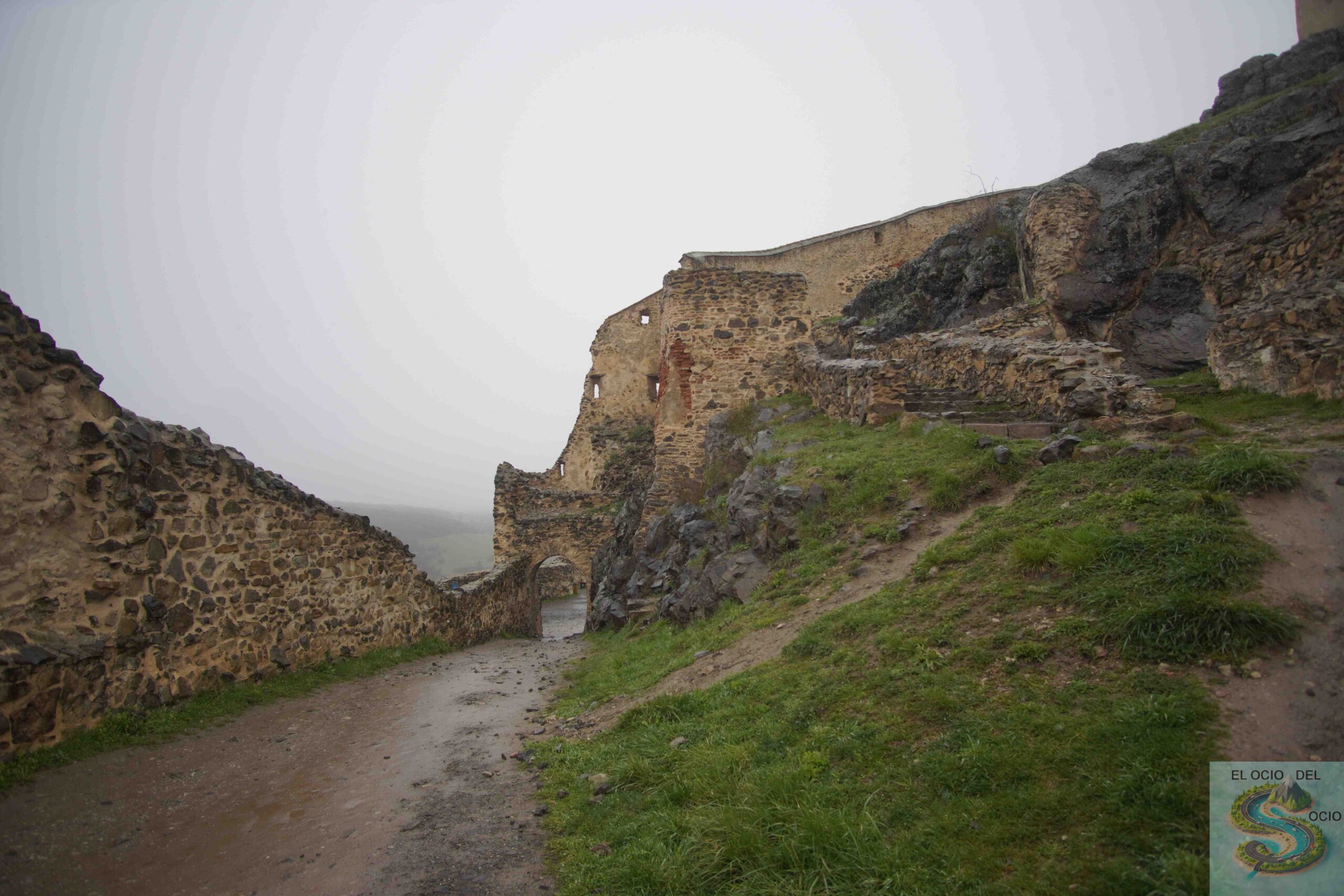
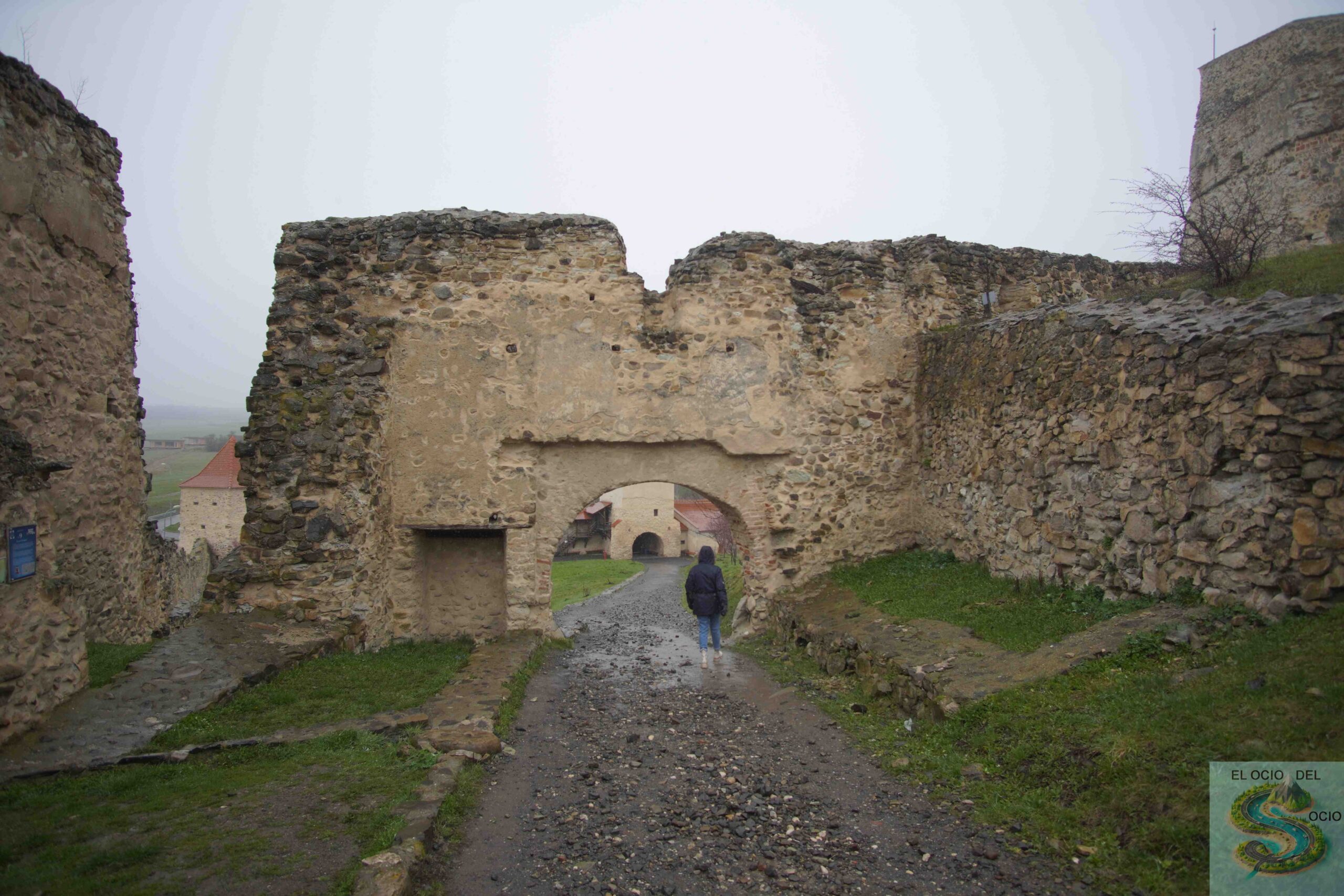
8. Brașov
Brașov is a charming city surrounded by mountains. Founded in the 13th century, its historic centre is full of Gothic architecture, welcoming bars and the famous Black Church, one of the largest Gothic churches in Europe. Brașov is also an ideal starting point for exploring the Carpathos and nearby Bran Castle.
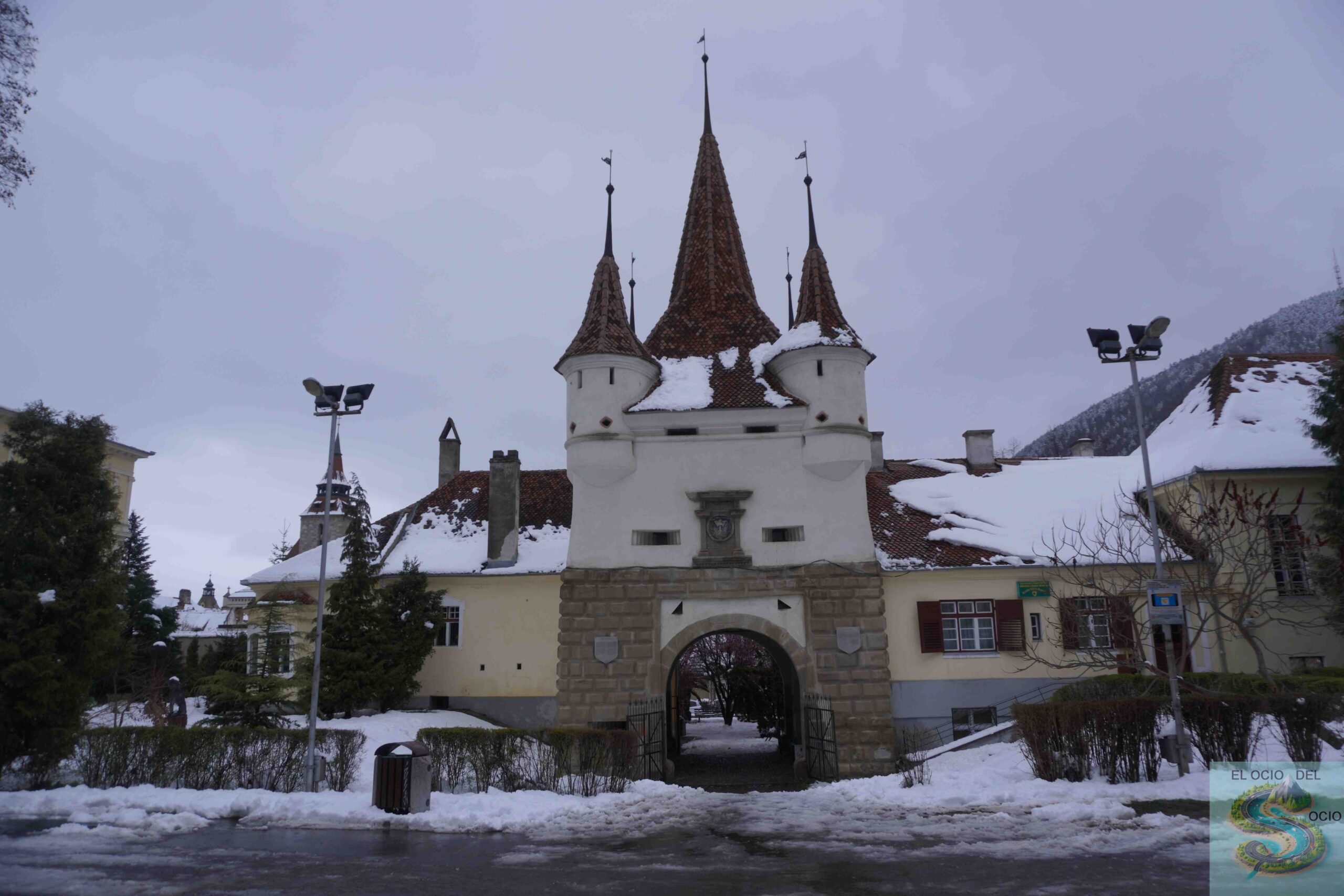
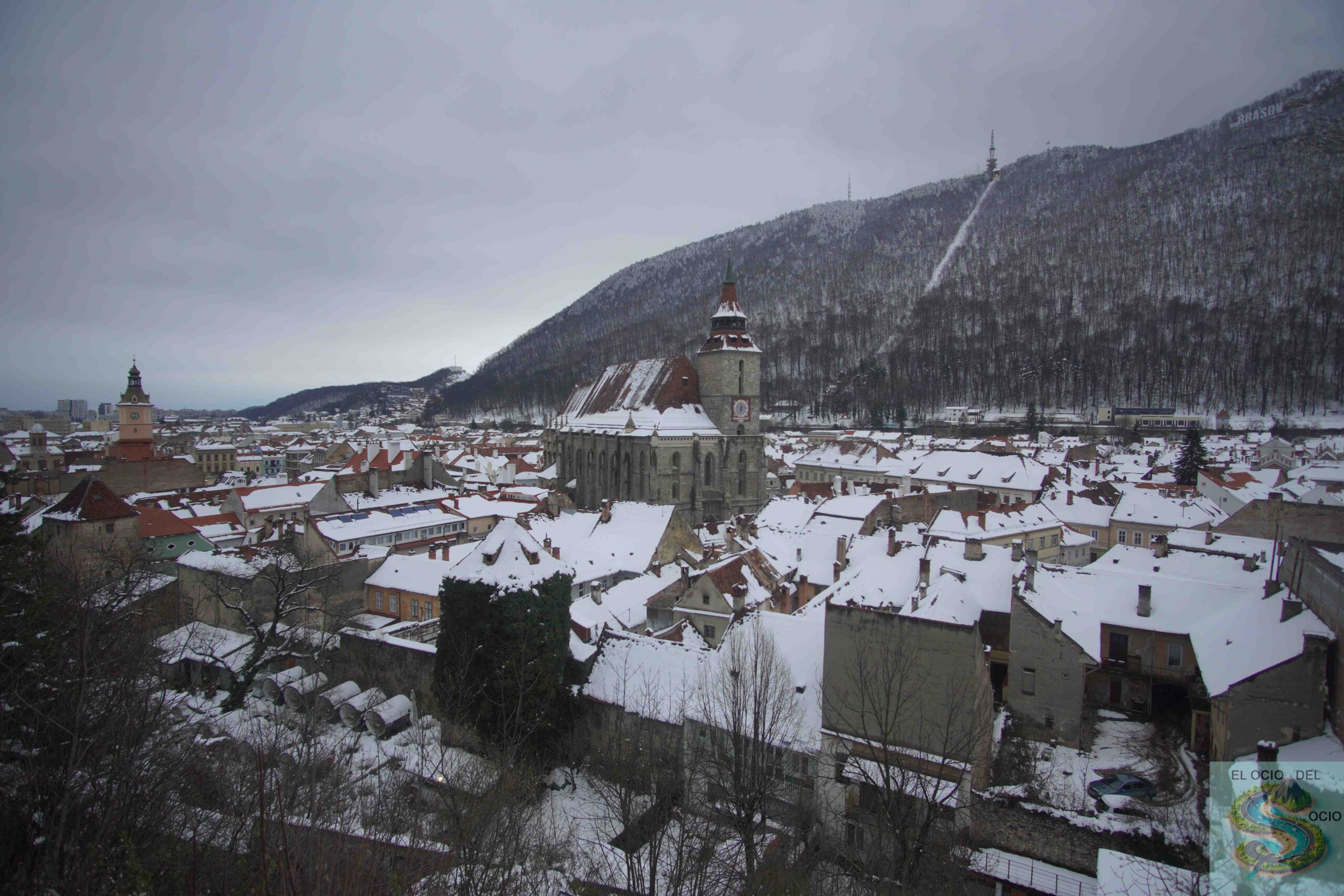

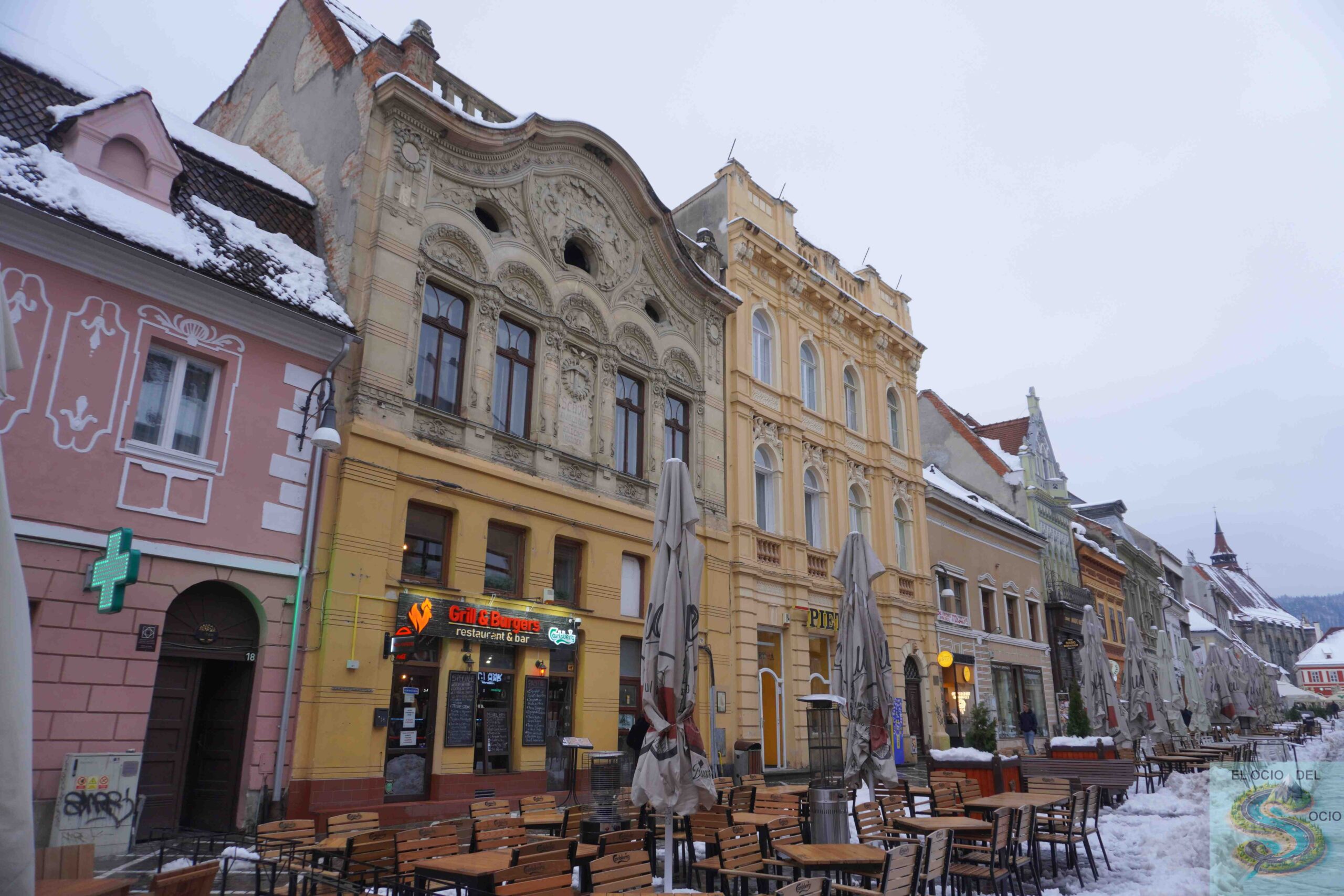
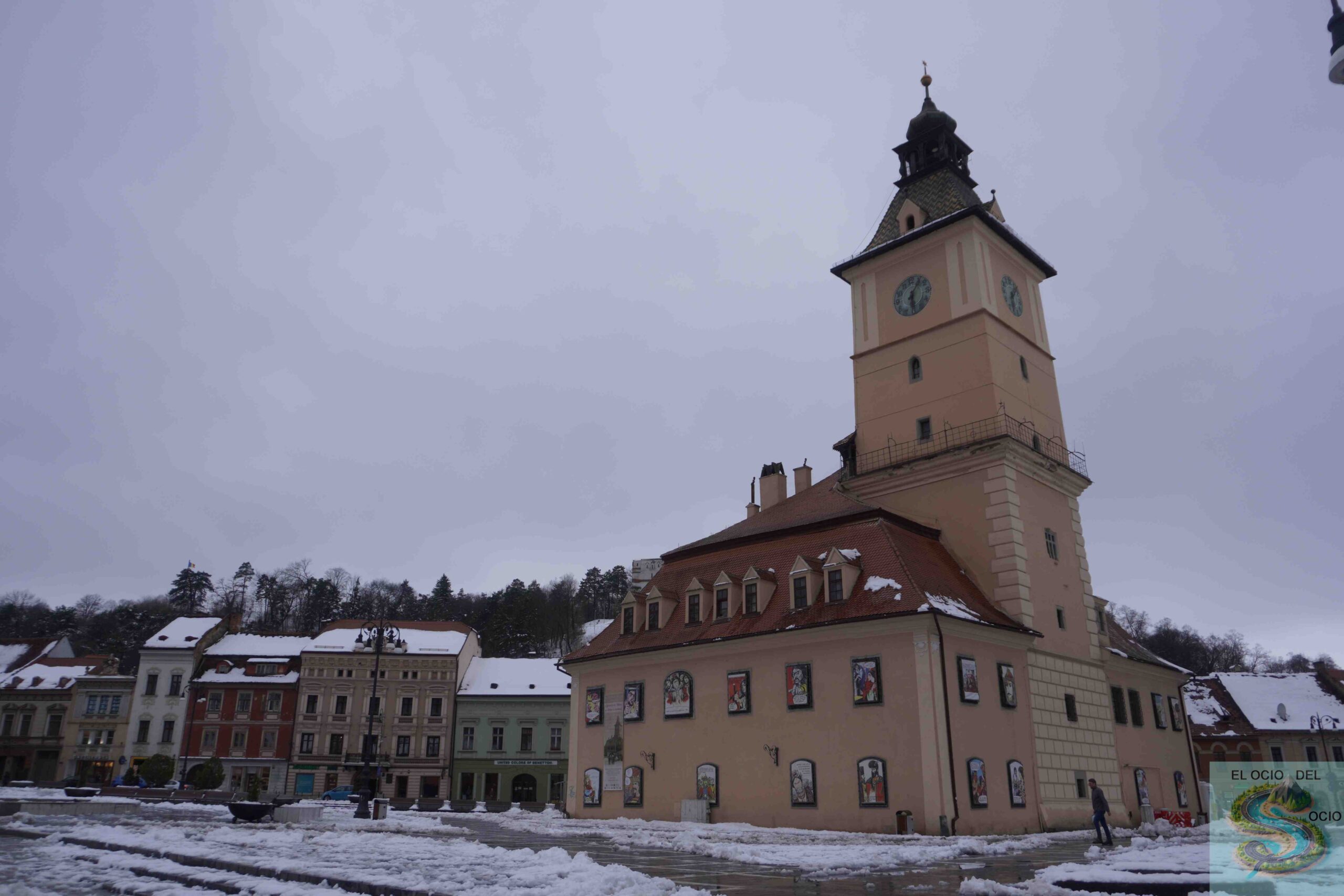
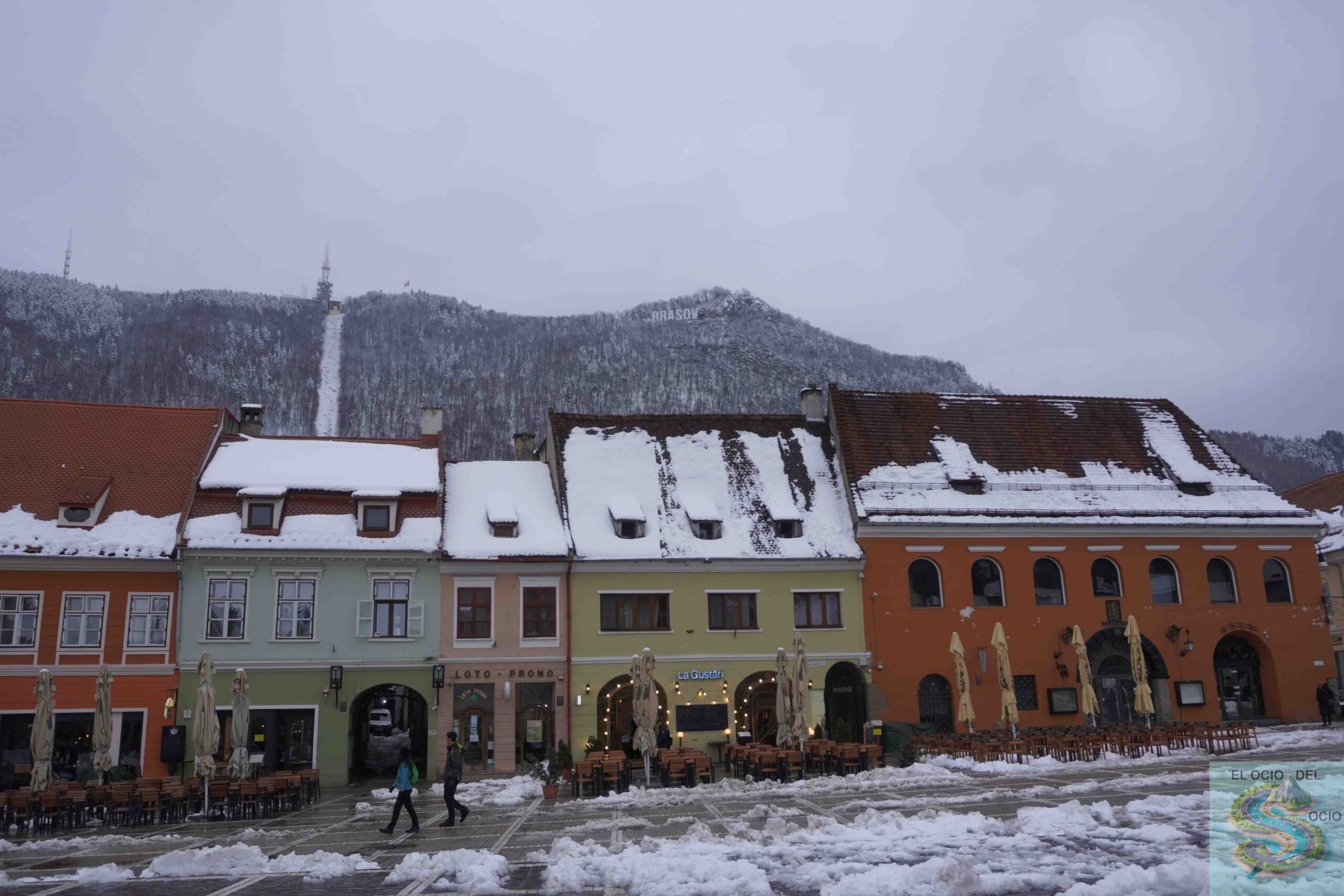

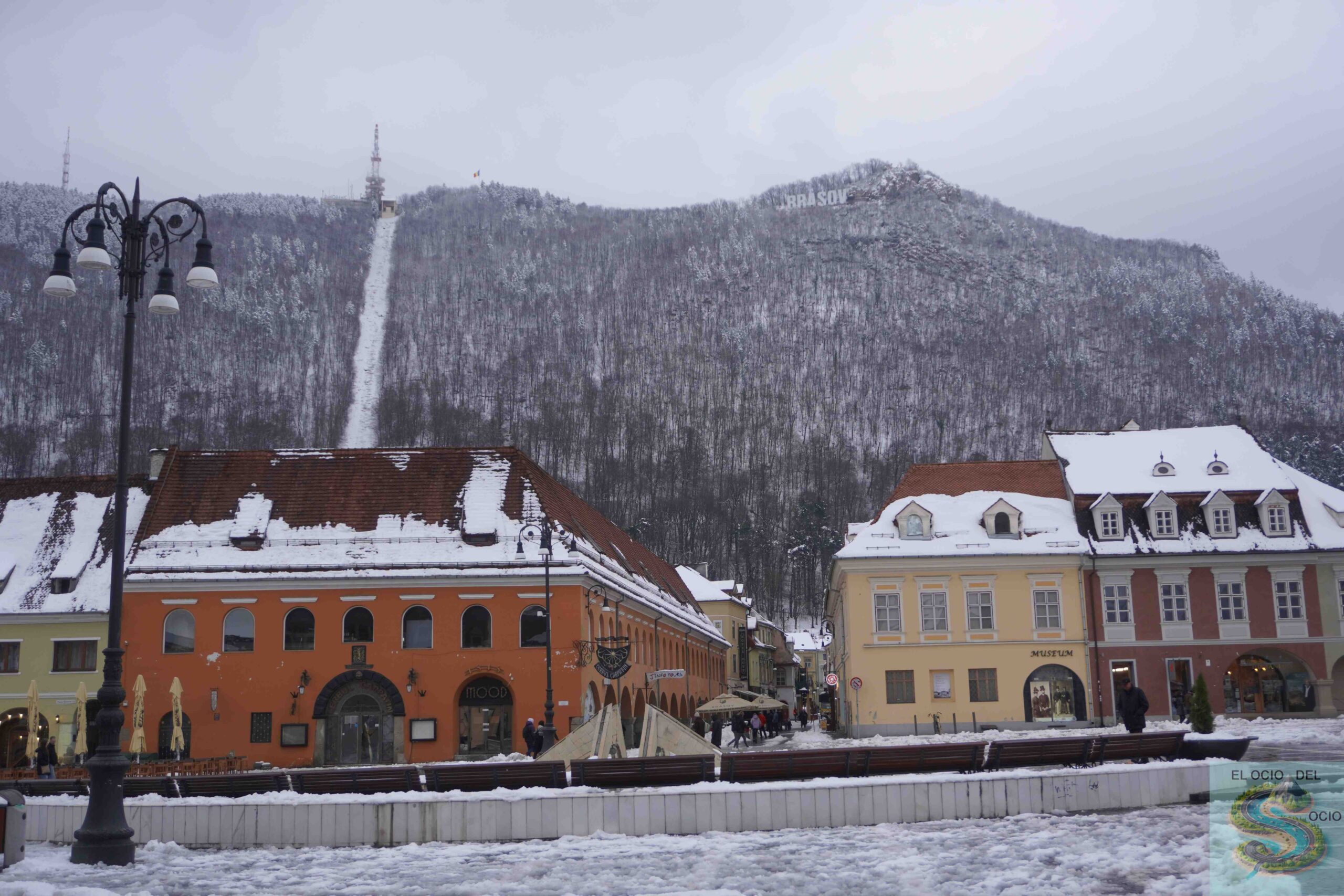
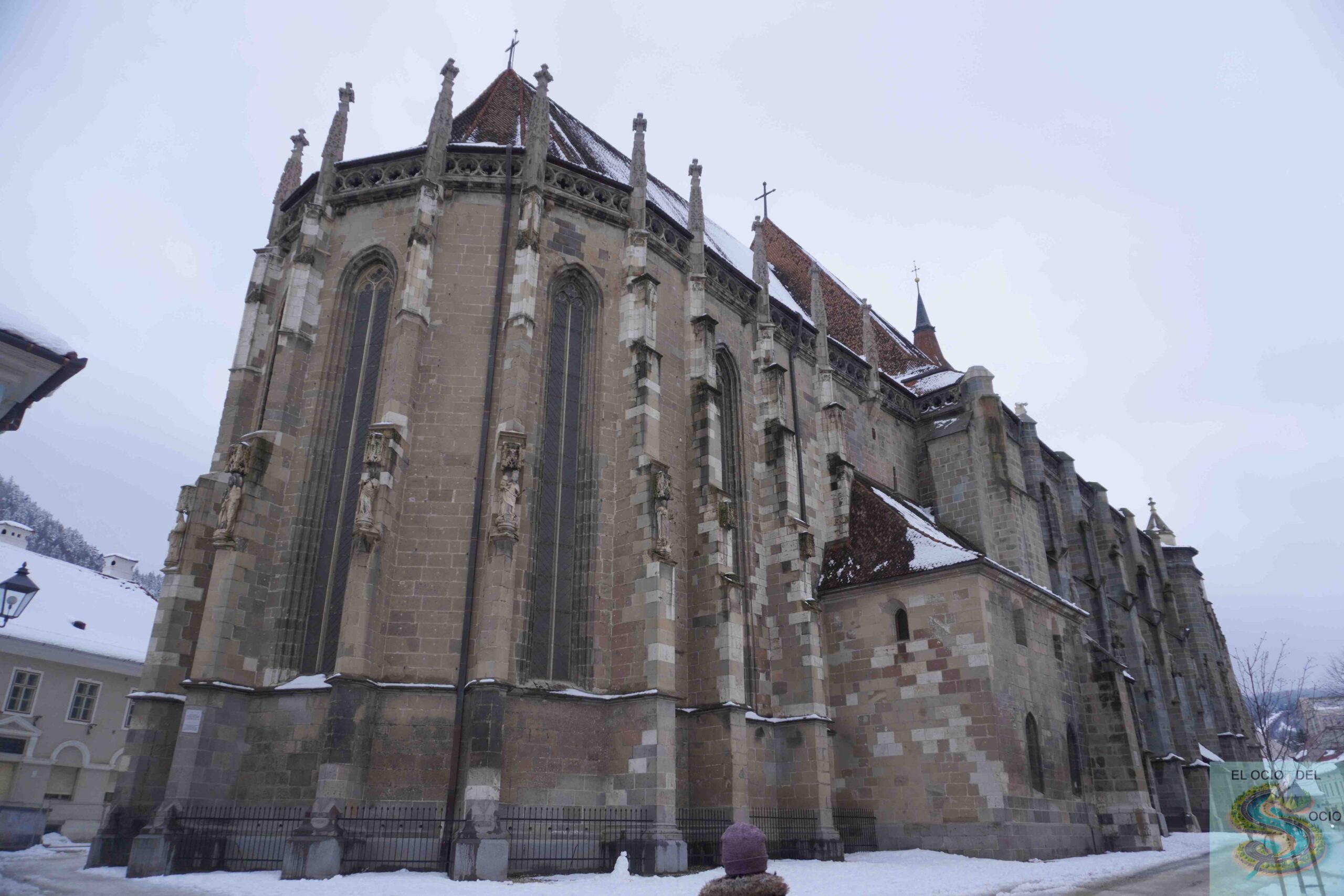
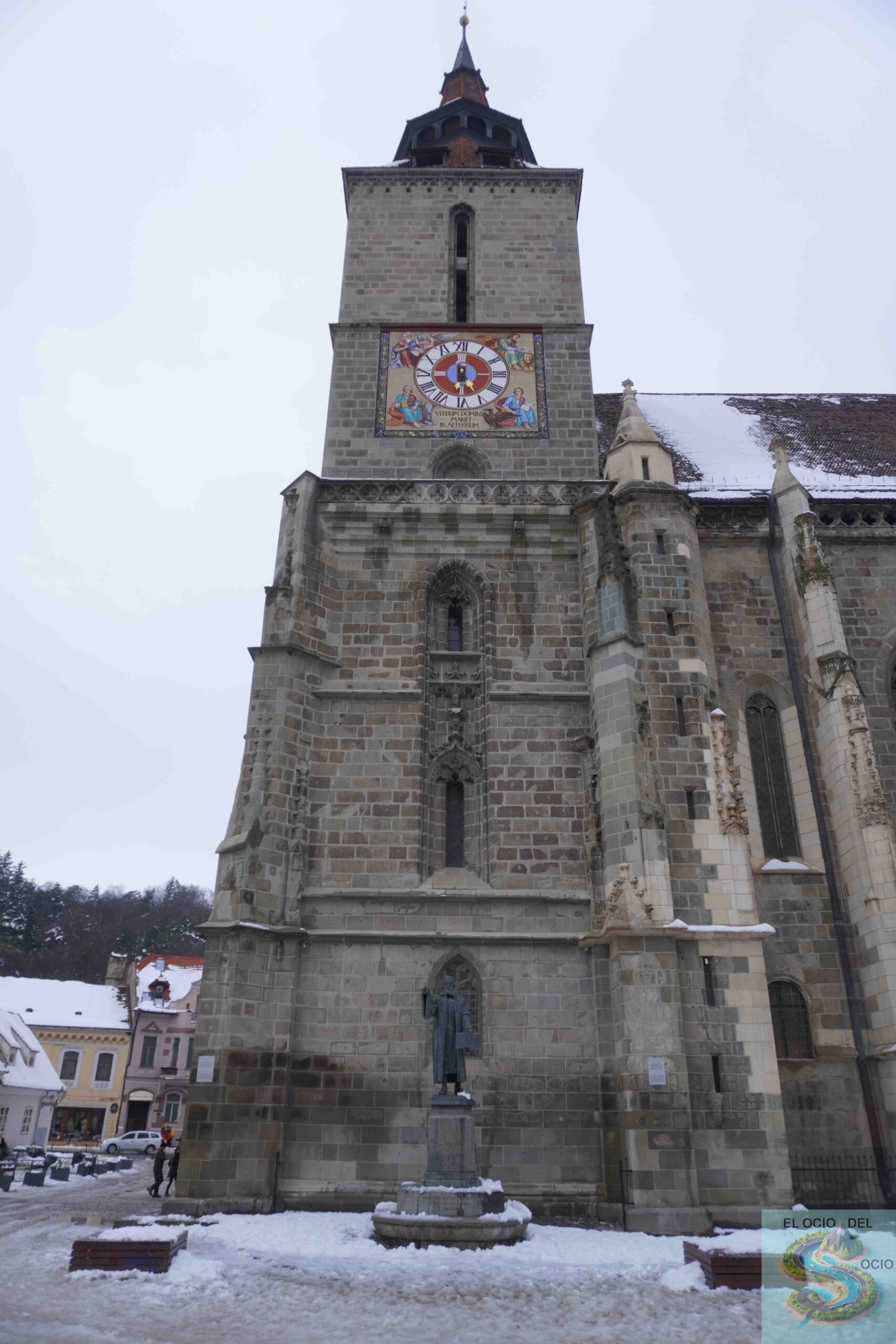
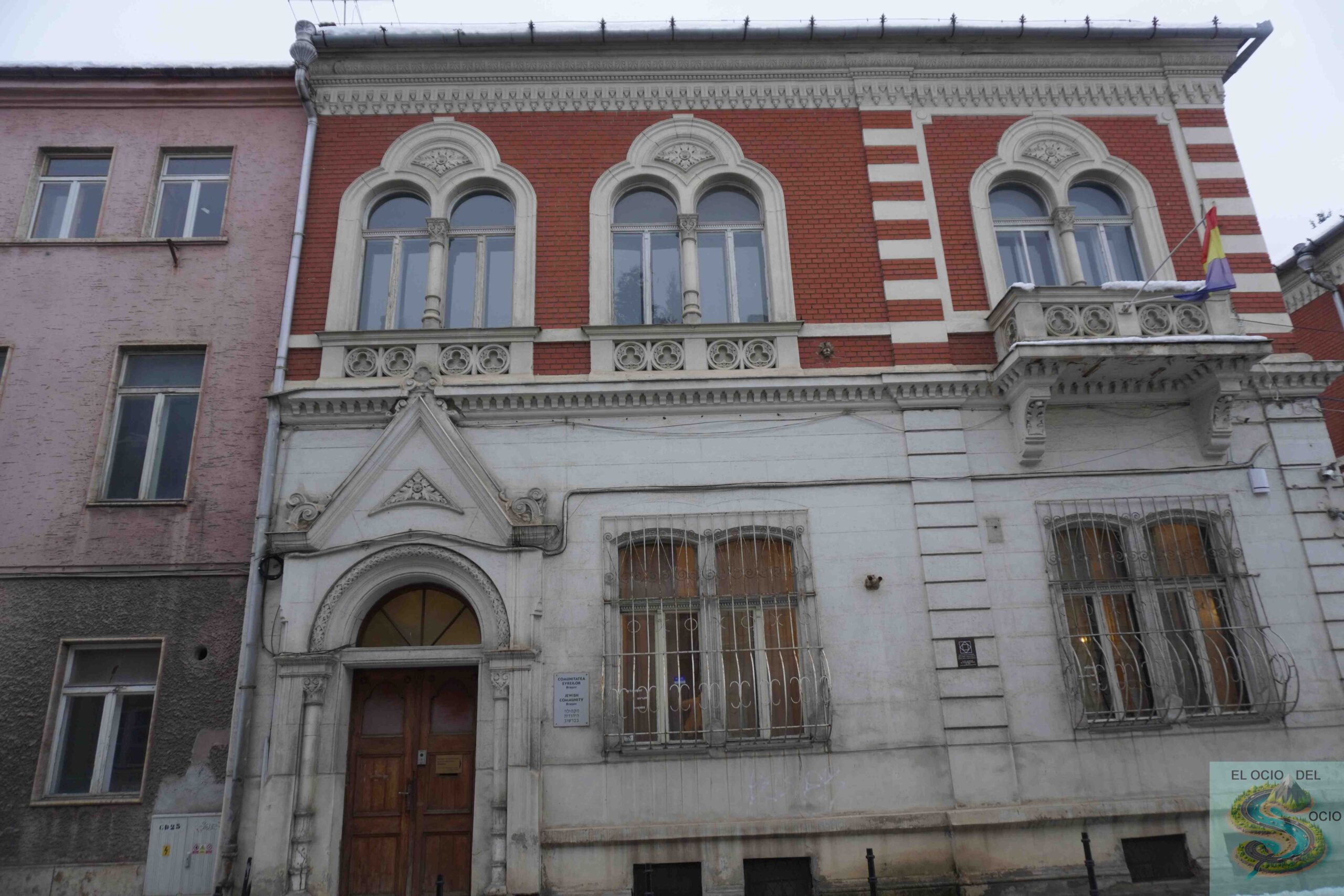
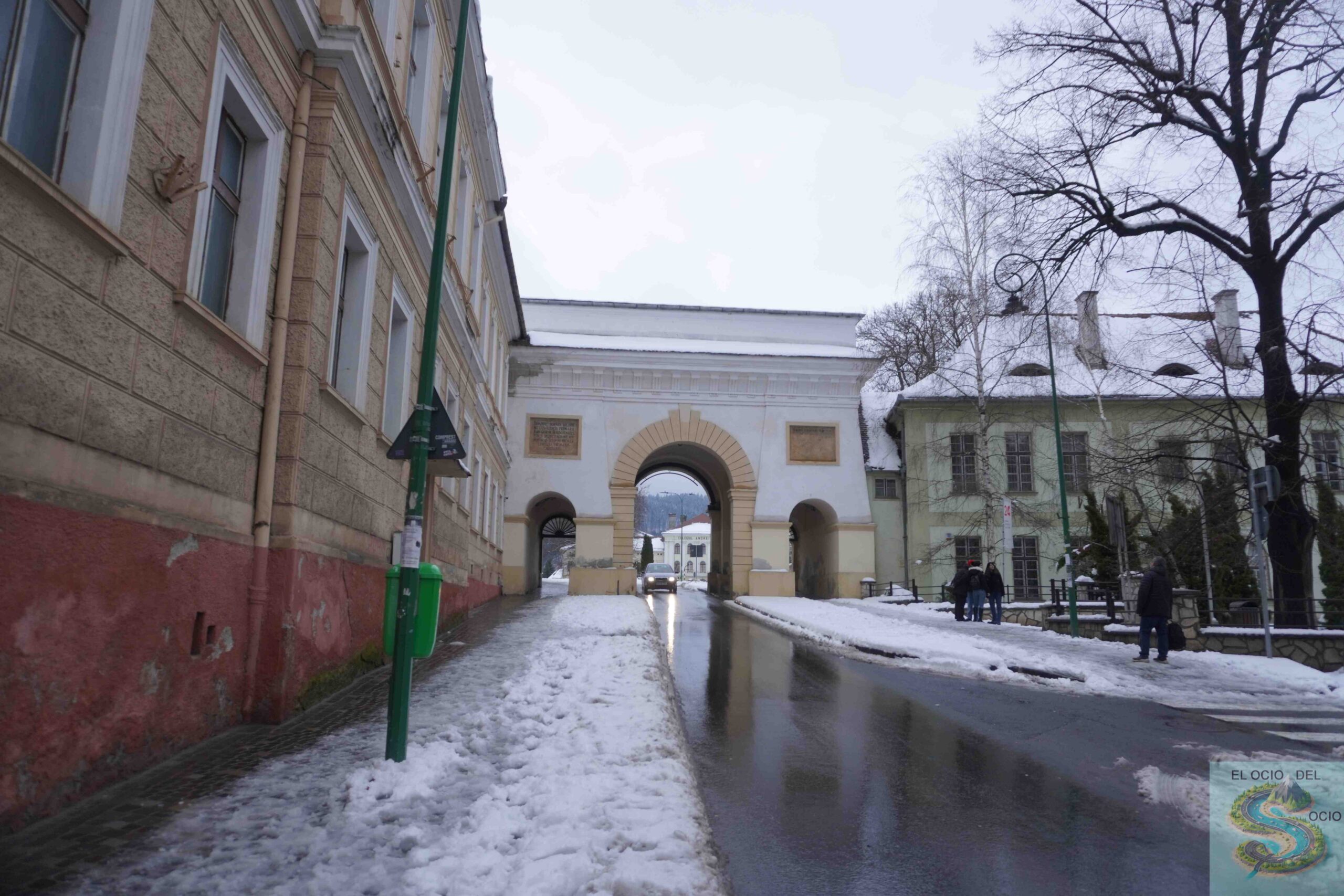
9. Bran Castle
The Bran Castle, known as the Dracula Castle, is one of the most tourist destinations in Romania. Although it has no real connection to Vlad the Empalator, its architecture and legends make it irresistible. Built in the 14th century, the castle offers a fascinating mix of history, art and mythology. To learn more about the visit to the Castile of Bran, visit our postDiscover the Castle of Dracula.
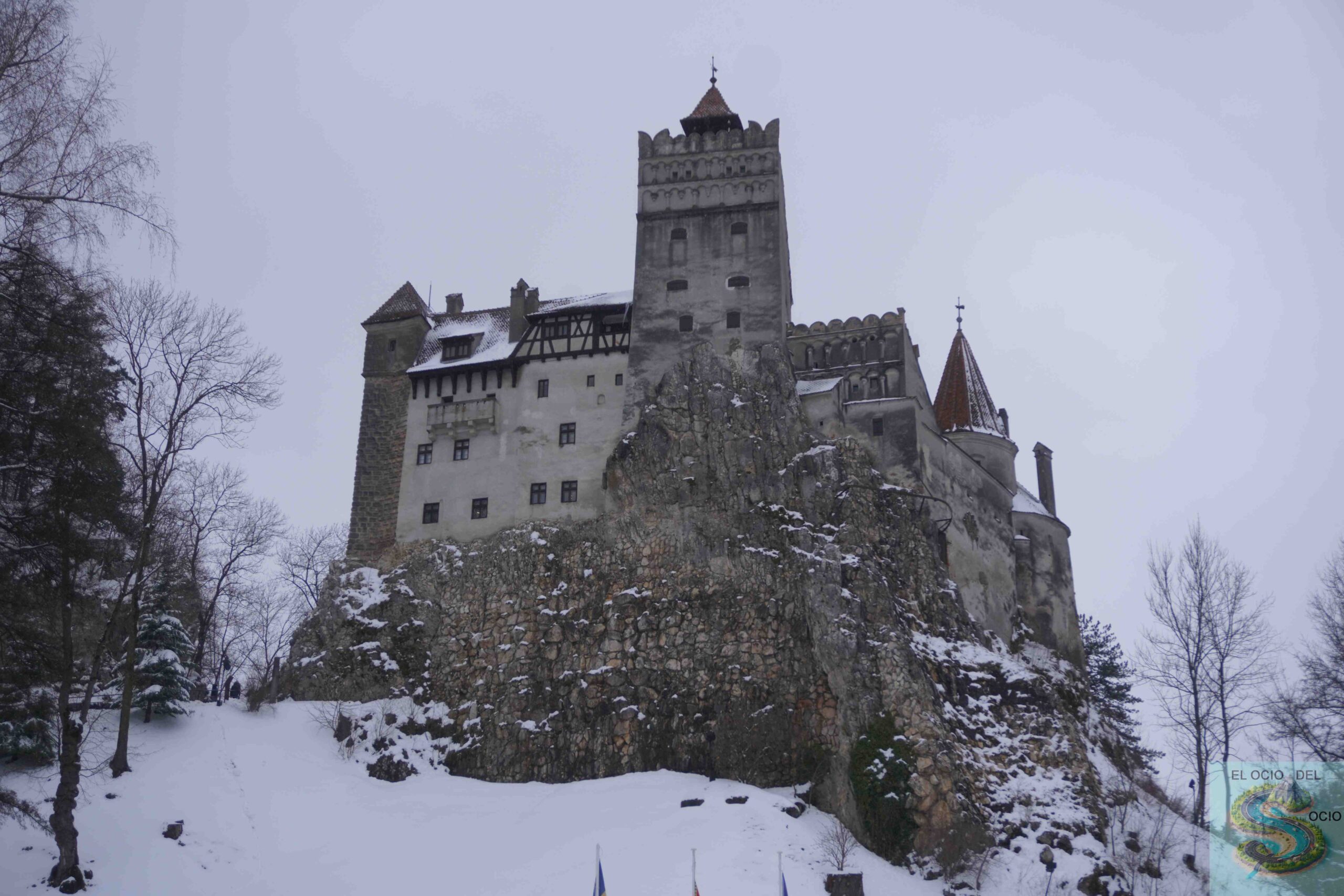
10. Castle of Cantacuzino
Located in Bușteni, the Castle of Cantacuzino is famous for its impressive views of the mountains and its Neorromic architecture. Built in the early 20th century, the castle has an art gallery, beautiful gardens and a rich history linked to the Cantacuzino family, one of the most important in Romania. This castle has become a very popular tourist destination because it is where the famous Netflix Wednesday series is being run (Wednesday).
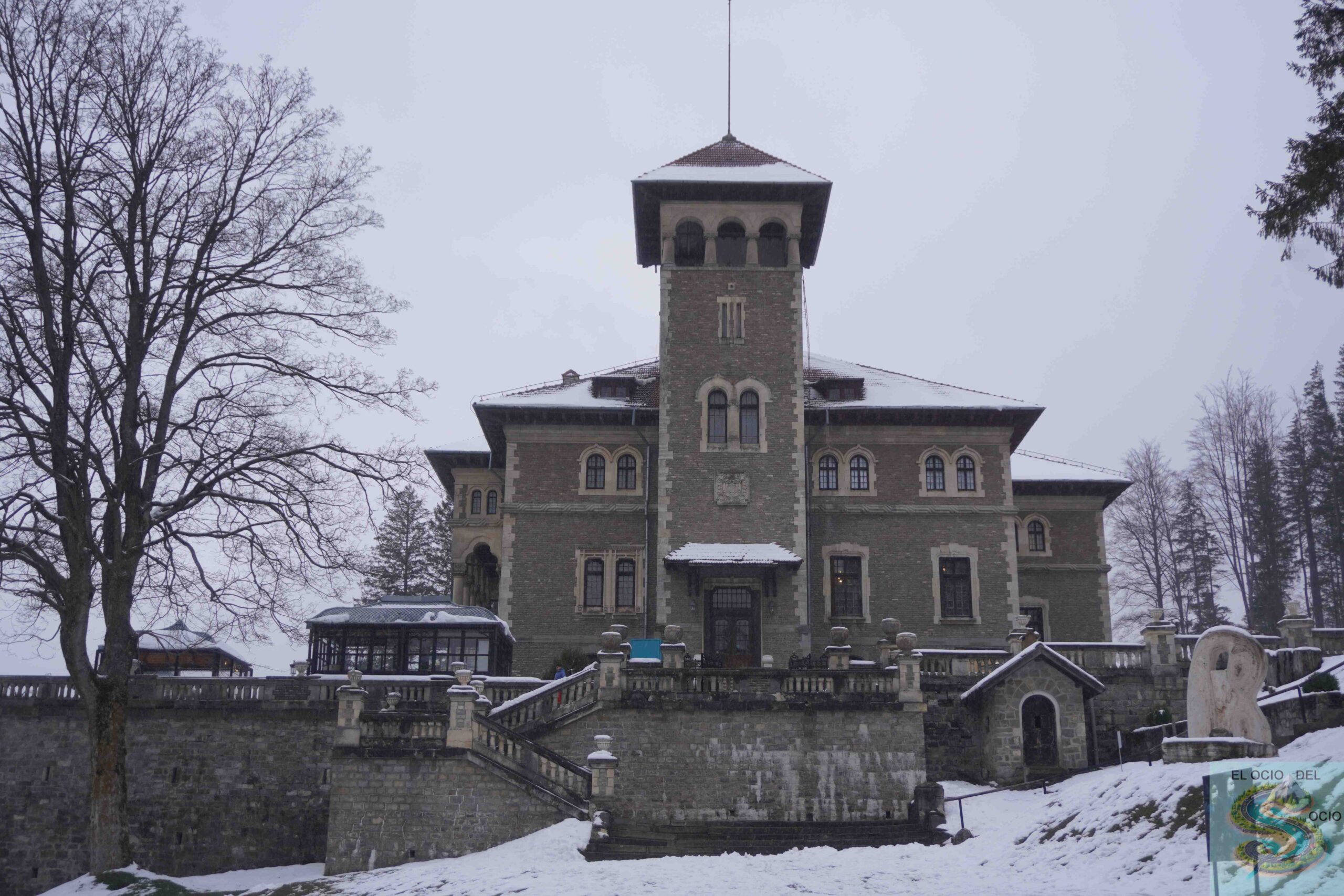
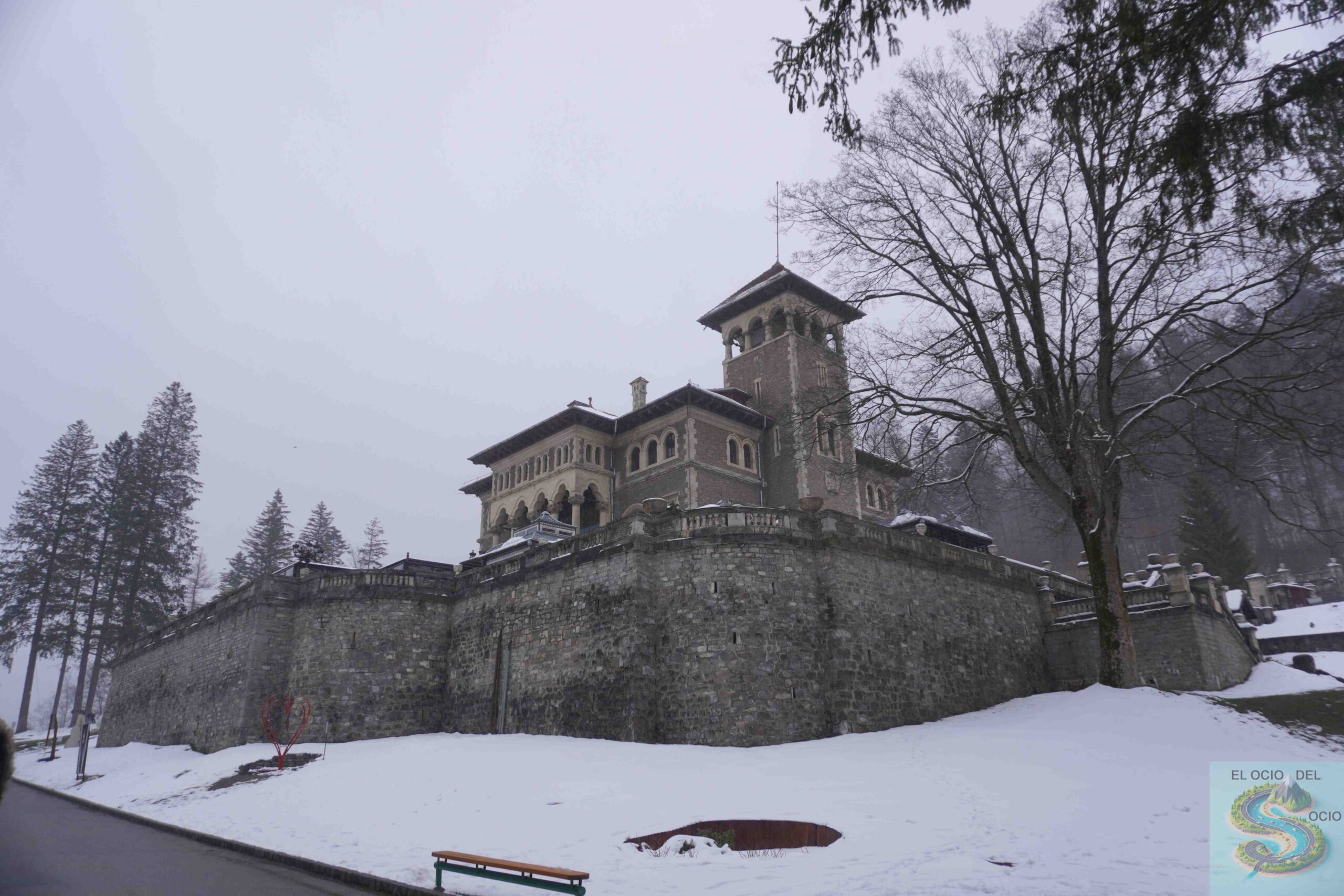
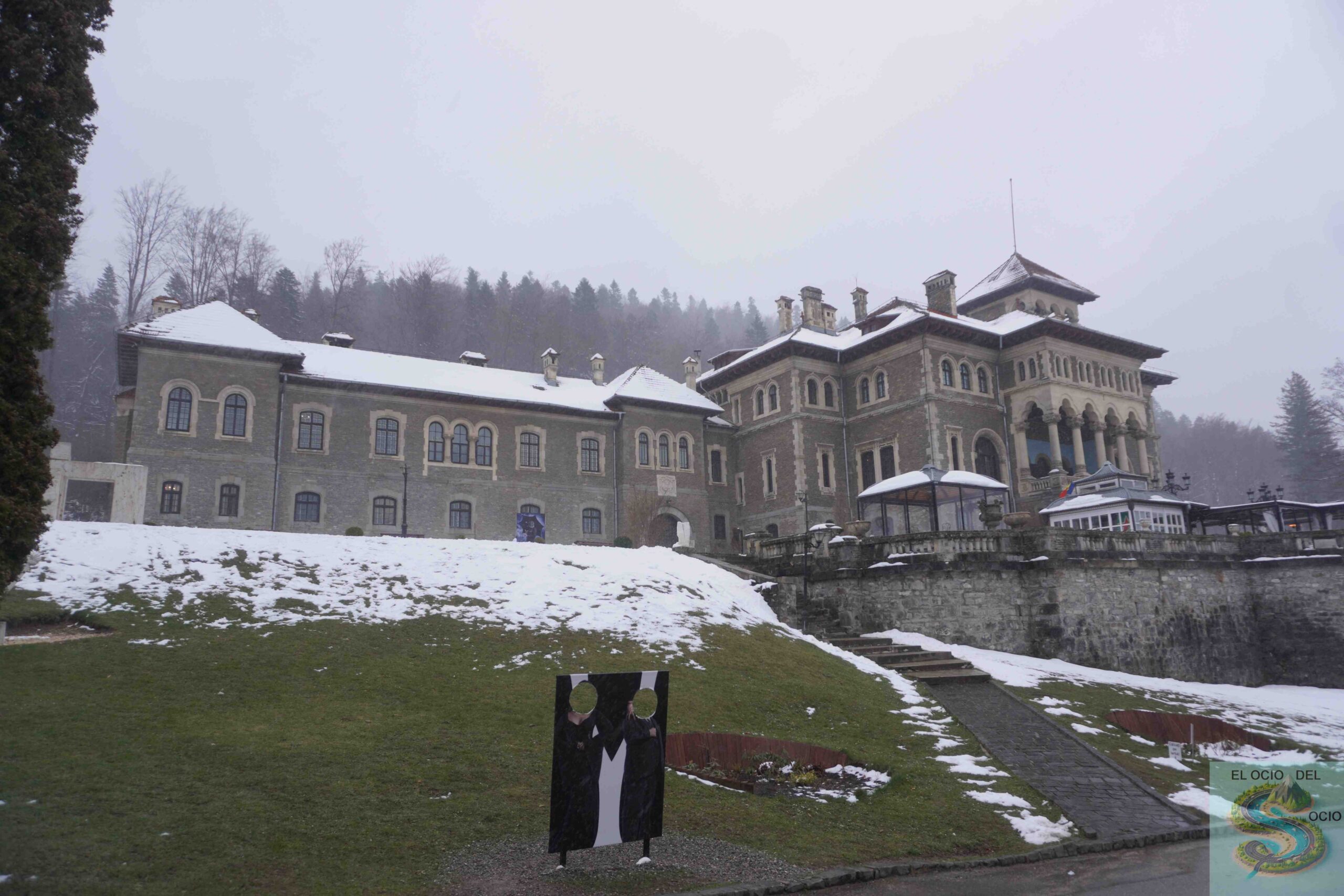
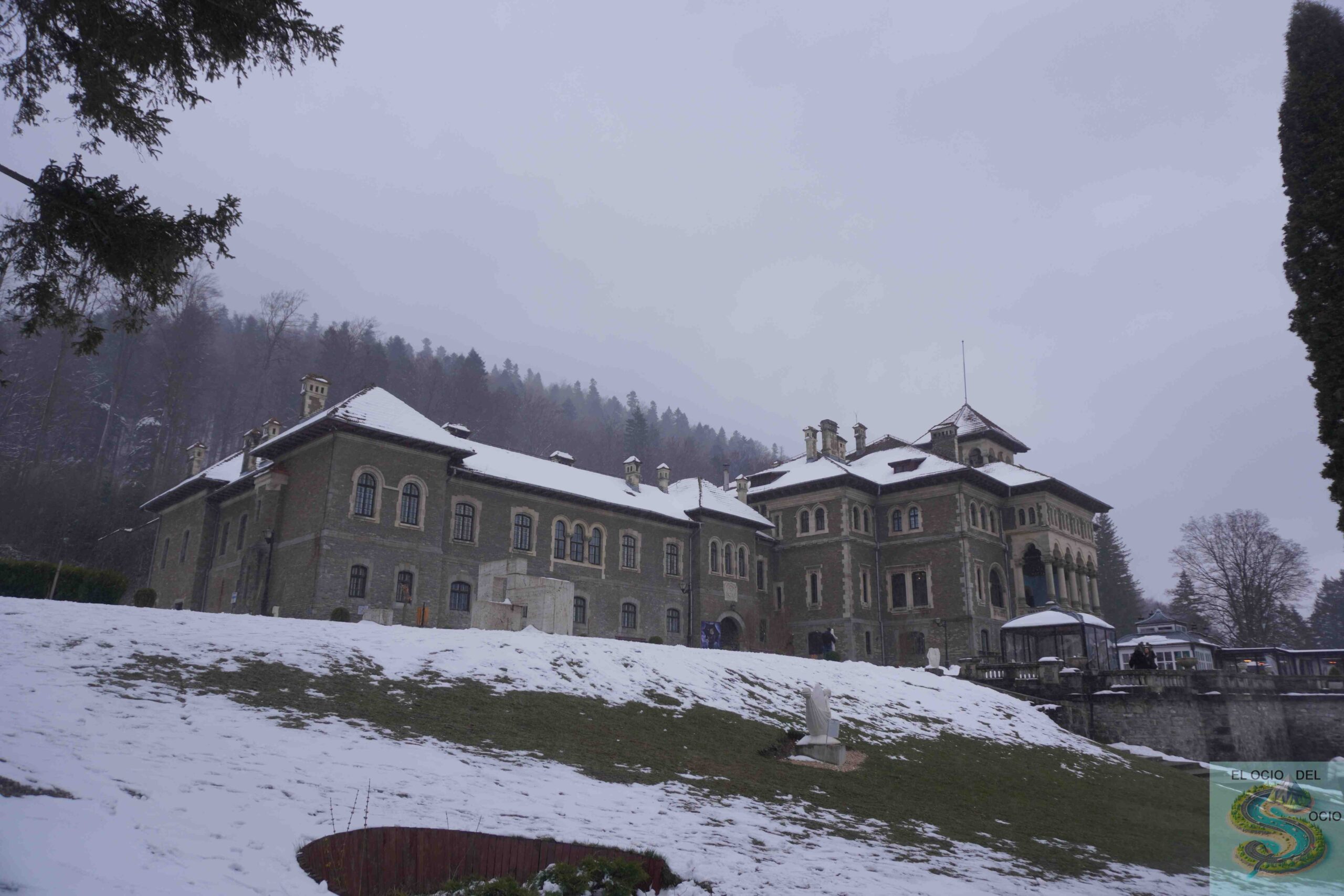
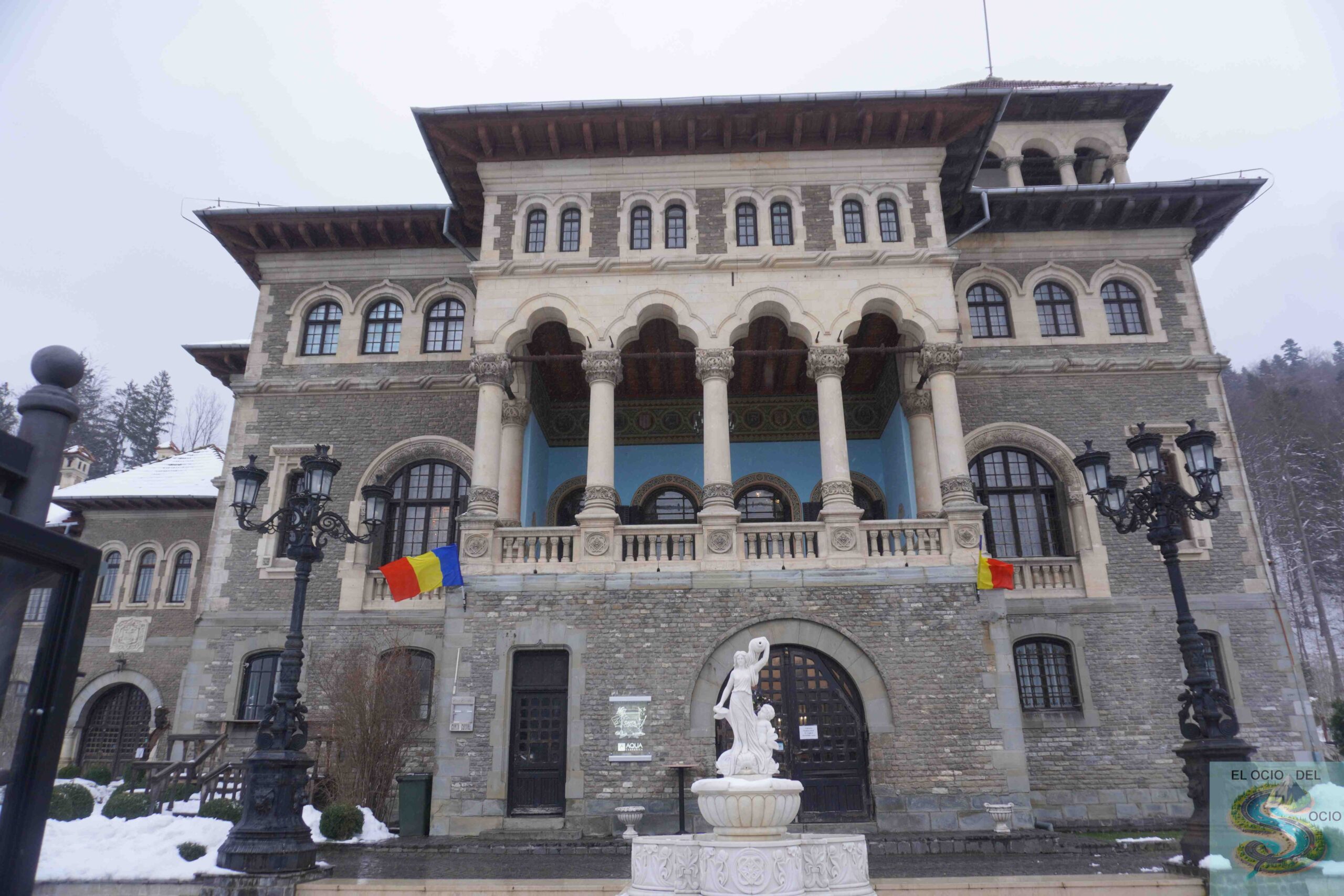
11. Peleș Castle
The Castle of Peleș, located in Sinaia, is a true jewel of the Neorenacentalist architecture. Built in the 19th century as a summer residence of the Romanian royal family, the castle is known for its luxurious interiors and its impressive natural environment. Visitors can explore their opulent rooms, art galleries and well-kept gardens.
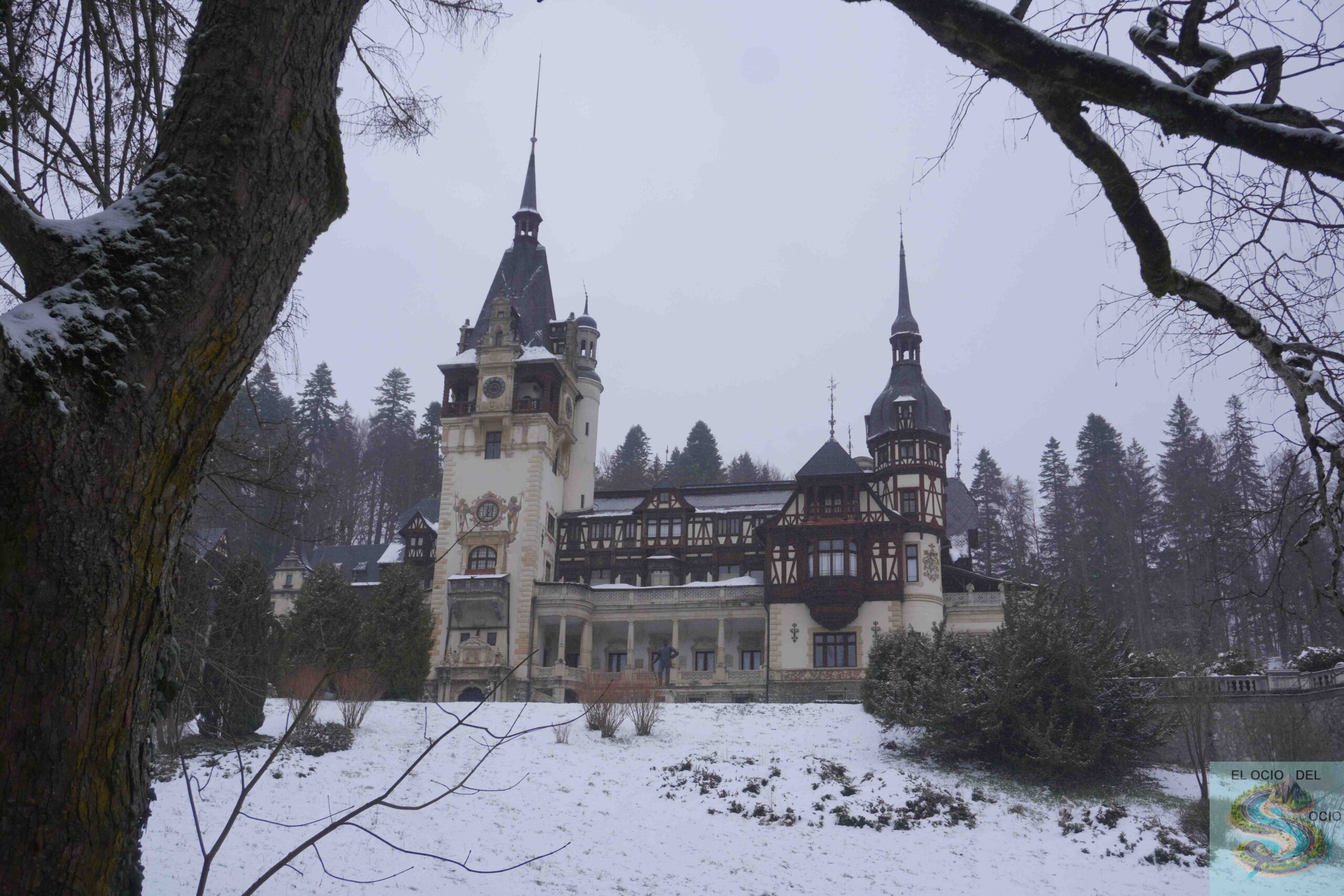
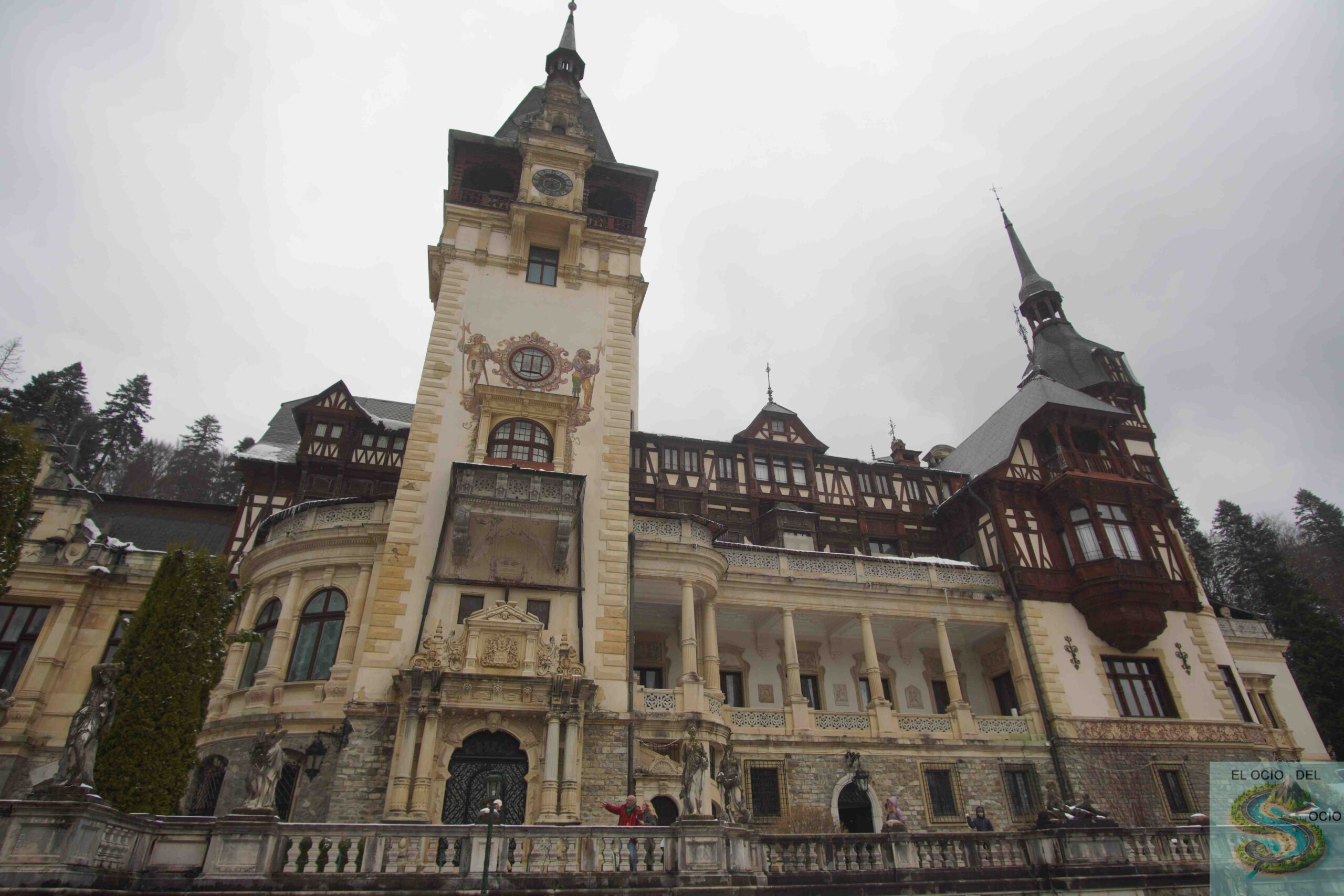
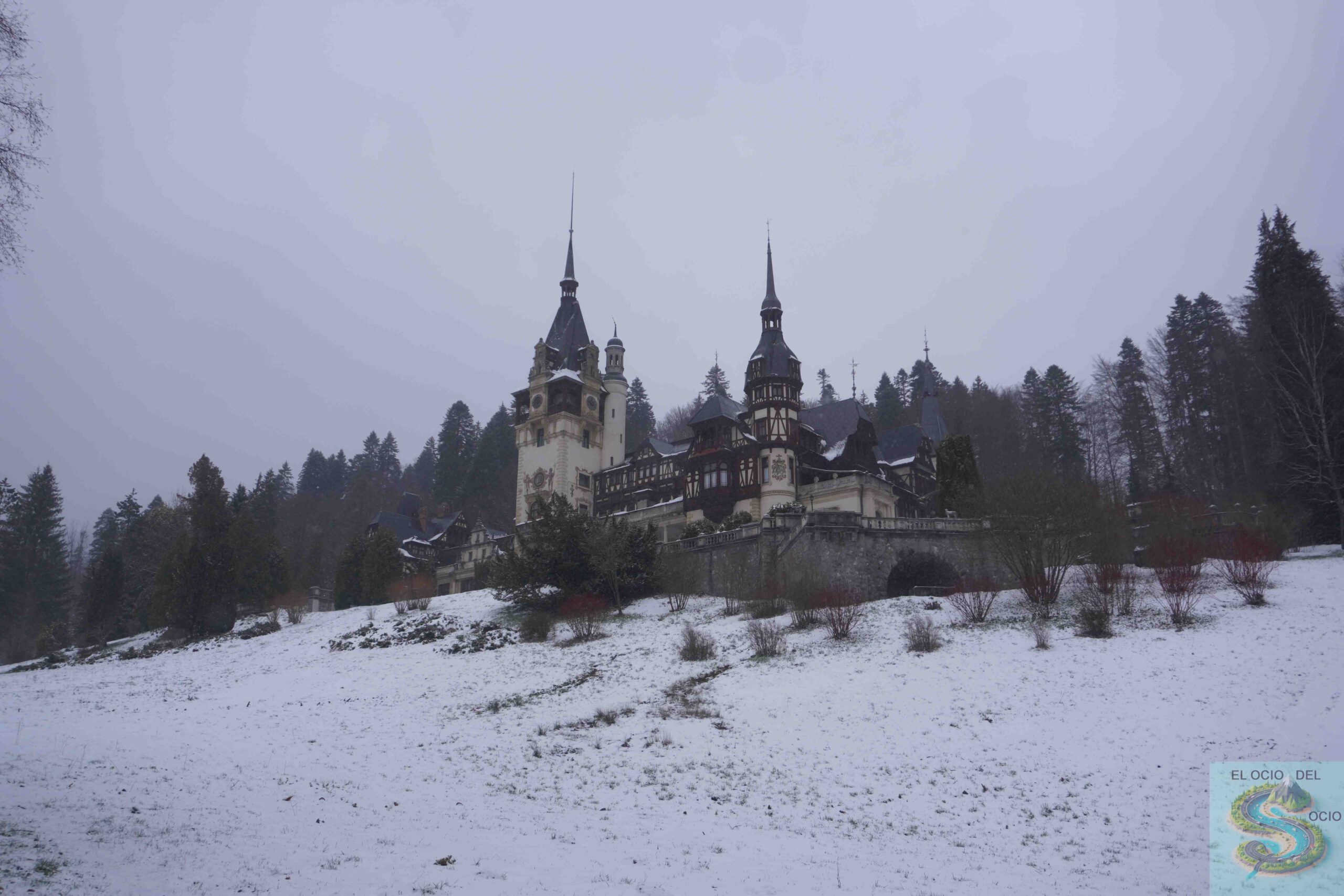
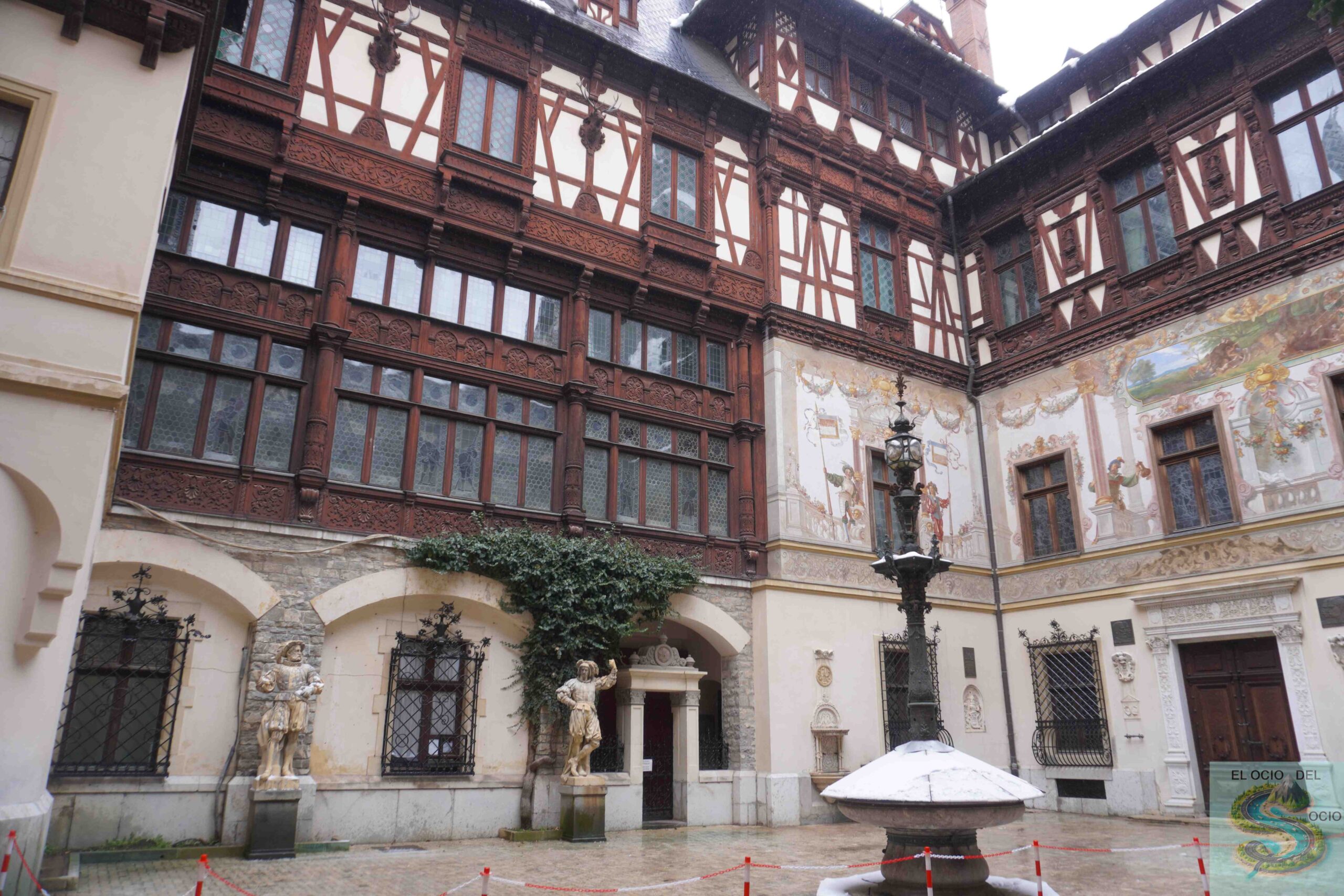
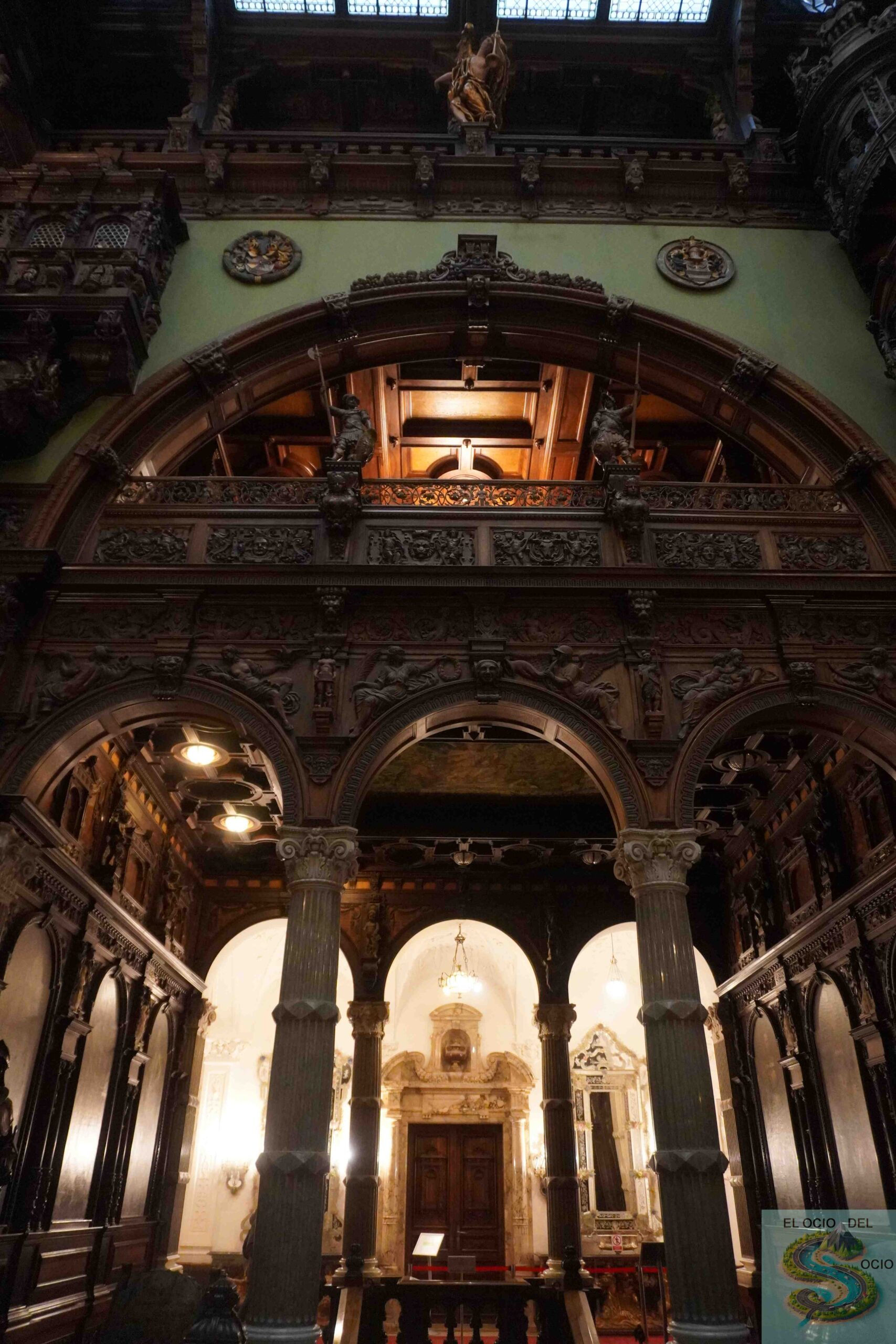
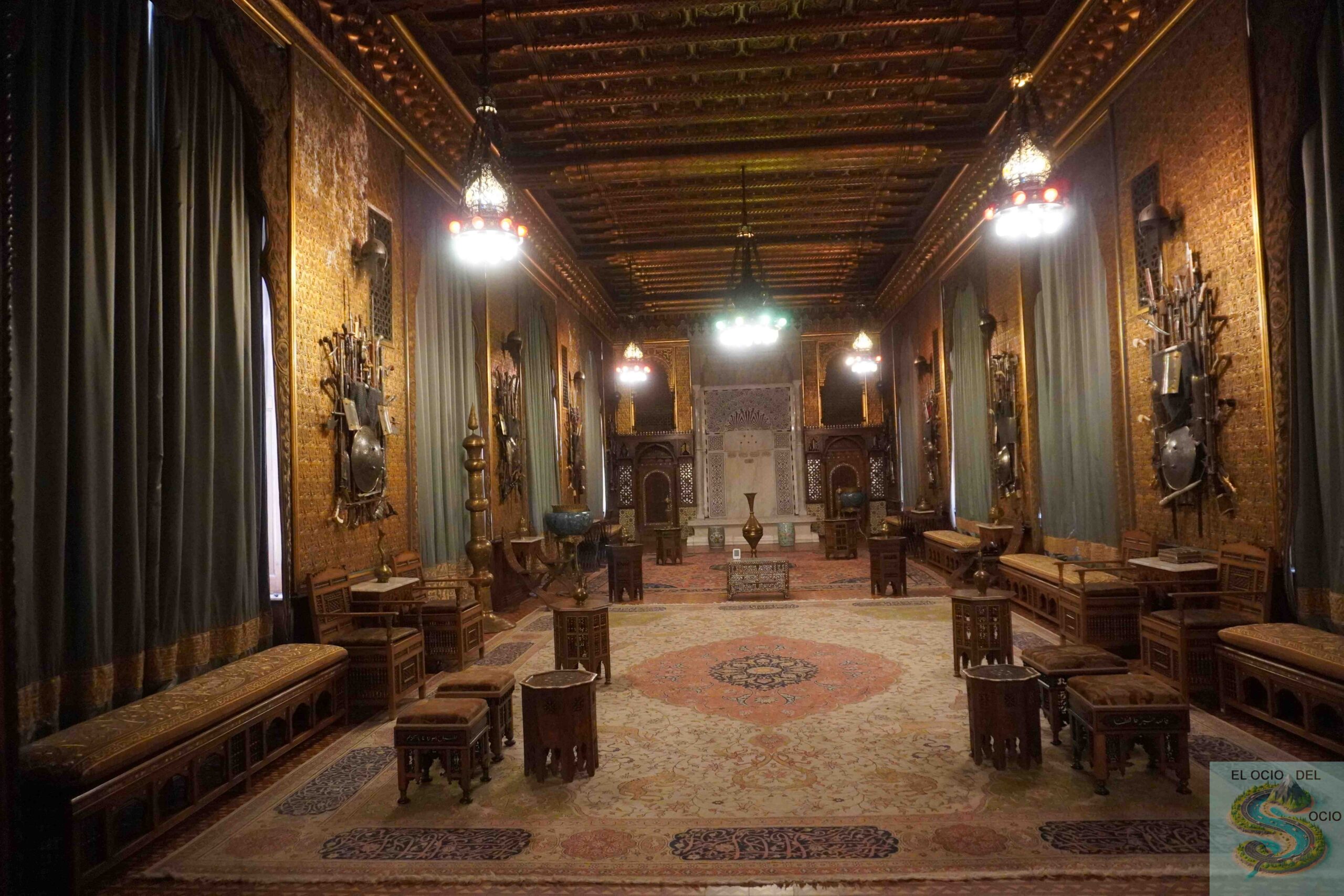
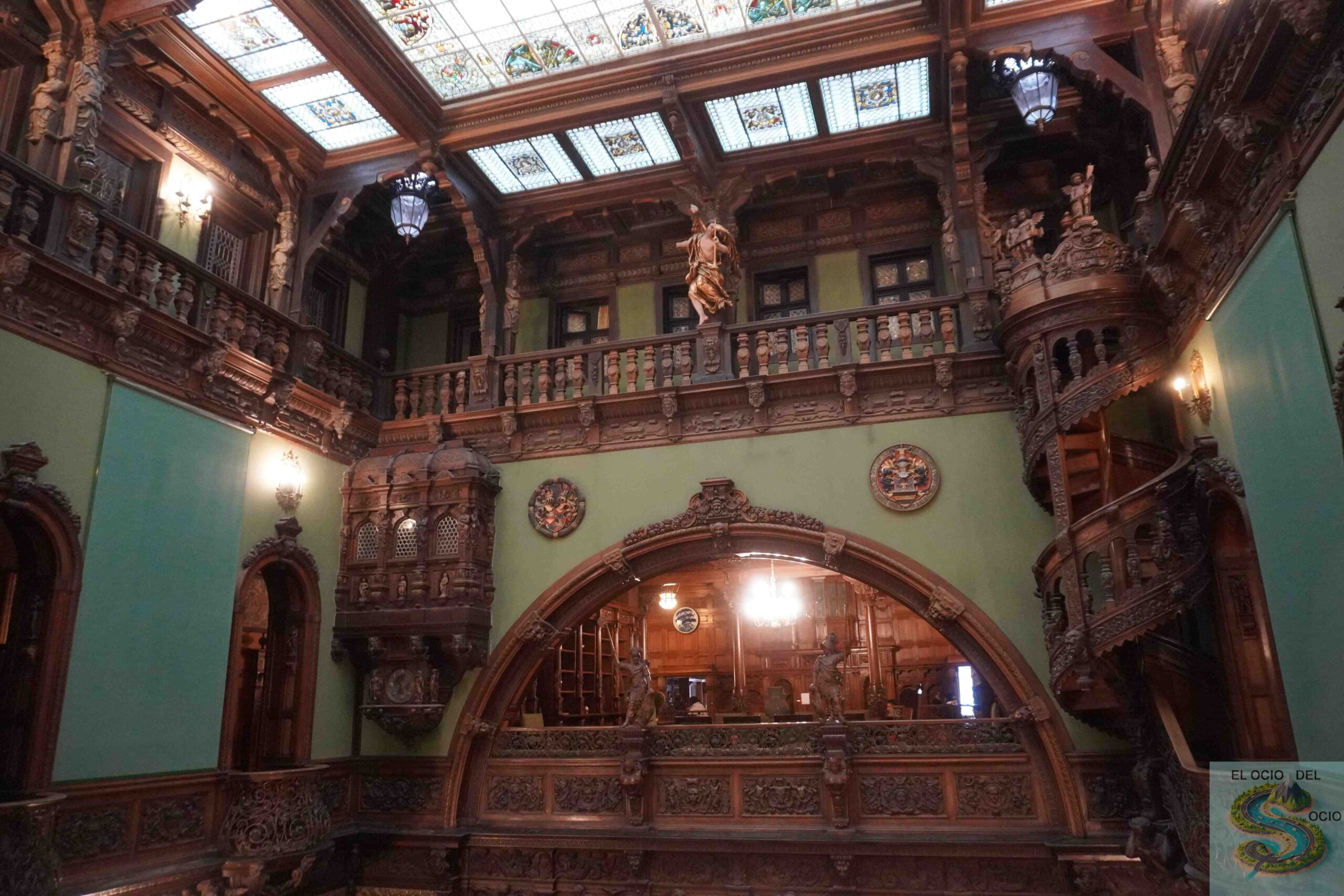
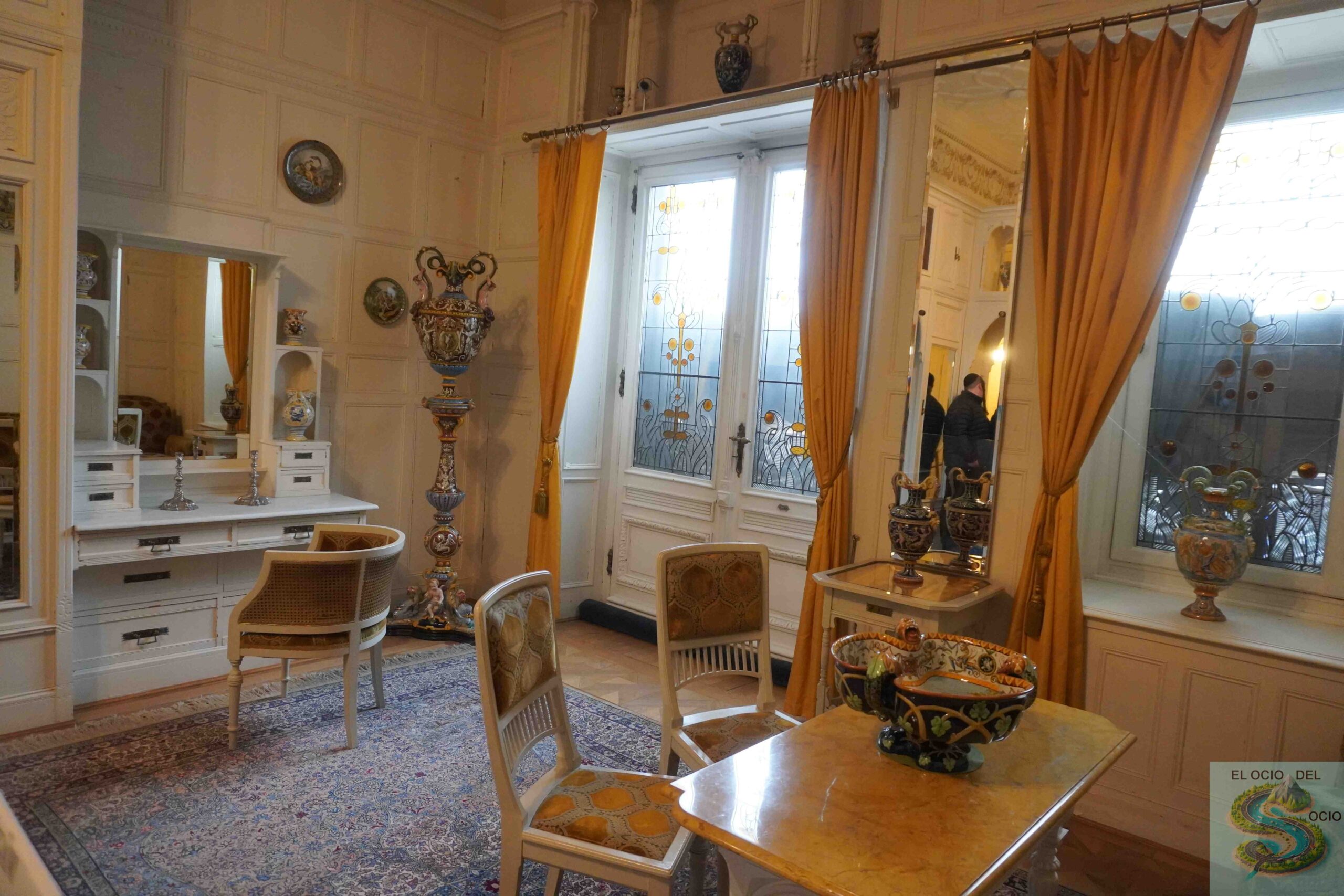
12. Pelișor Castle
The Castle of Pelișor, a younger brother of the Castle of Peleș (one in front of the other), was built in the early 20th century as a residence for the royal family. Although smaller, its Art Nouveau rooms and interior decoration are a delight for the eyes. The castle offers an intimate view of the life of Romanian royalty.
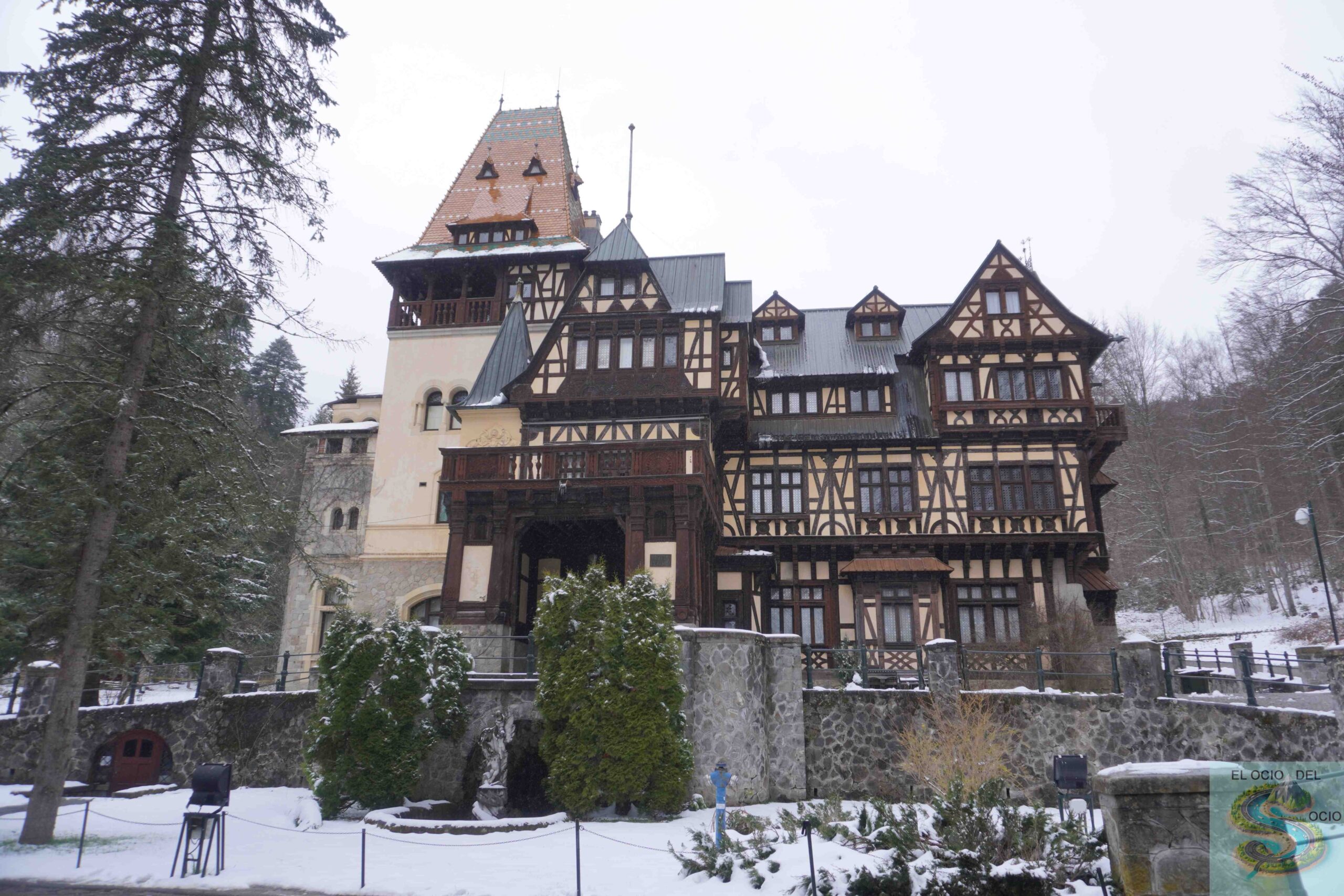
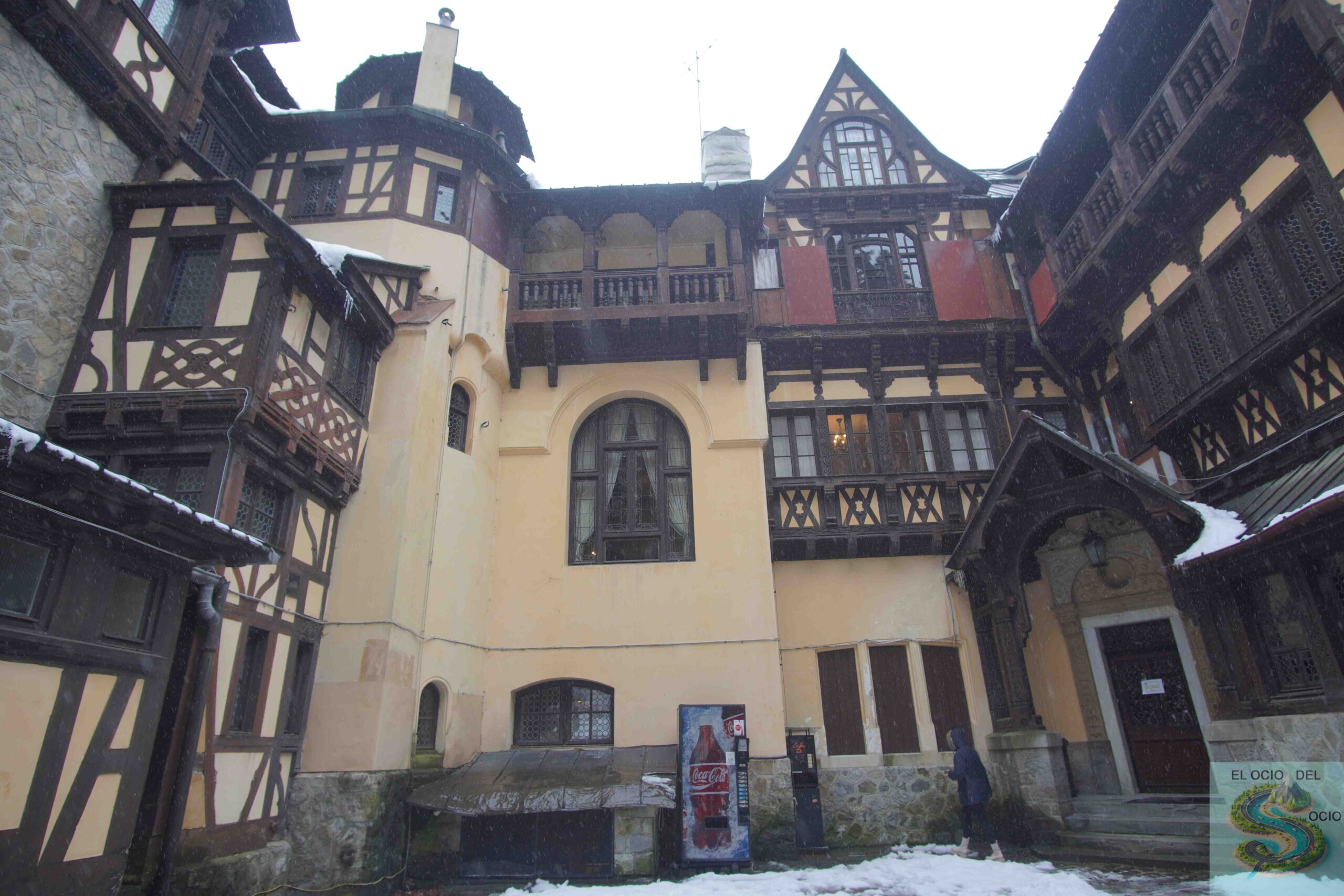
13. Fortified Church of Prejmer
The Fortified Church of Prejmer is one of the largest and best preserved fortified churches in Europe. Built in the 13th century by the Teutonic knights, the church has impressive walls and defensive towers. Its defensive structure and architectural beauty make it an essential place for the lovers of history. To learn more about Prejmer, visit our post dedicated to Prejmer:What to see in Prejmer Romania.
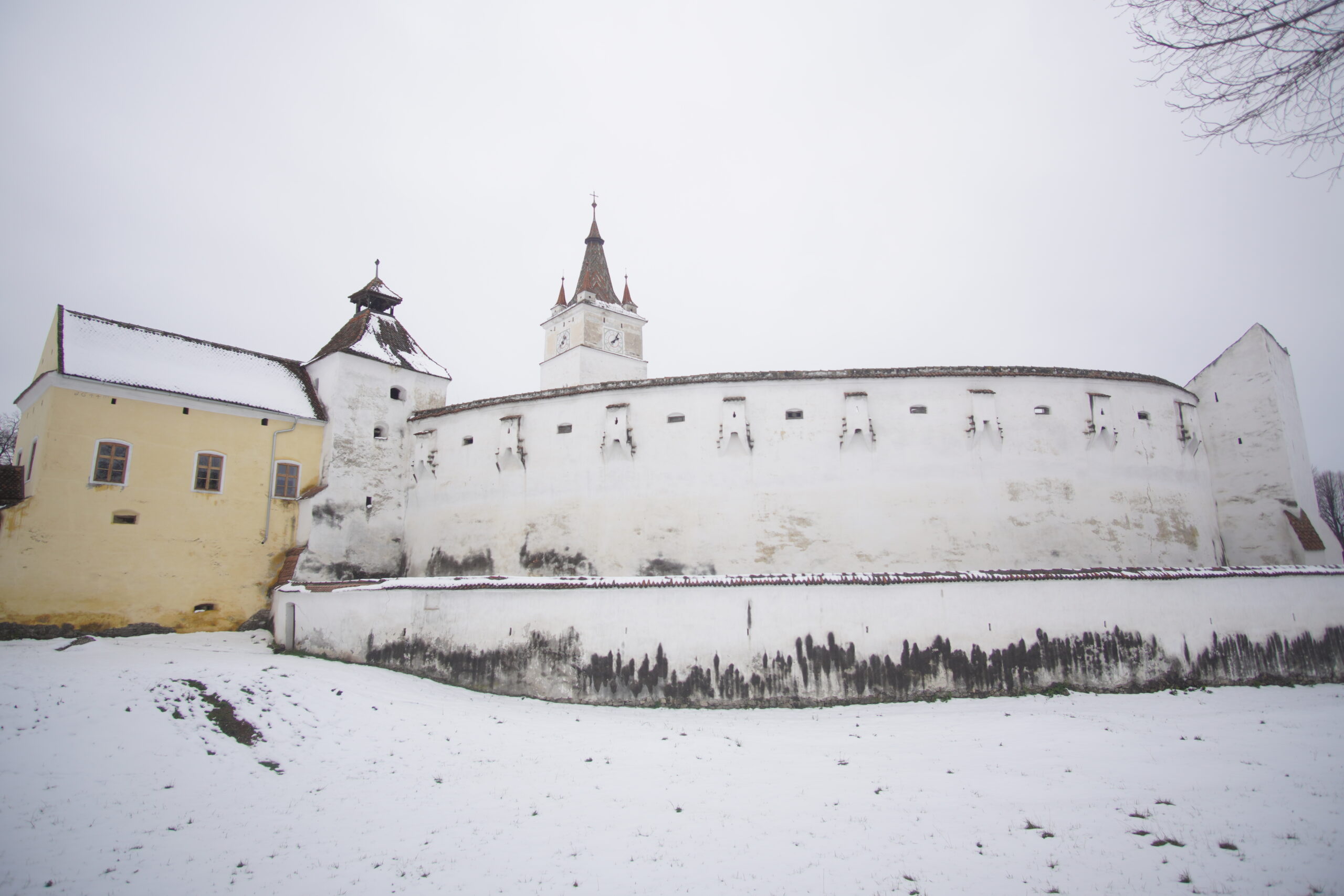
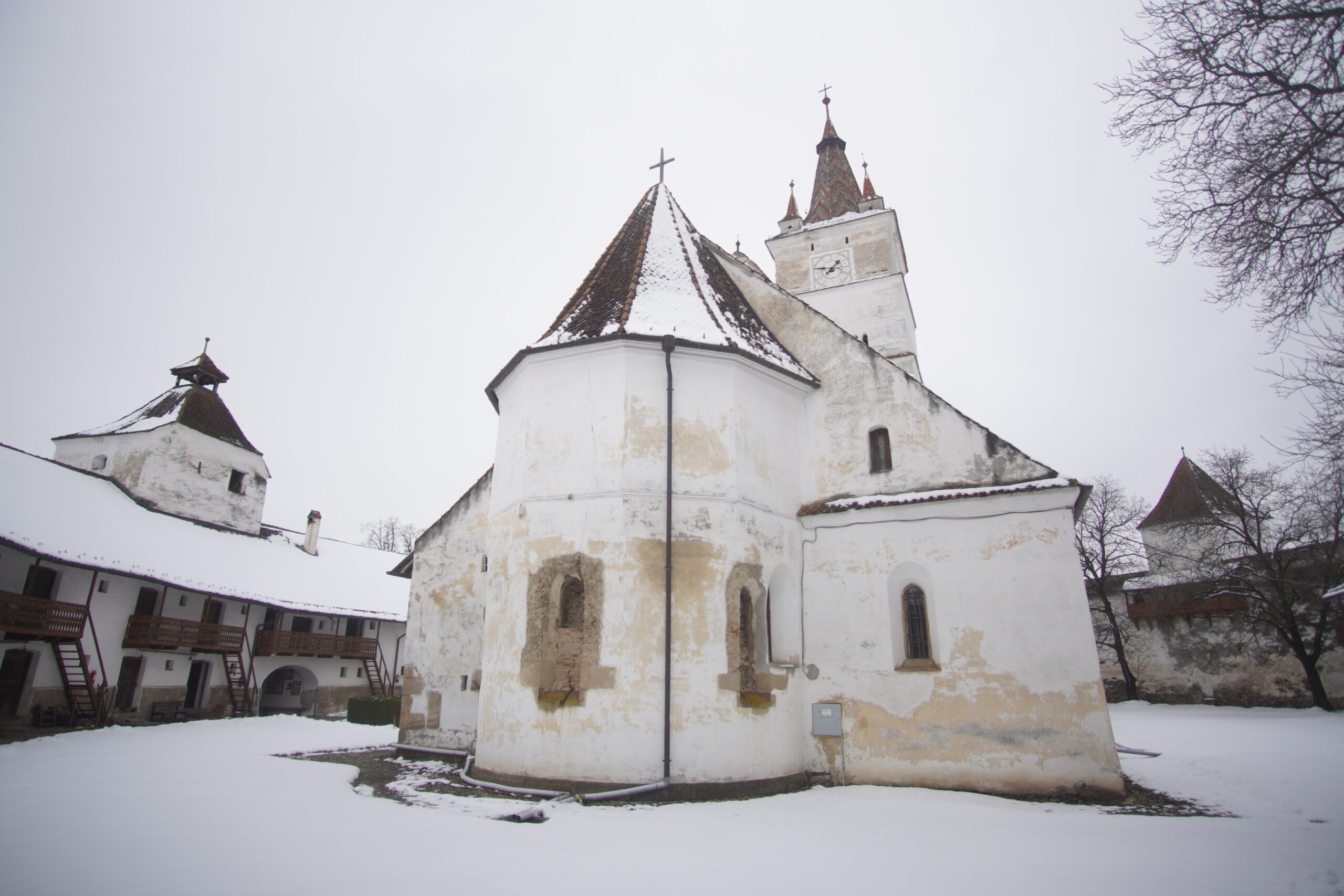
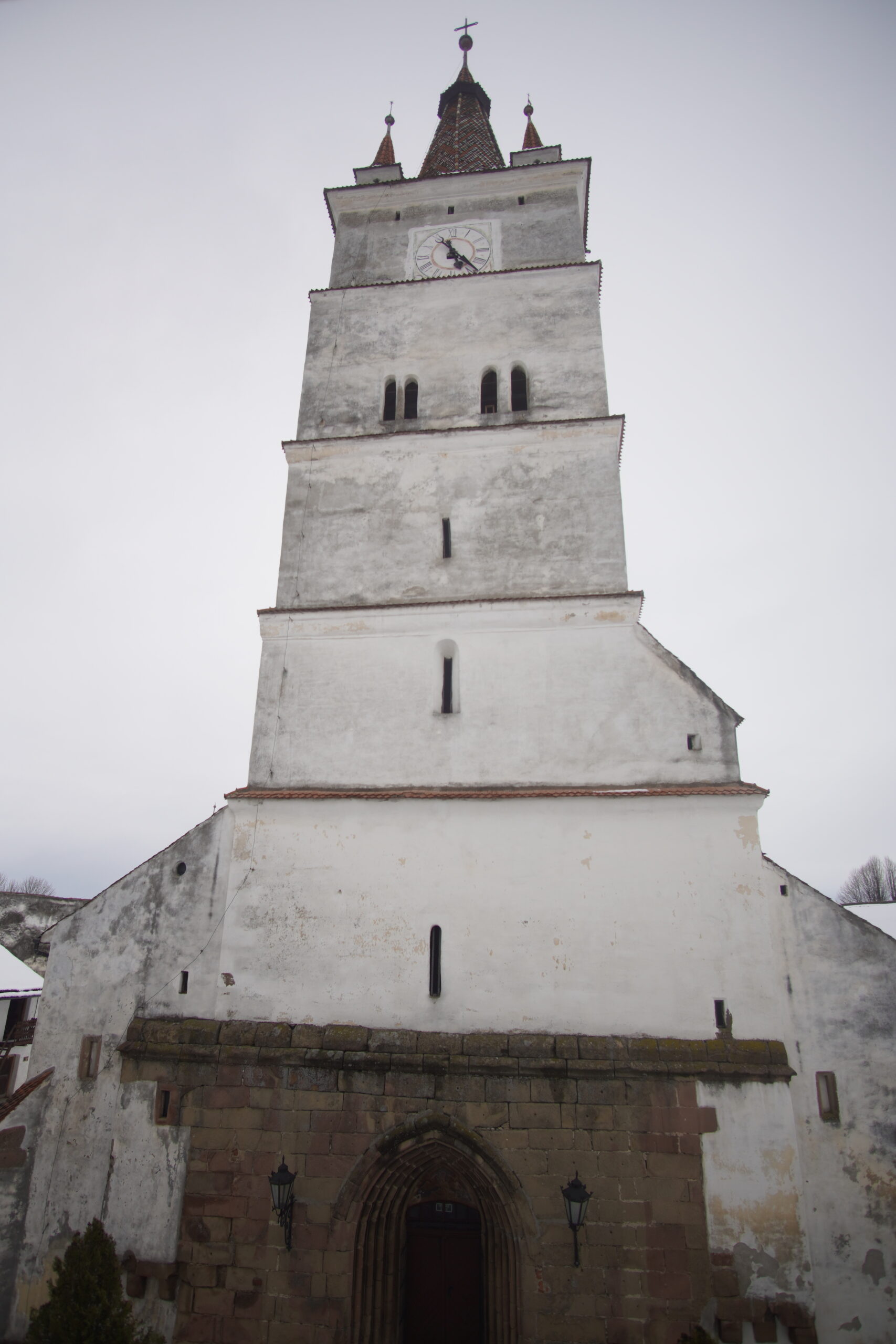
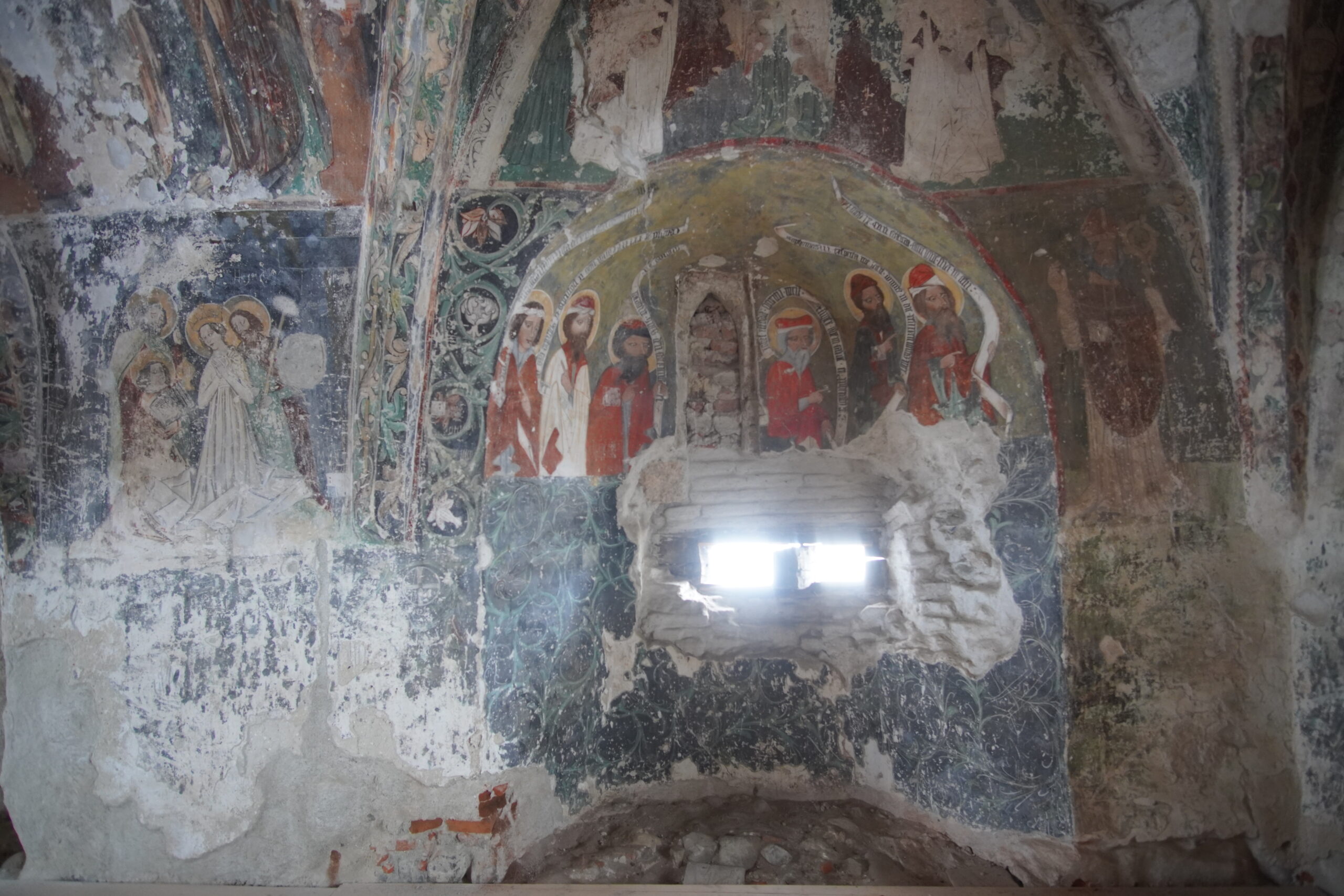
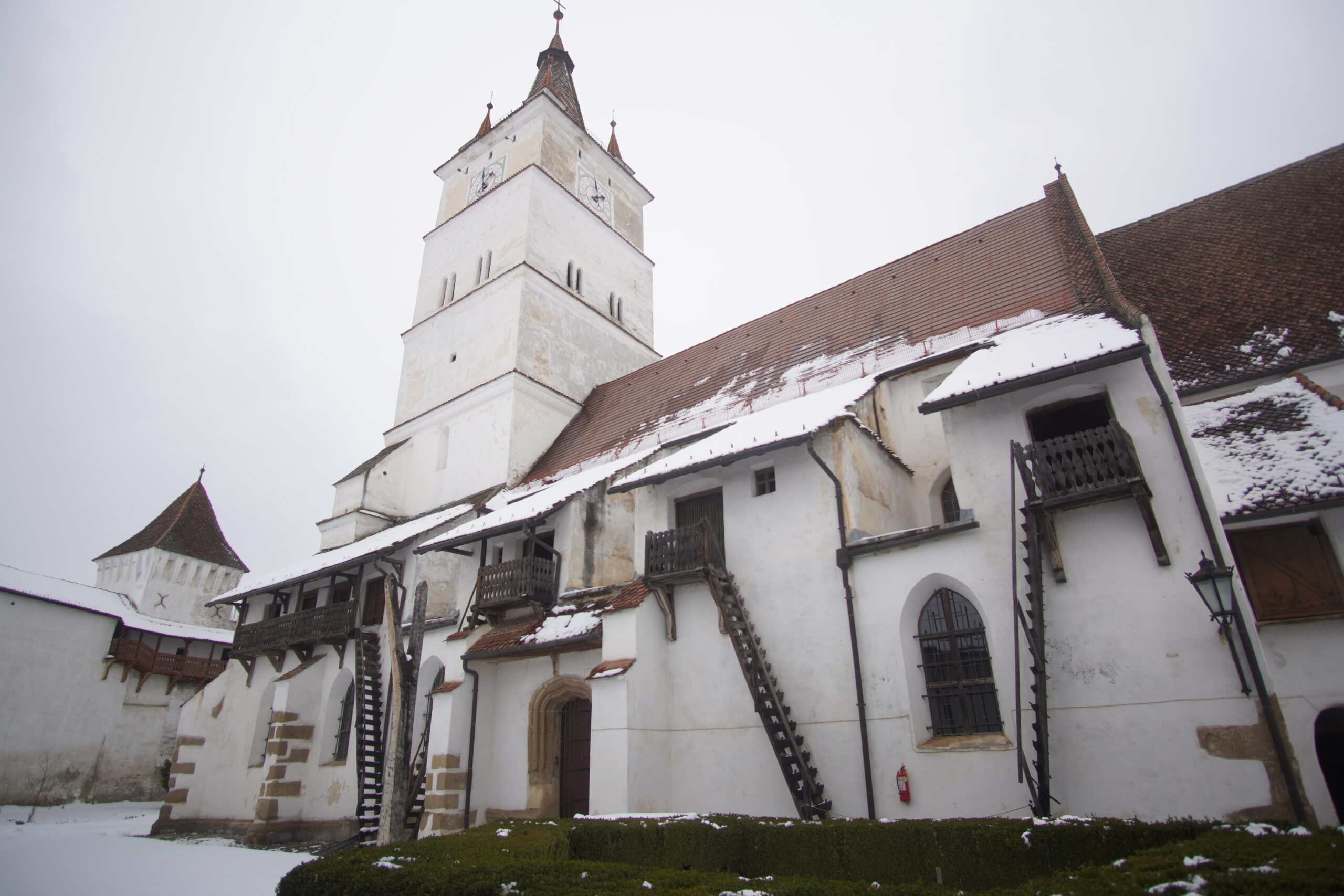
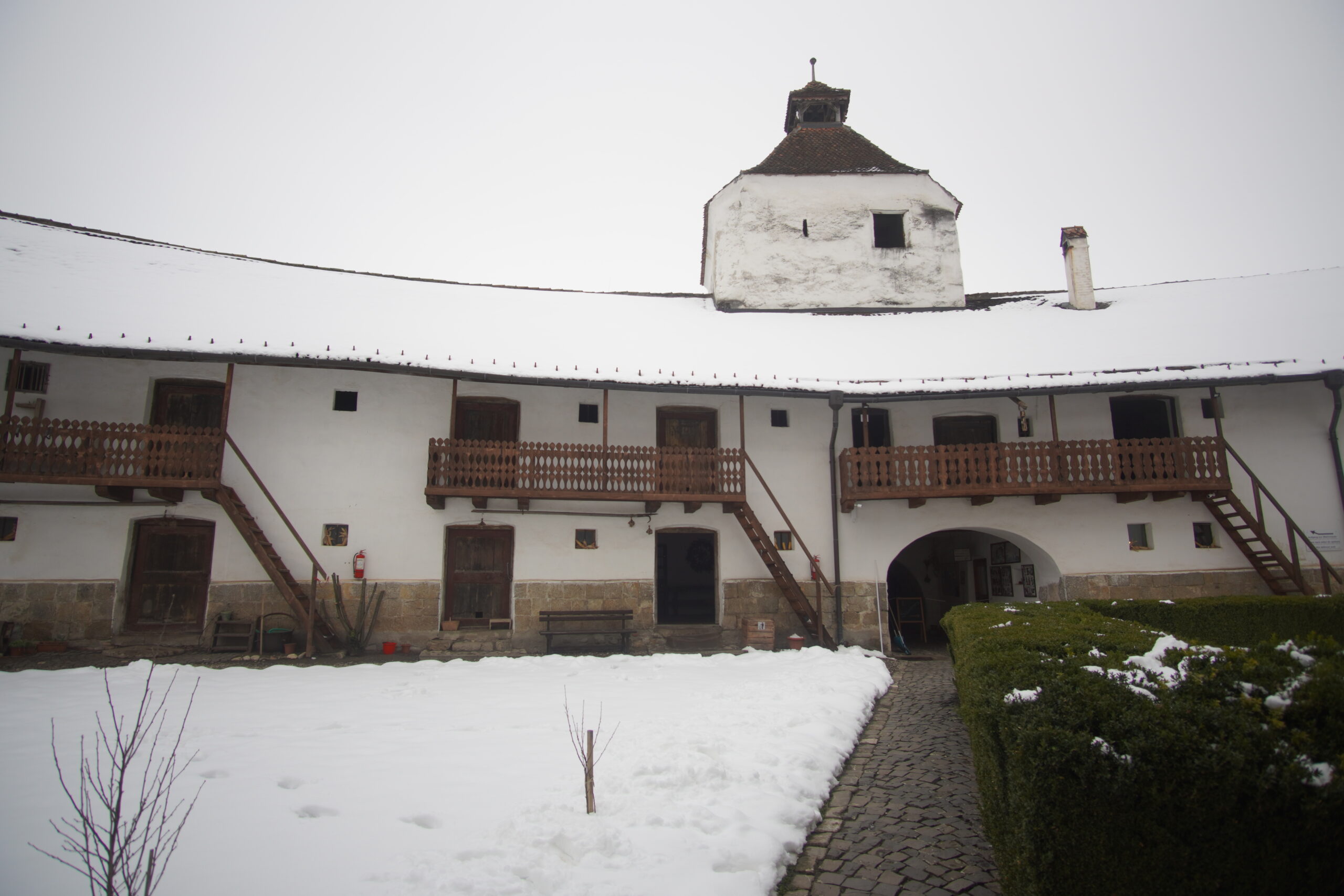
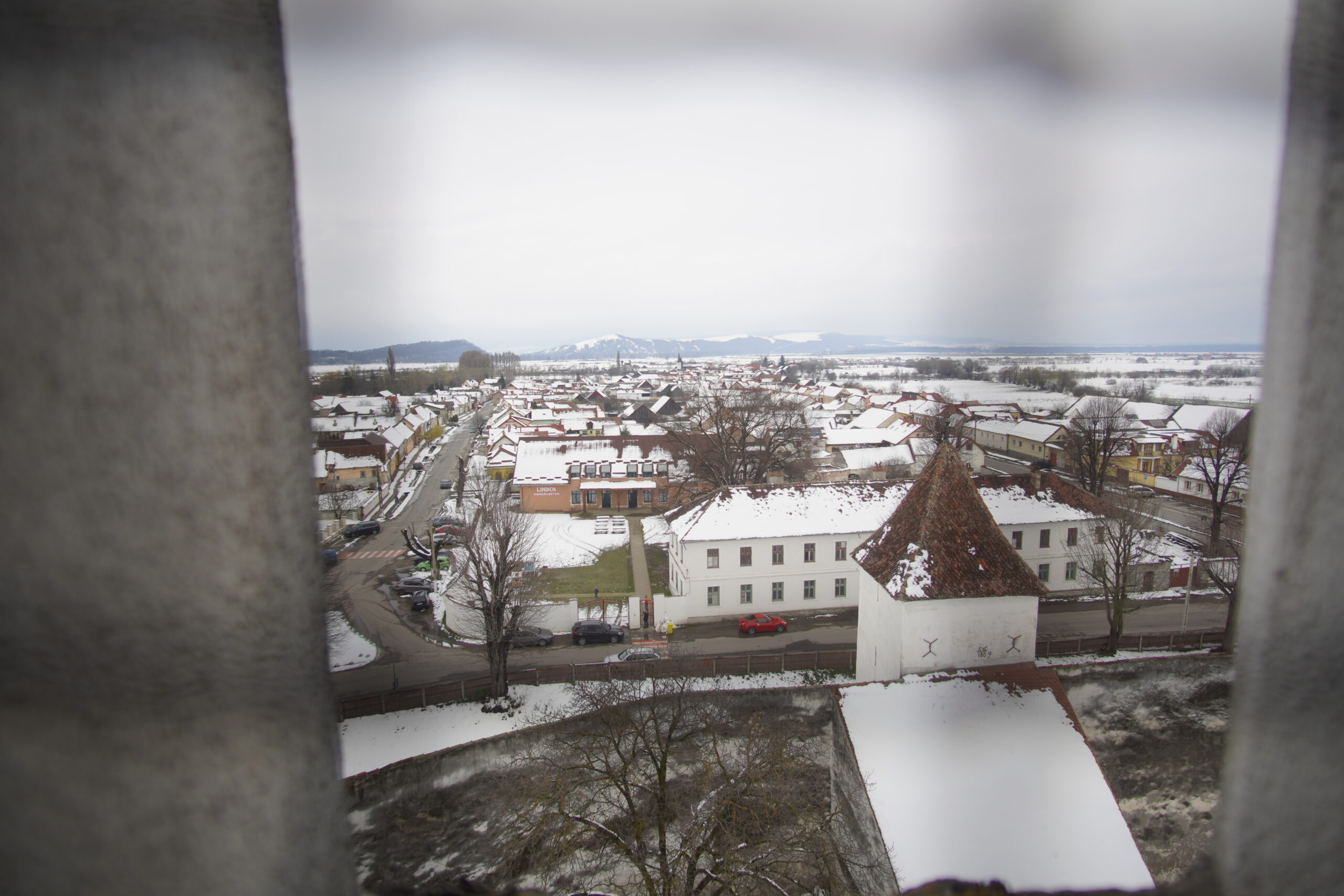
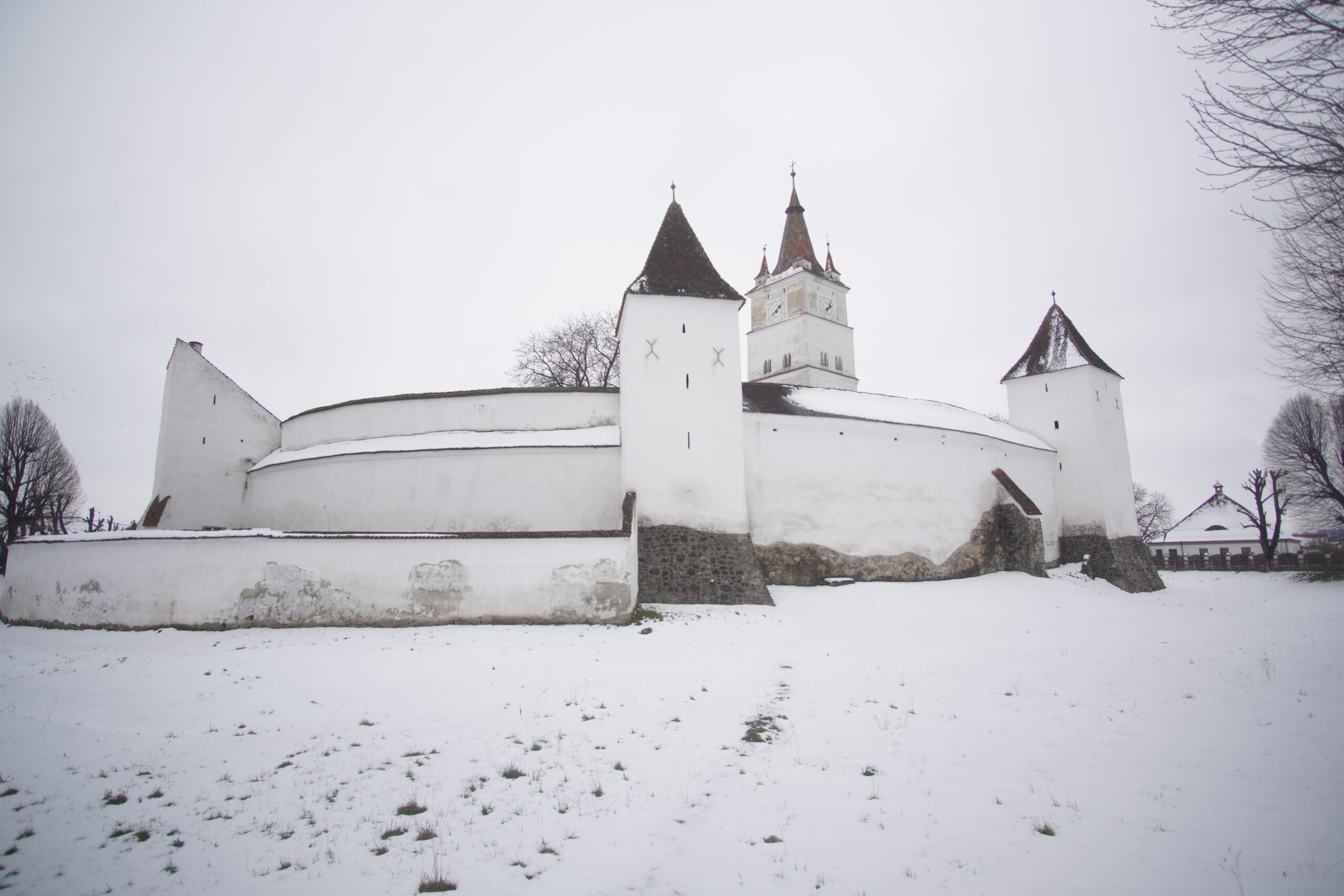
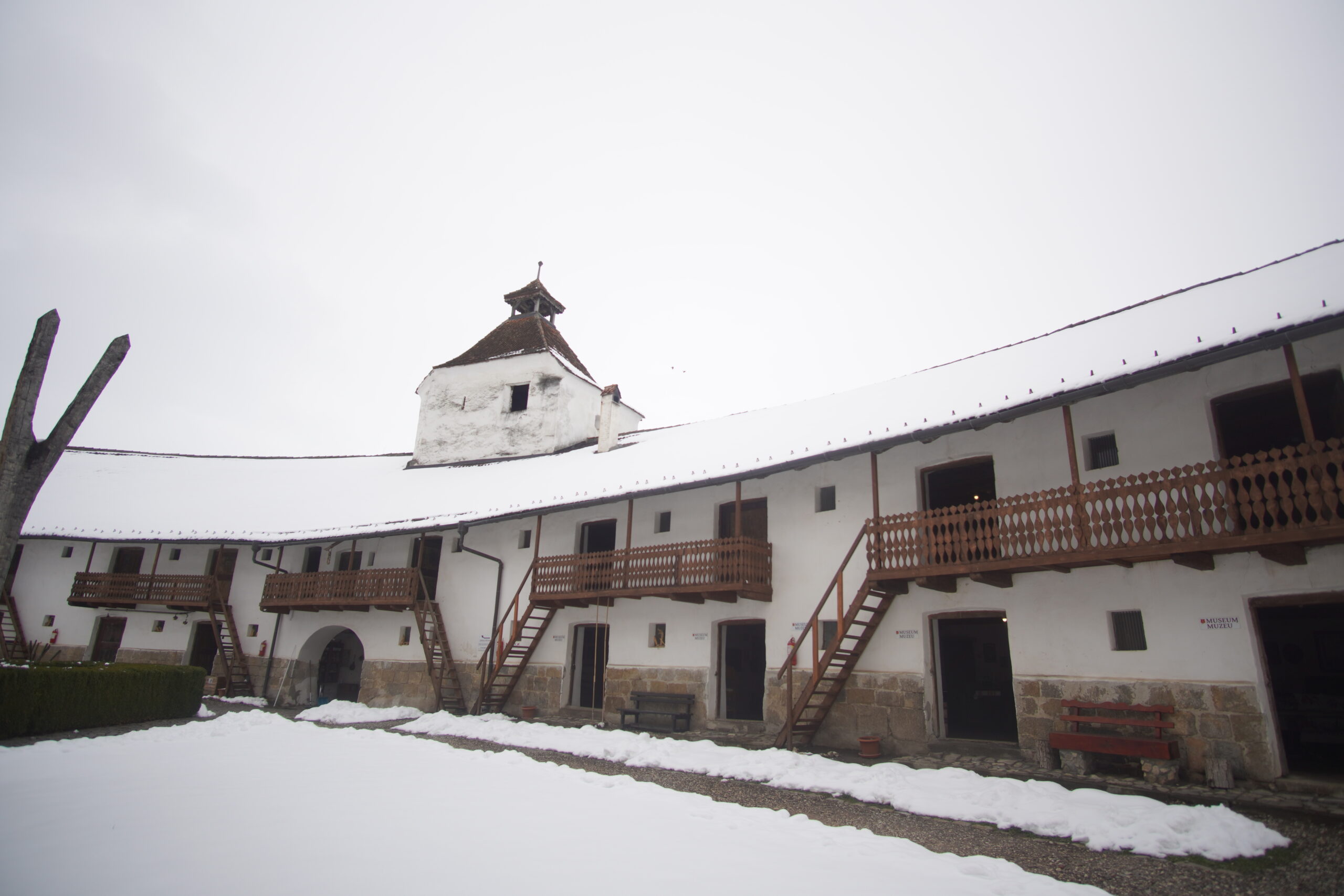
14. Rasnov Citadel
The Citadel de Rasnov is a historic fortress that offers panoramic views over the Carpathos. Built in the 13th century, the citadel was an important defensive point against Ottoman invasions. Visitors can explore their walls, towers and courtyards, while learning about the military history of the region.
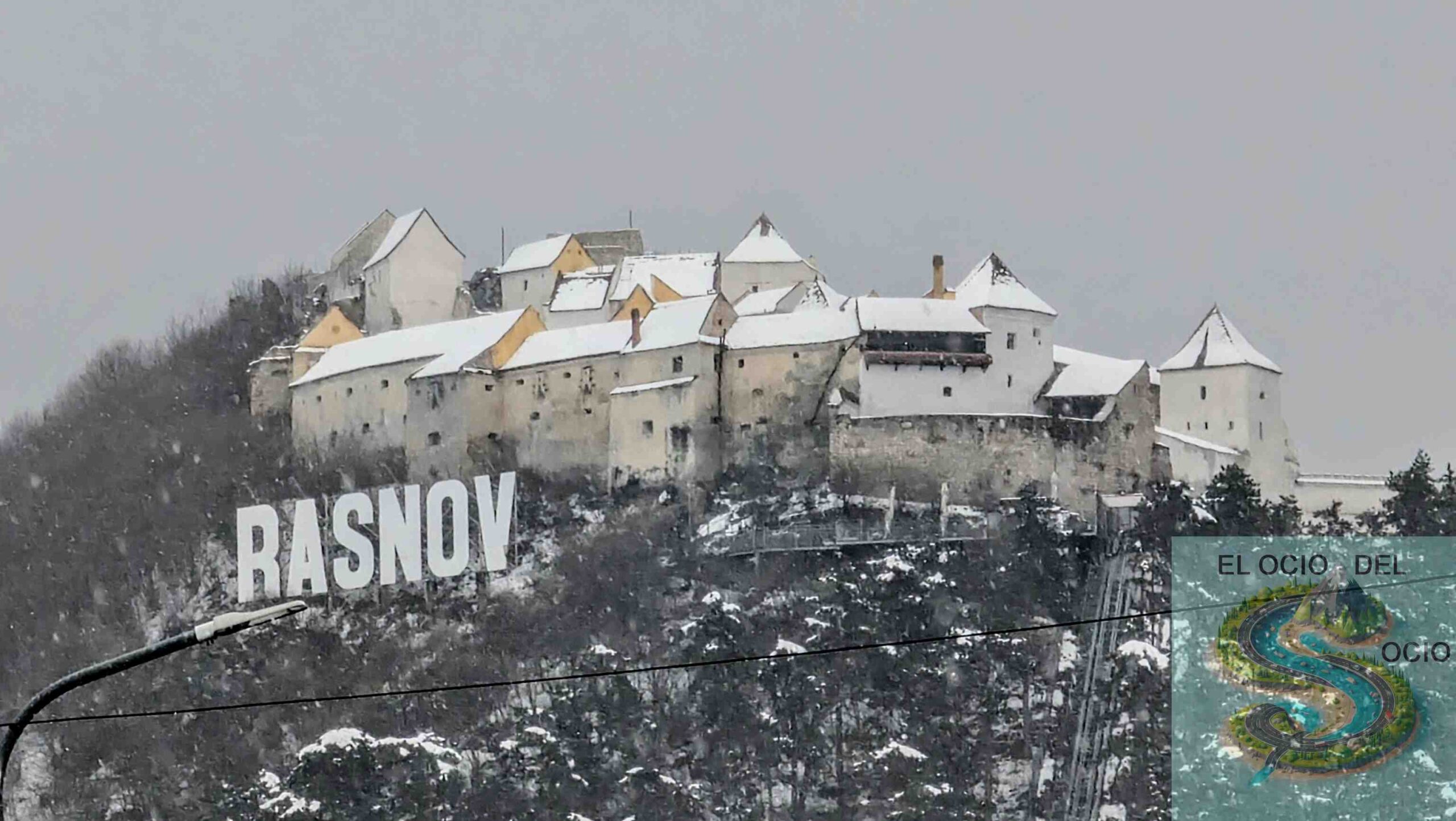
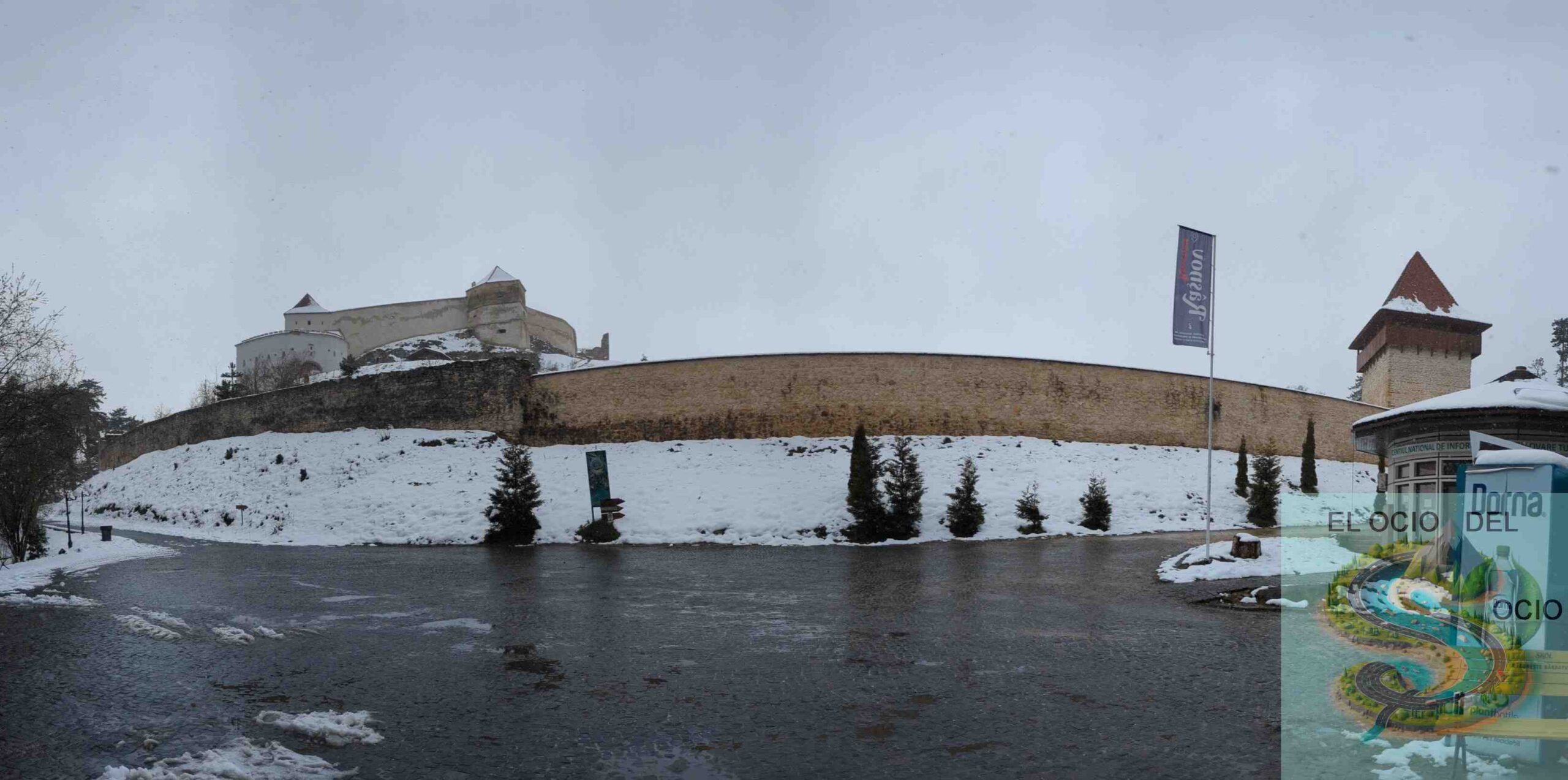
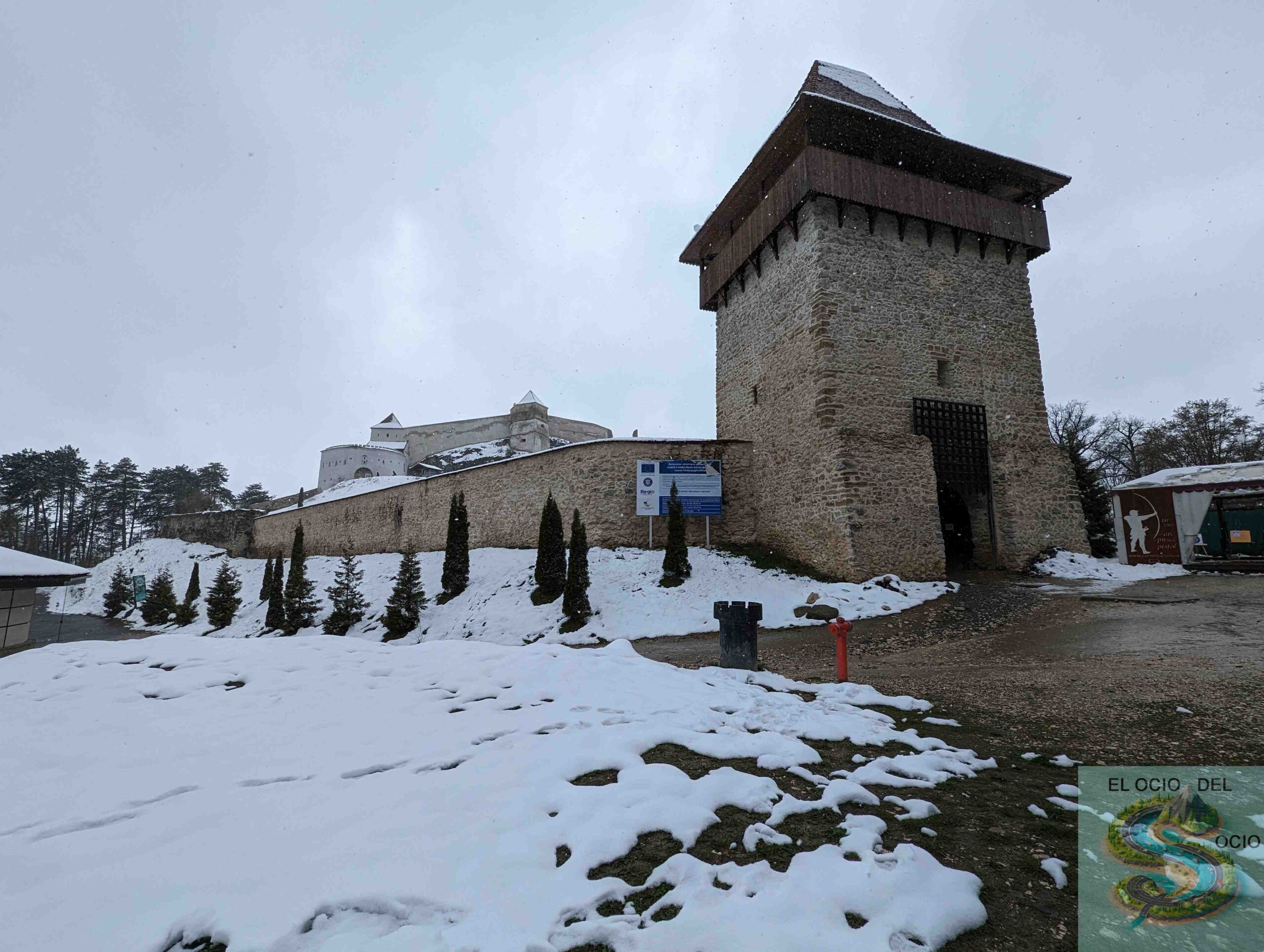
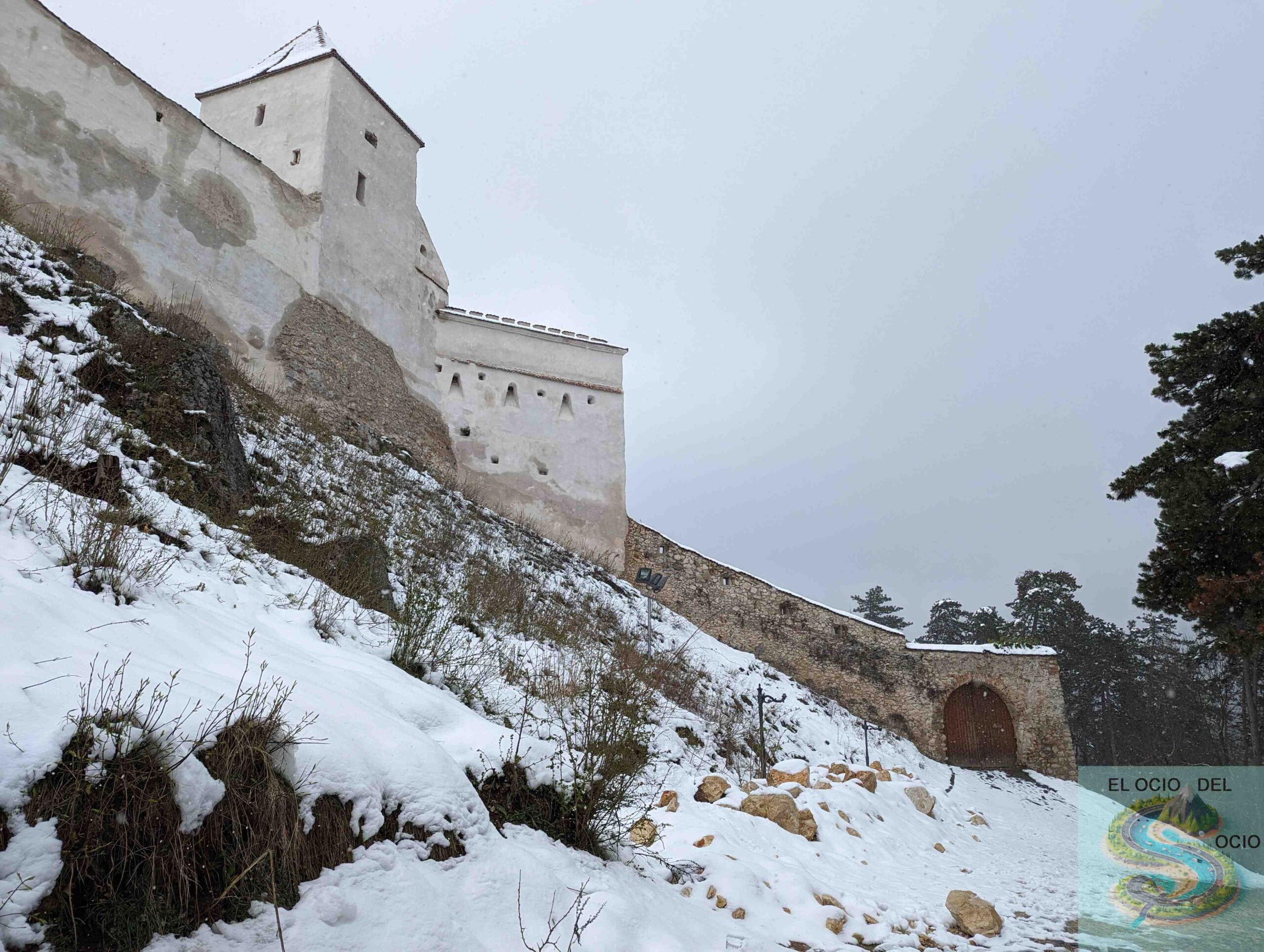
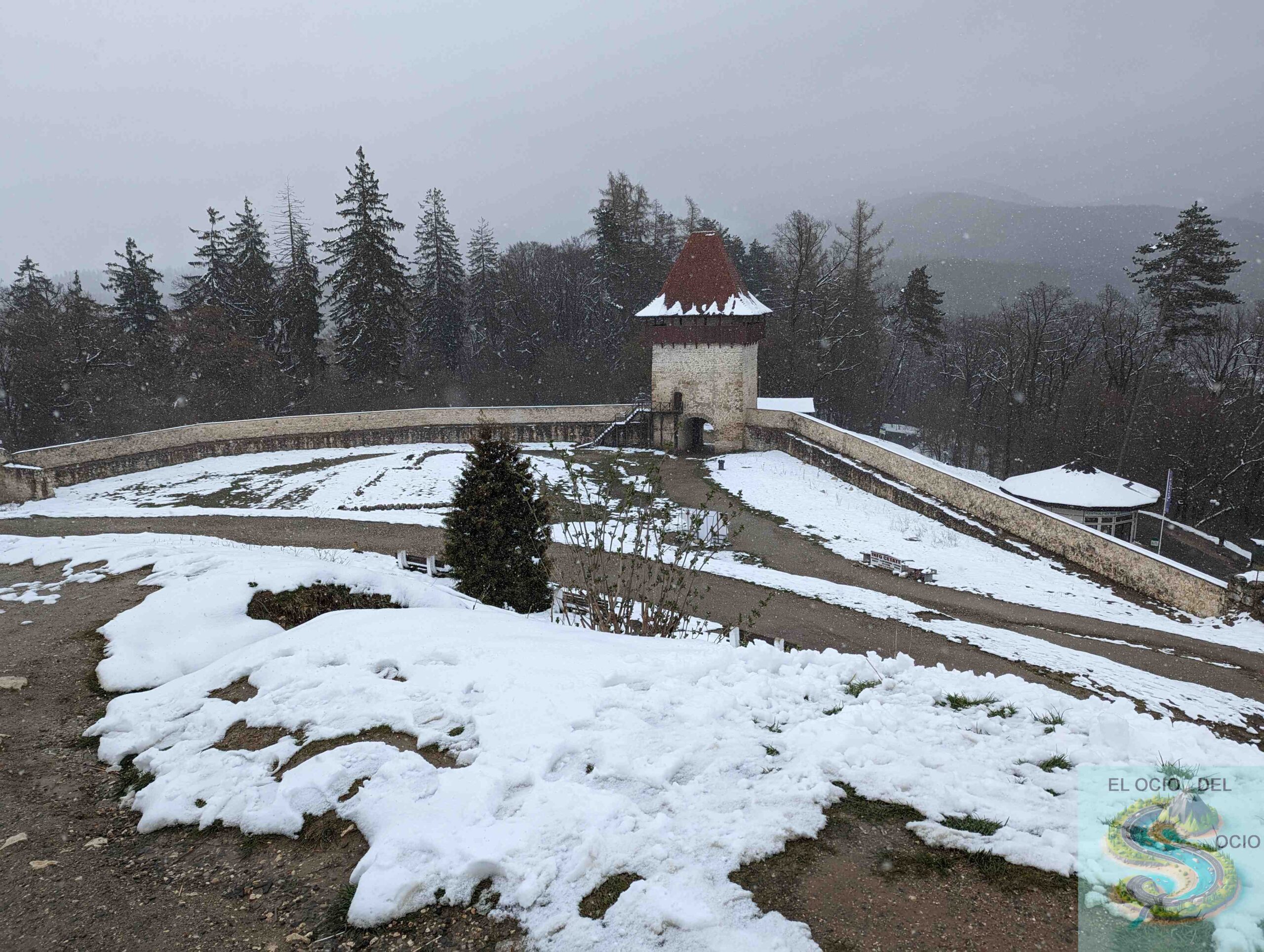
15. Sinaia
Sinaia, known as the “Pearl of the Carpathos,” is a mountain city famous for its spa, the Monastery of Sinaia and the majestic Castle of Peleș. Founded in the 17th century, Sinaia has been a popular destination for European royalty and aristocracy. Today, it offers a combination of history, nature and relaxation. A lot of people go there to ski. We stay there to go see your Monastery and the castles of Peleș and Pelișor, as they are nearby.
16. Bucharest
The capital of Romania, Bucharest, combines history and modernity. Explore the imposing Parliament Palace, the Romanian Ateneo and walk through the old town full of life and culture. Bucharest also offers a vibrant gastronomic scene and a lot of parks and museums to enjoy.
